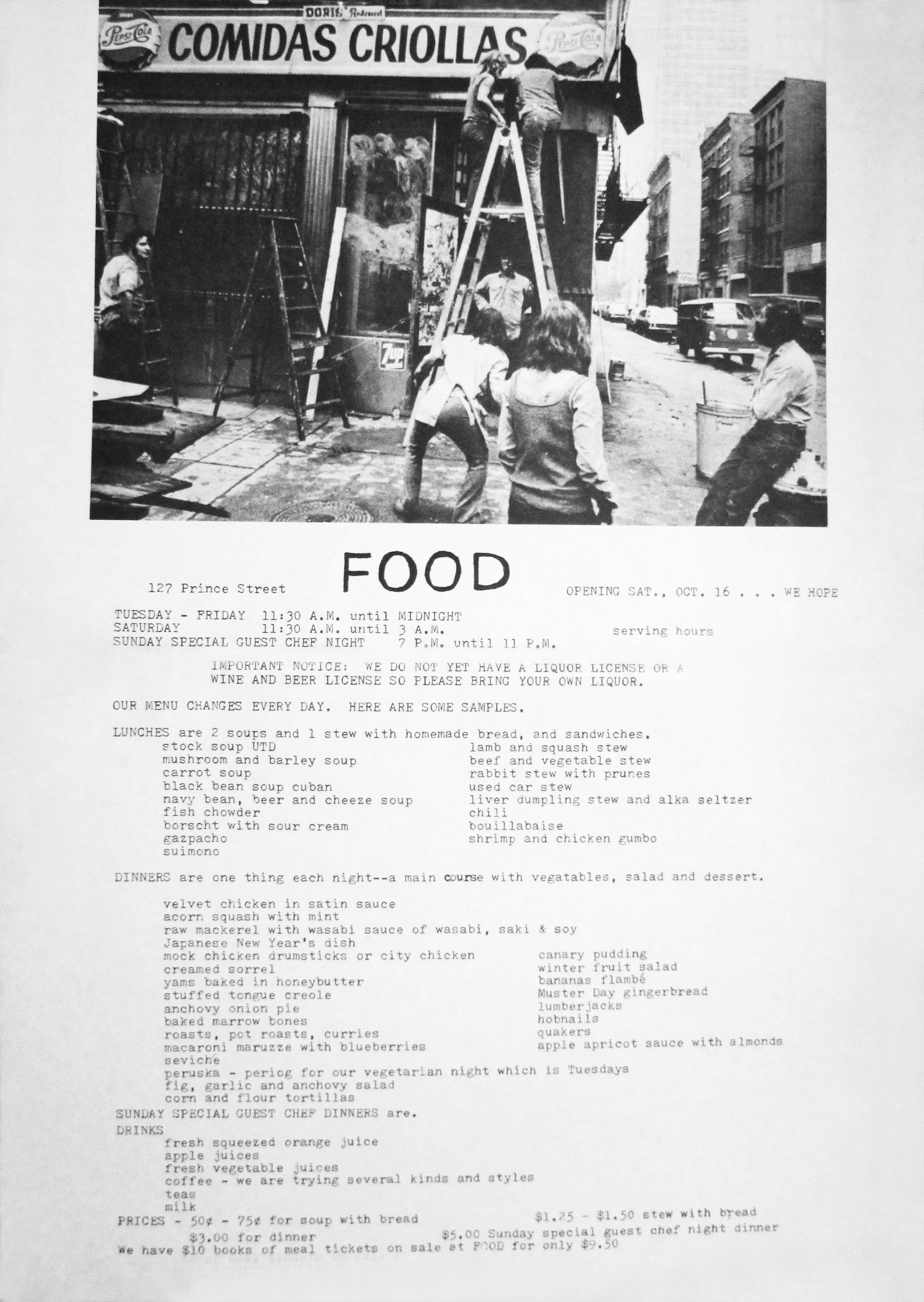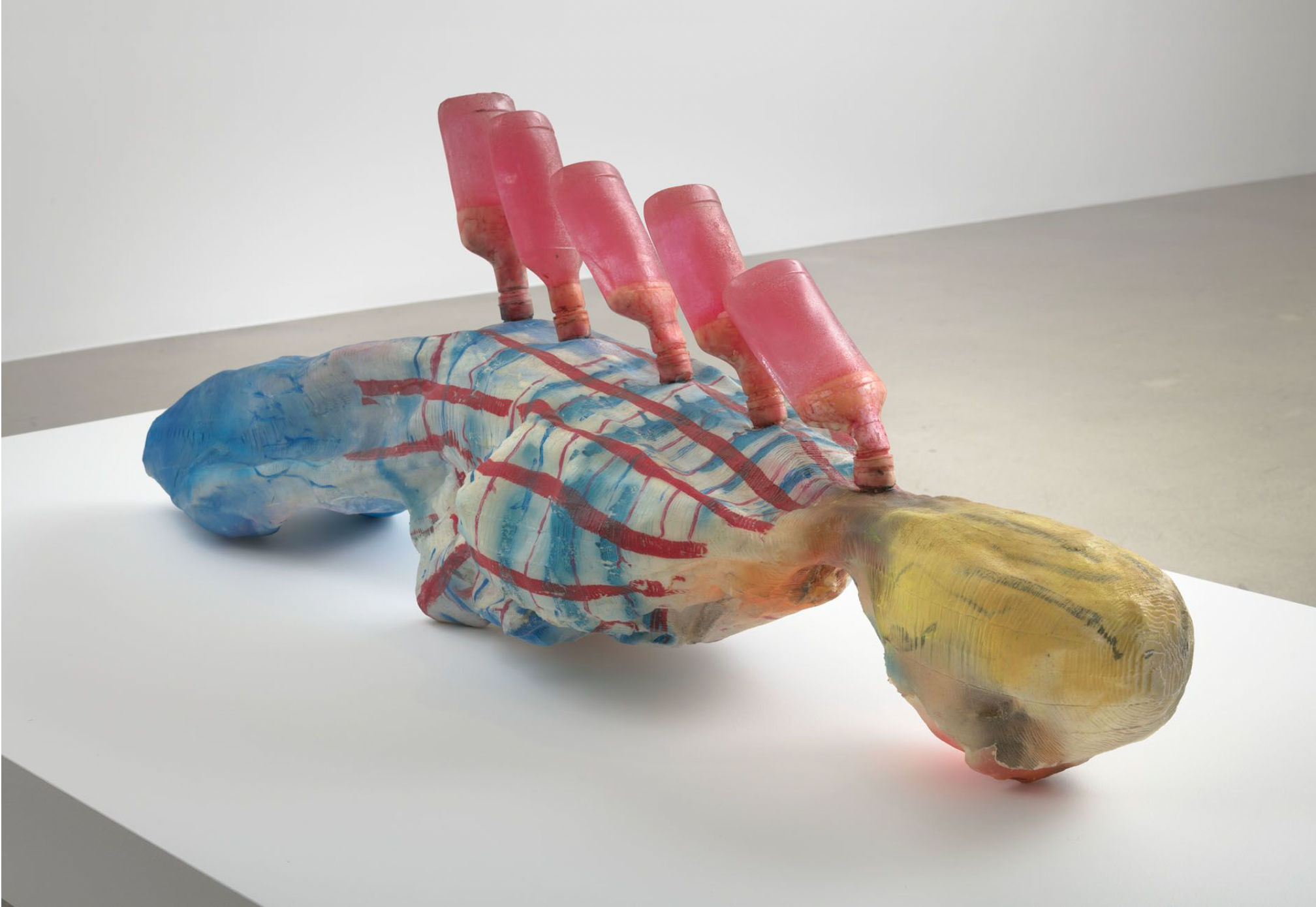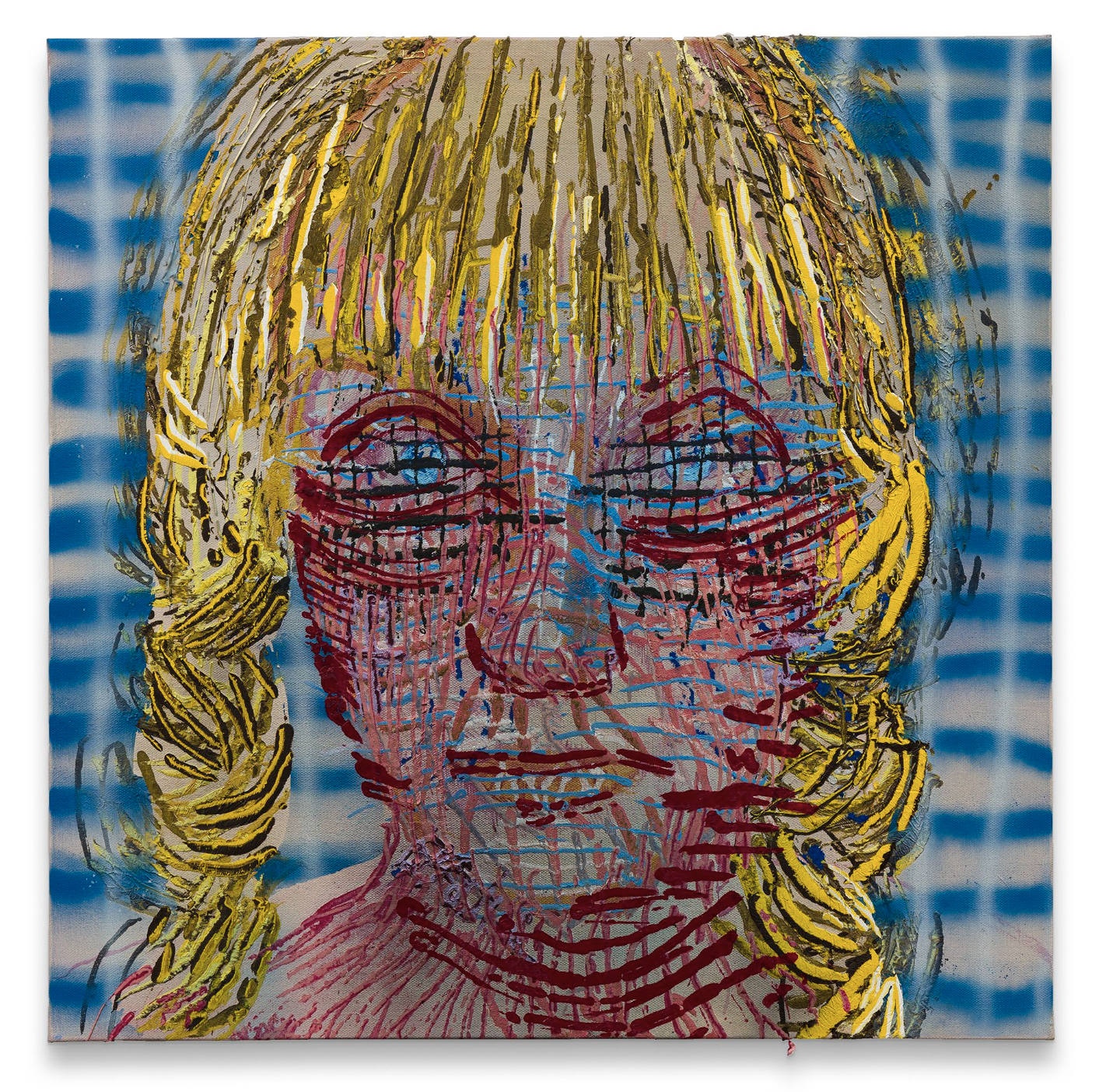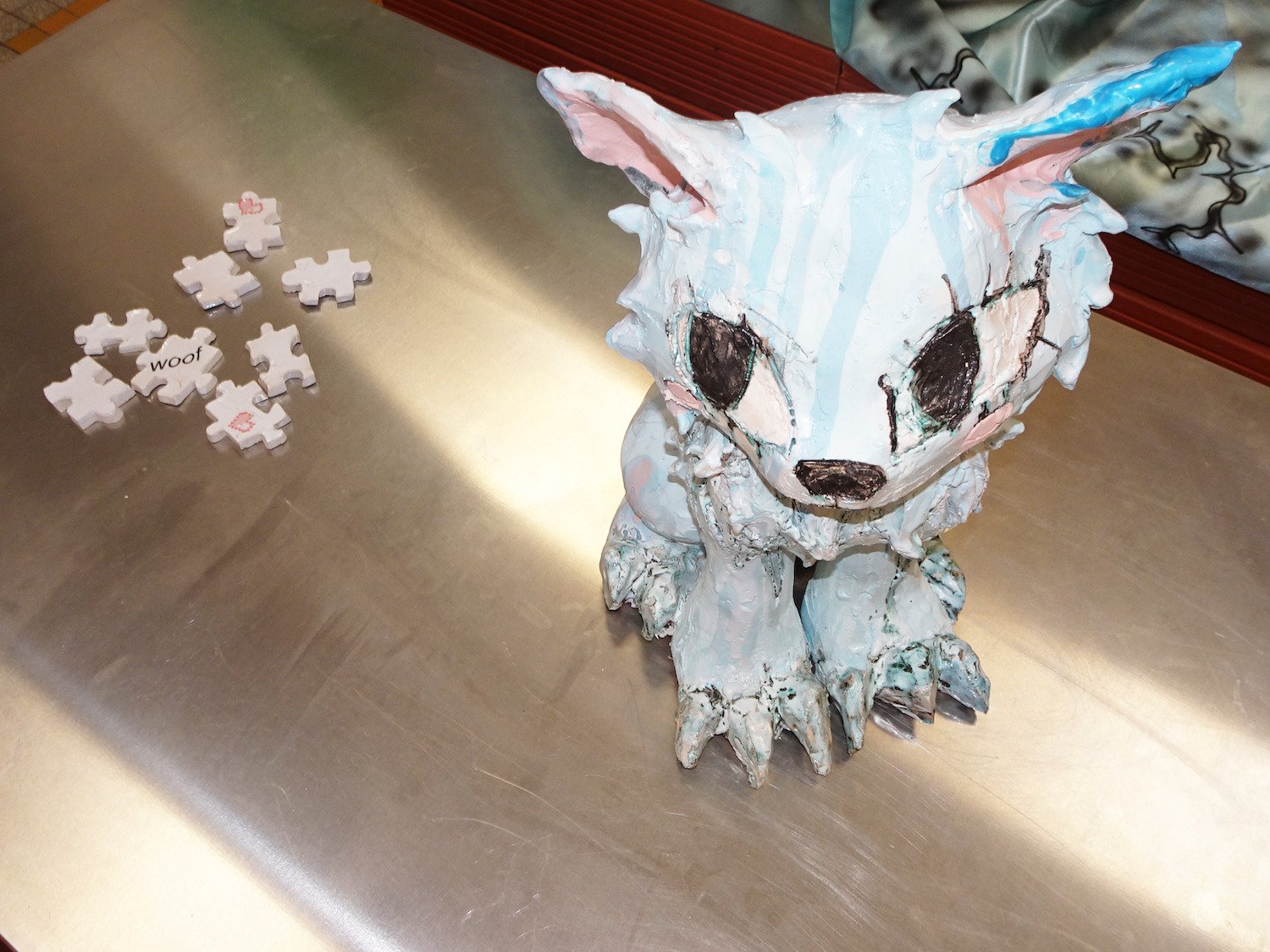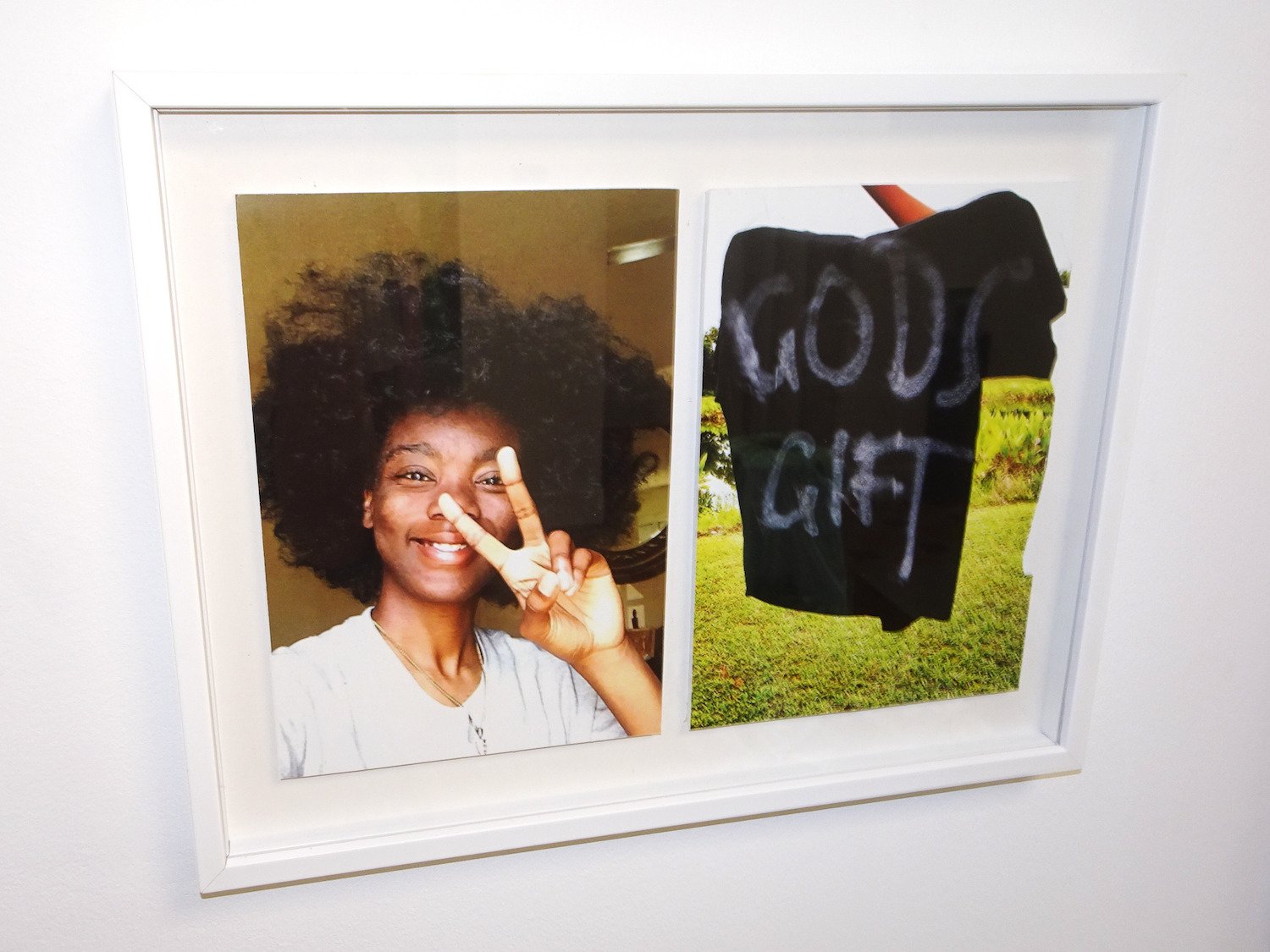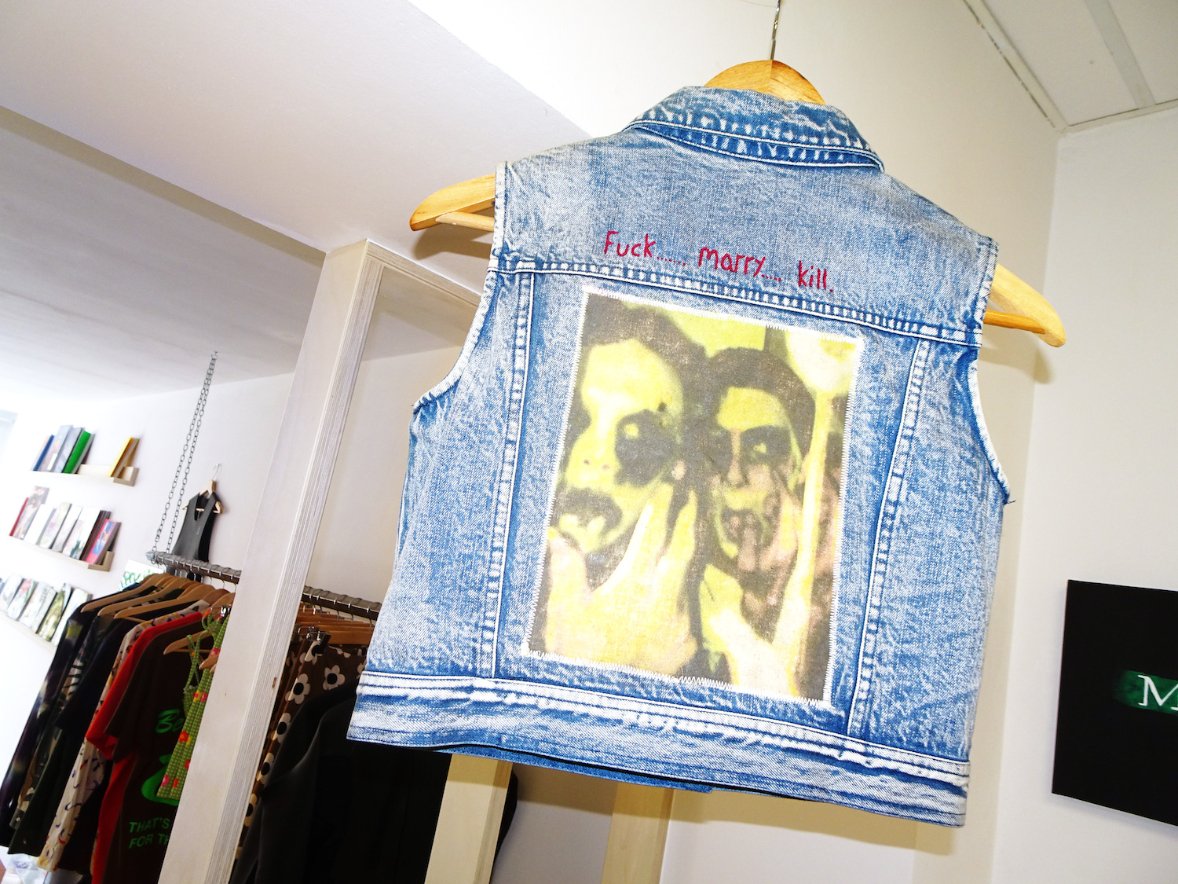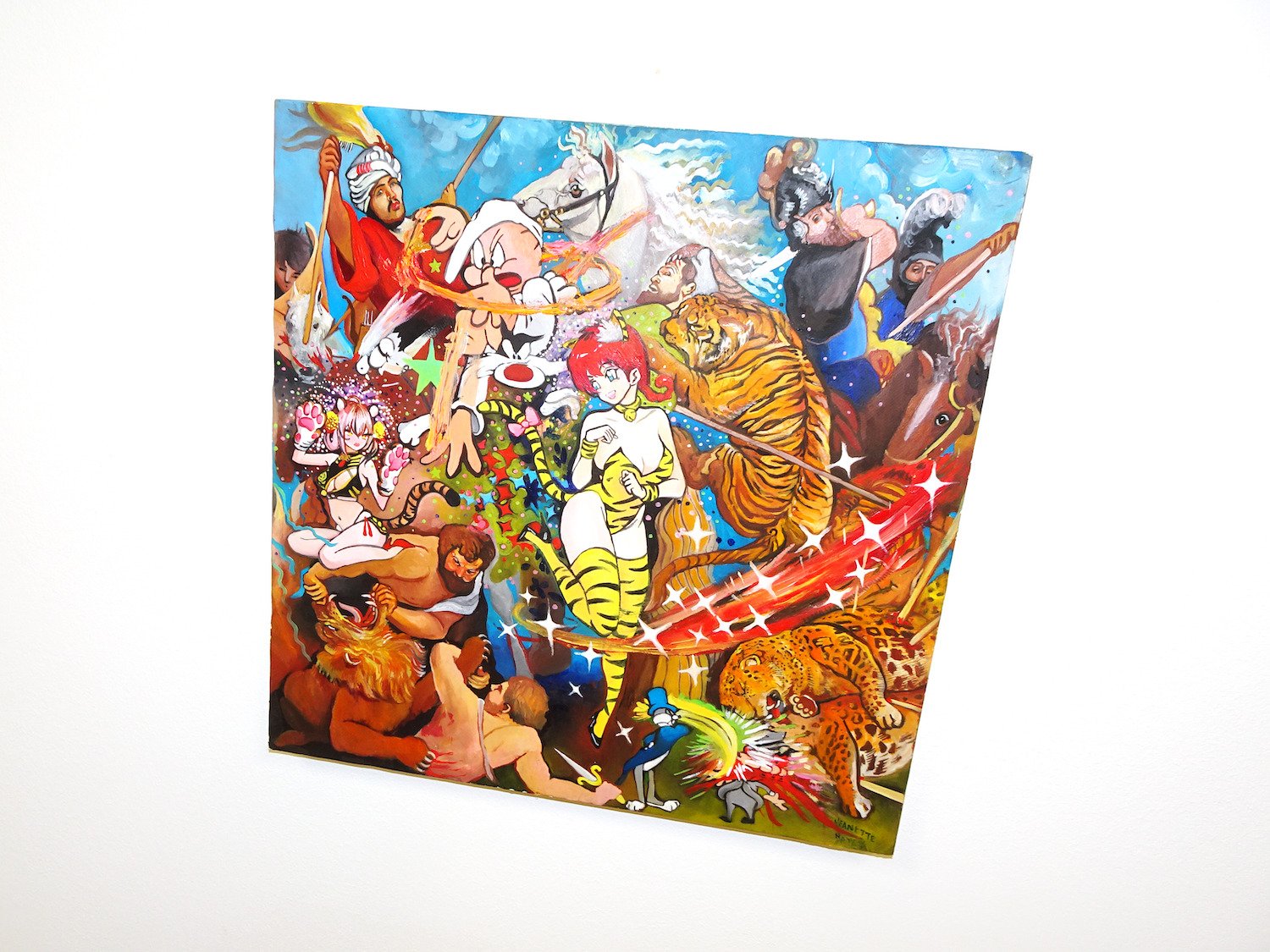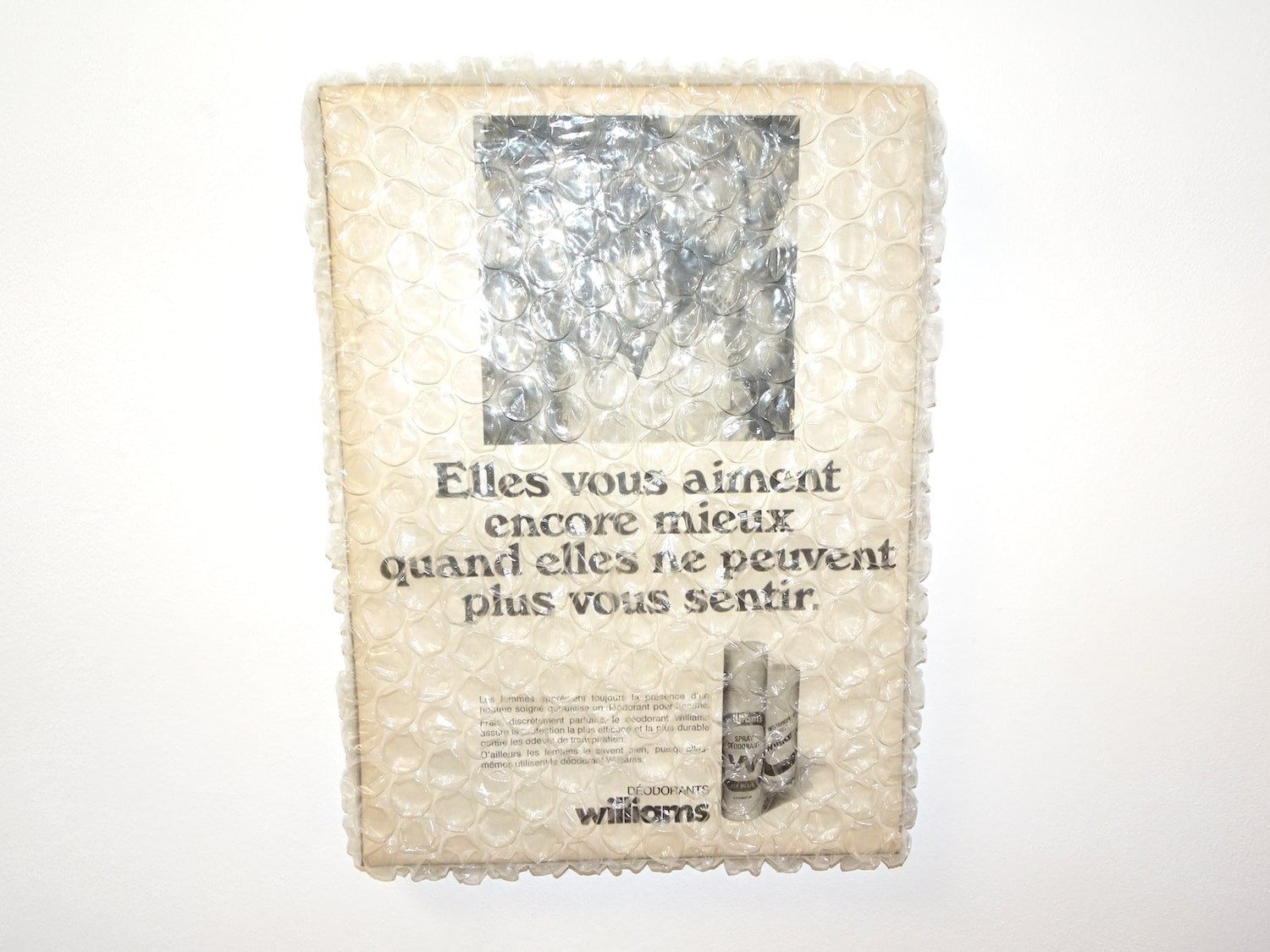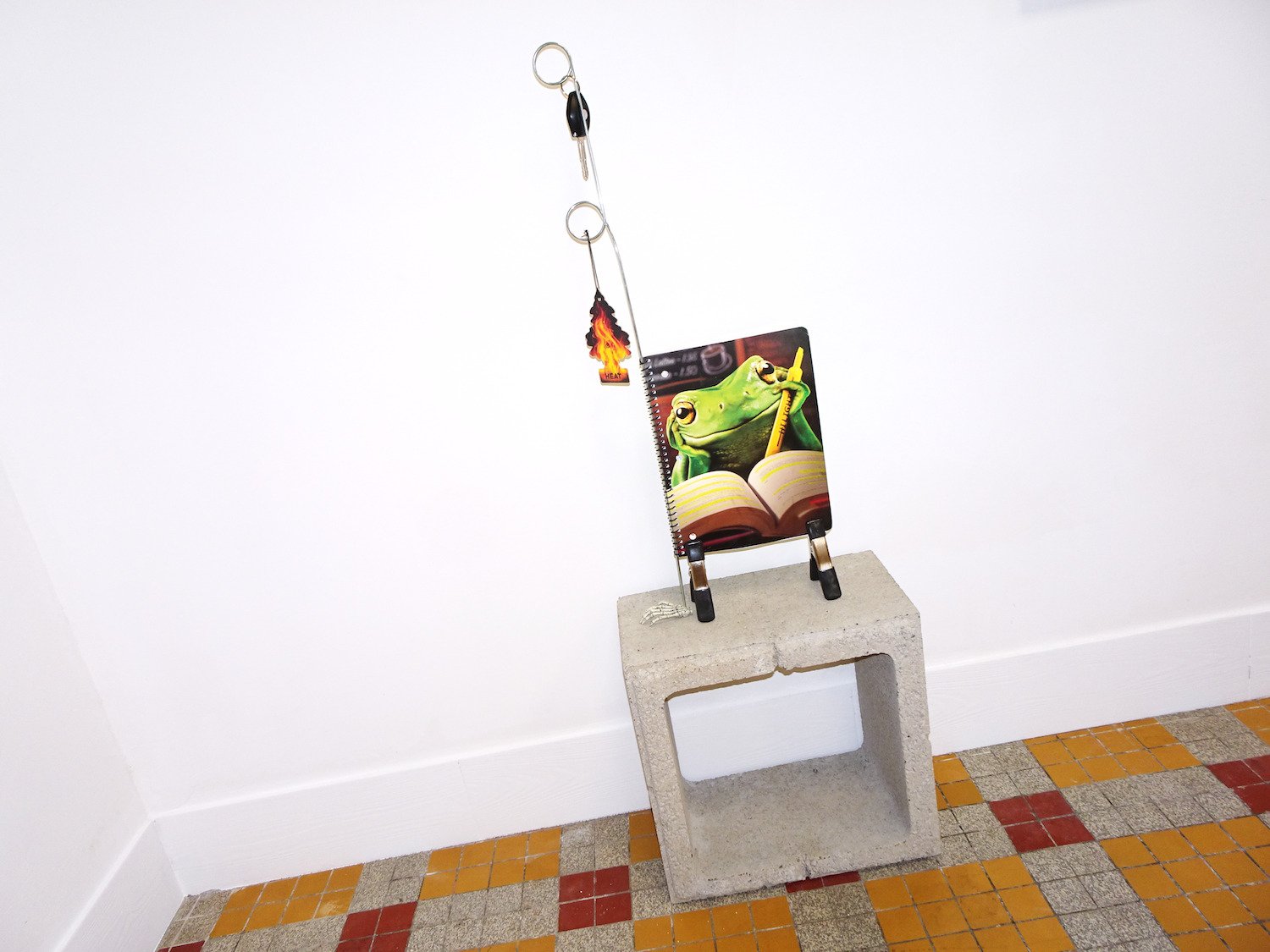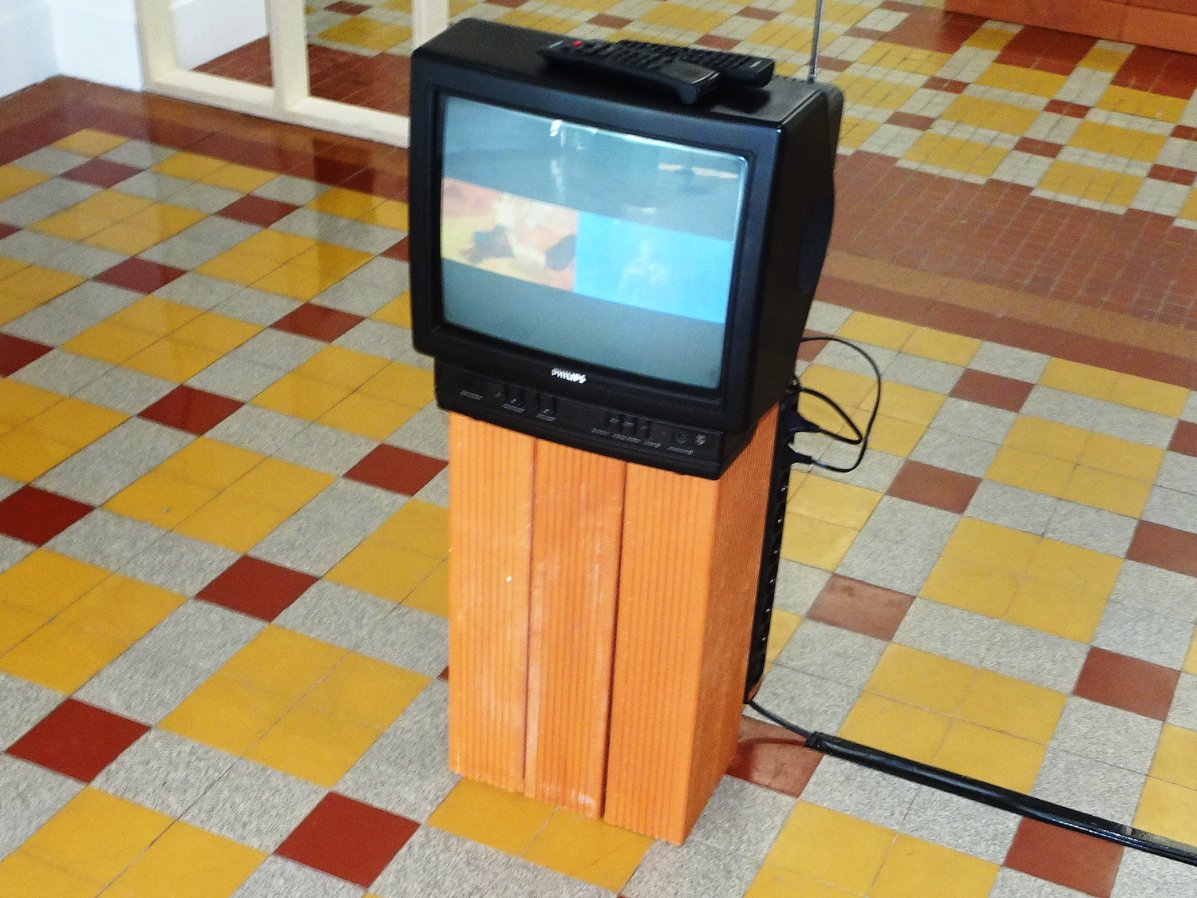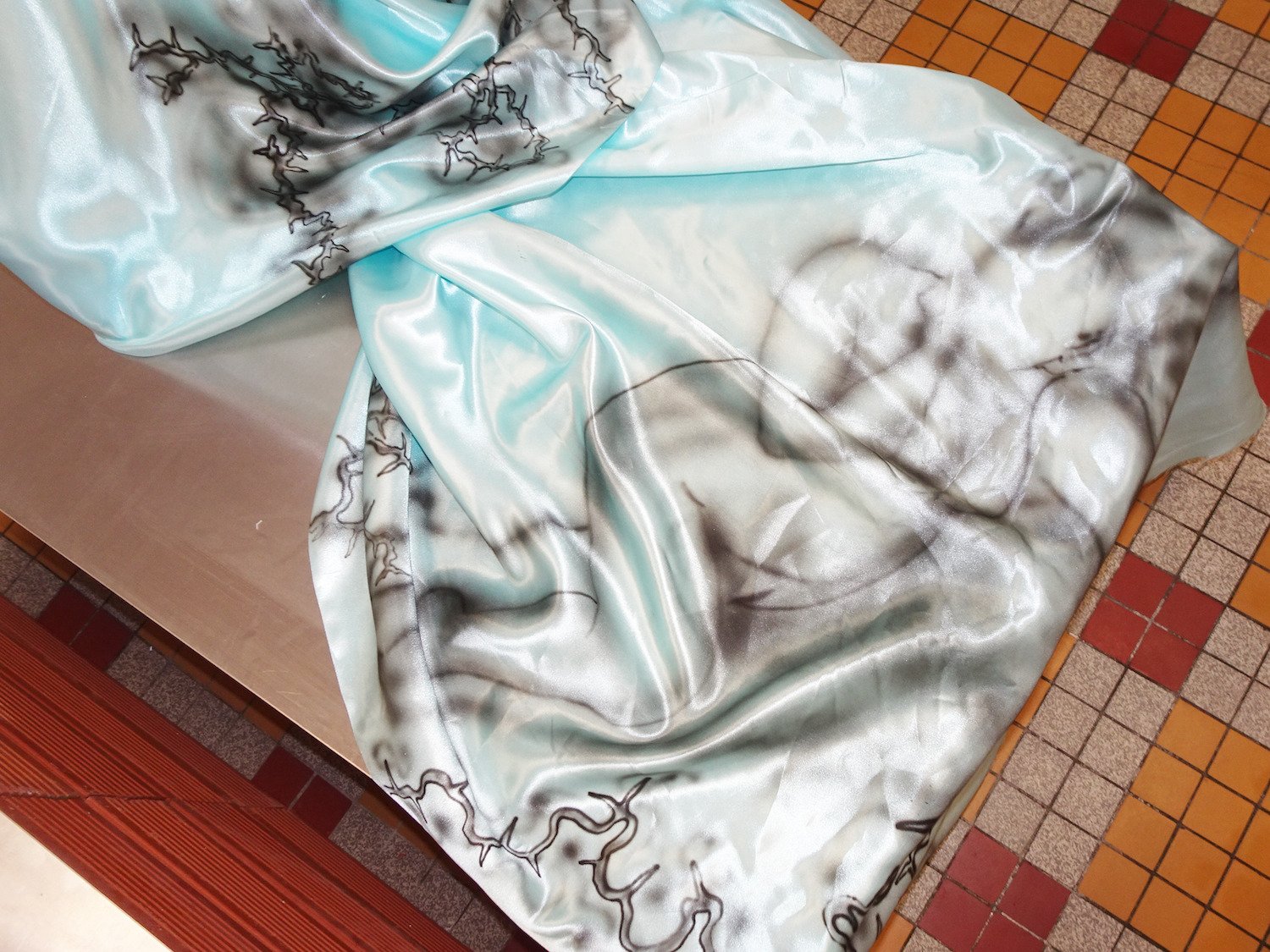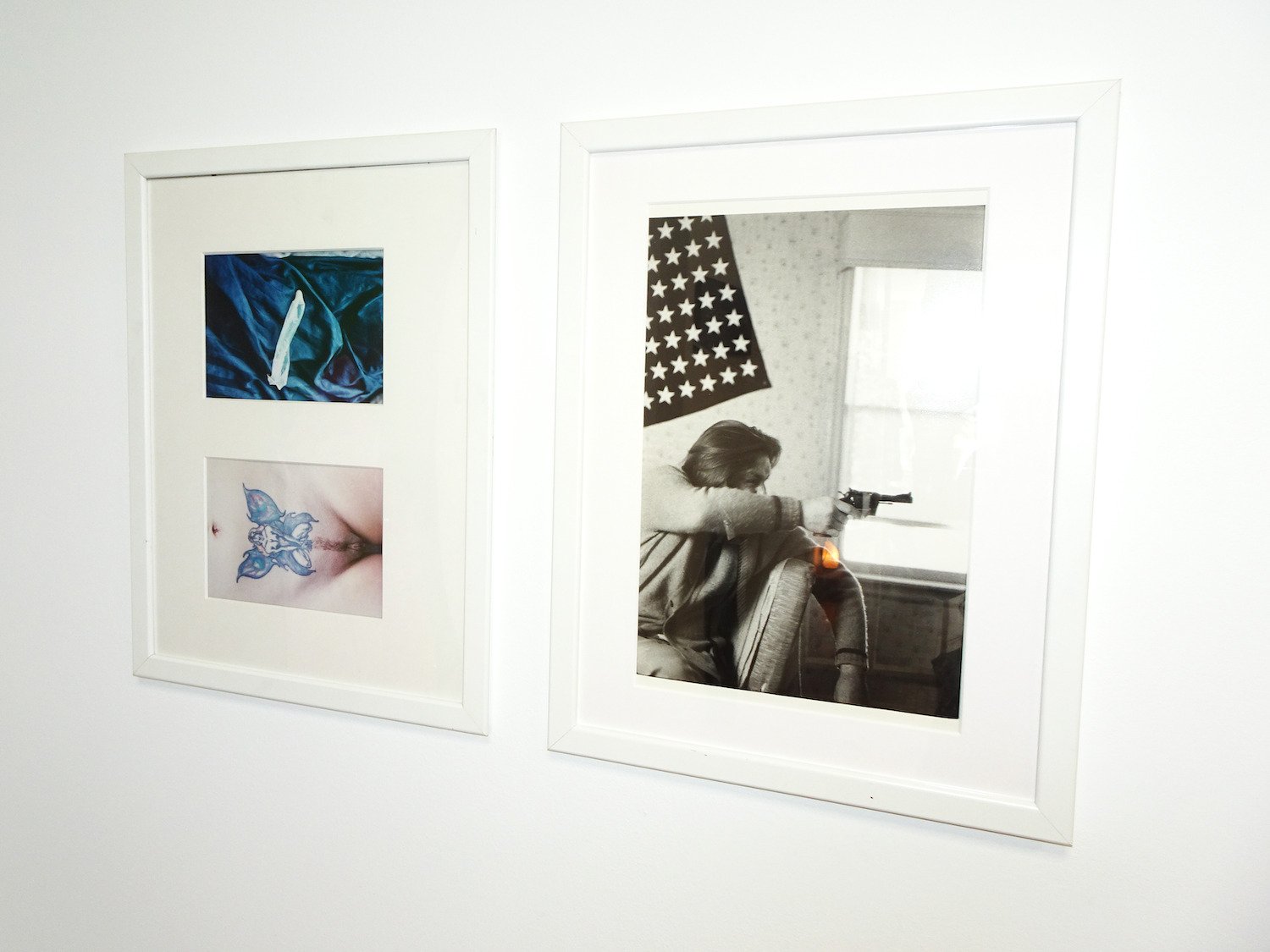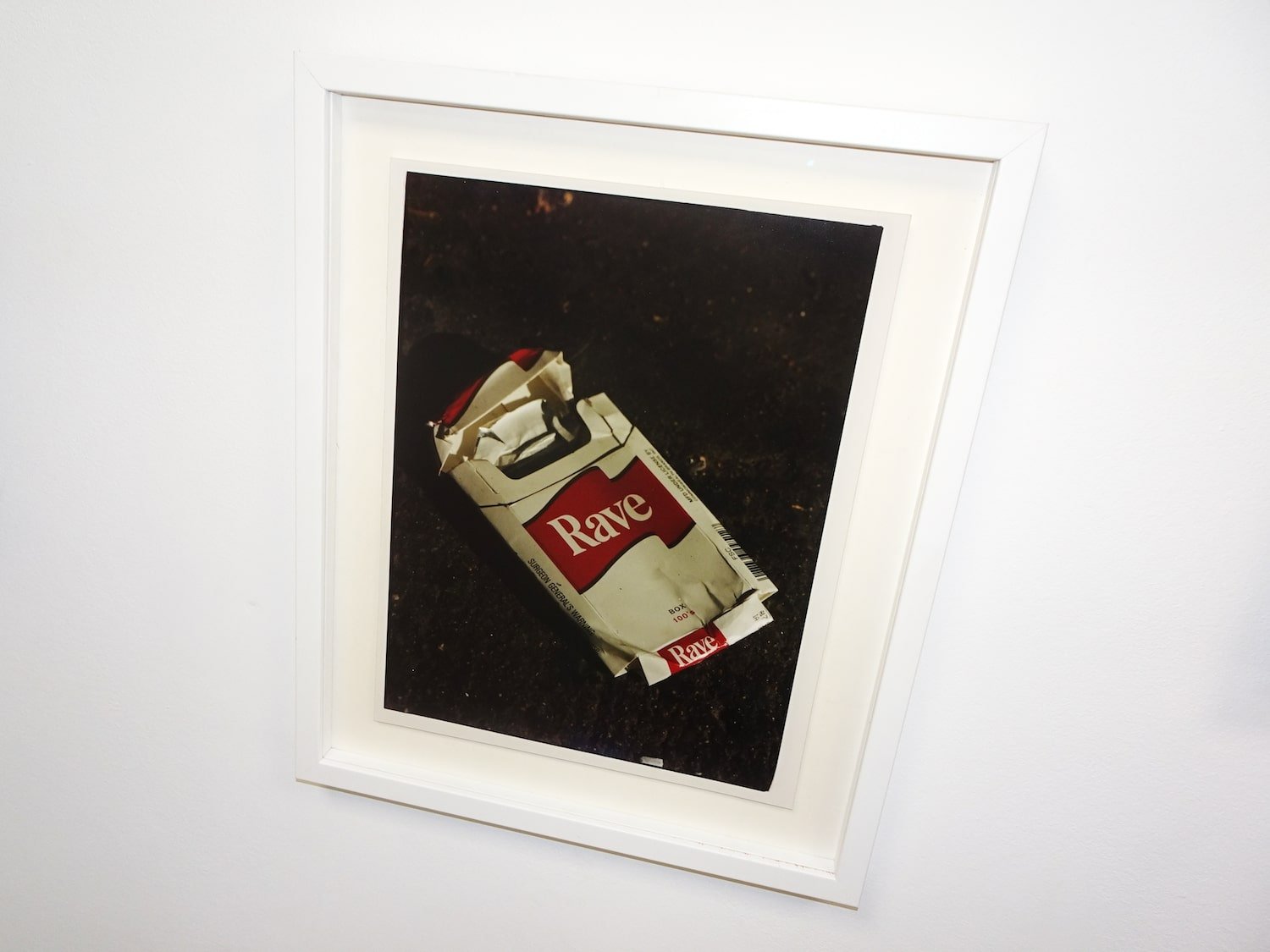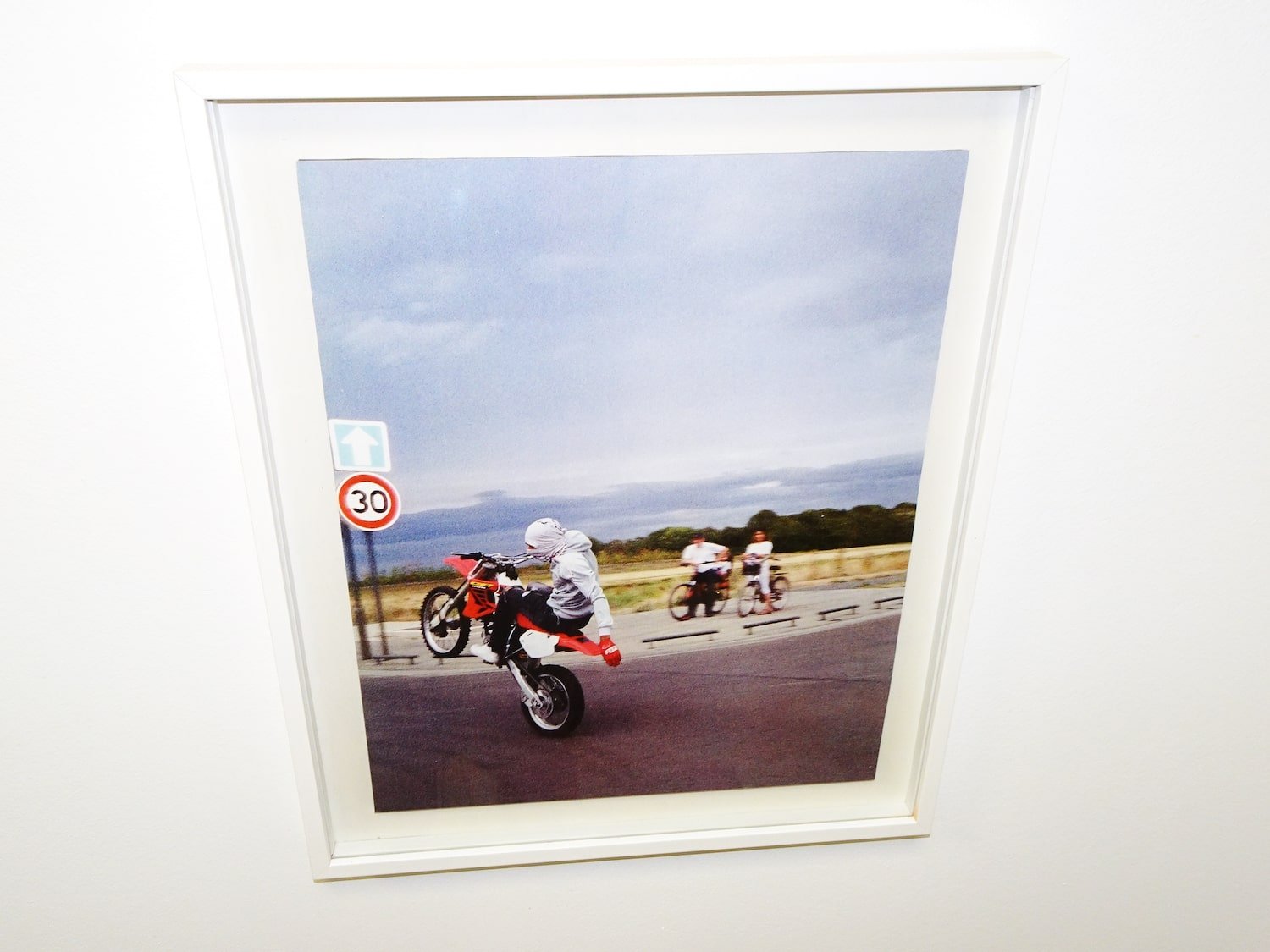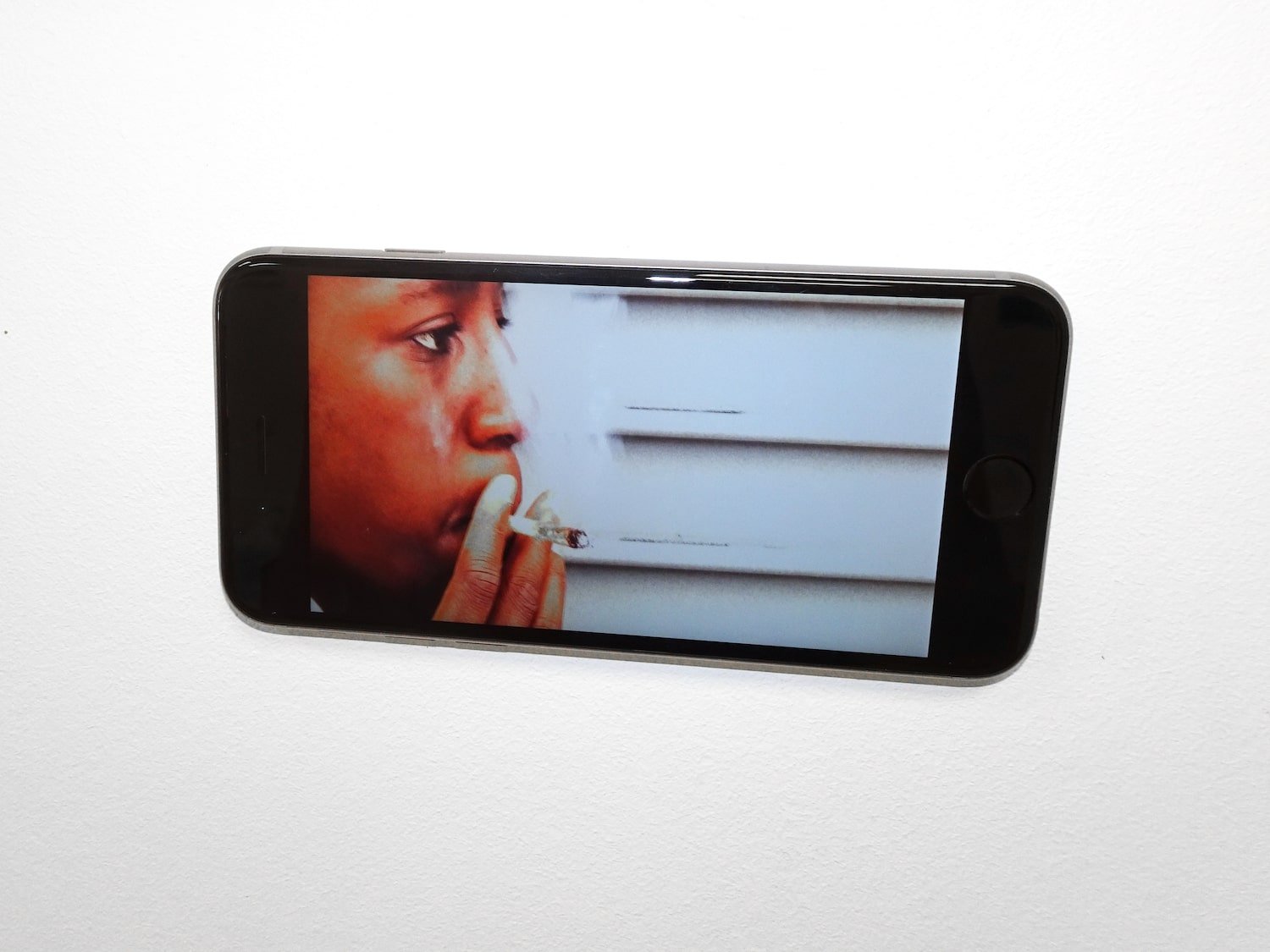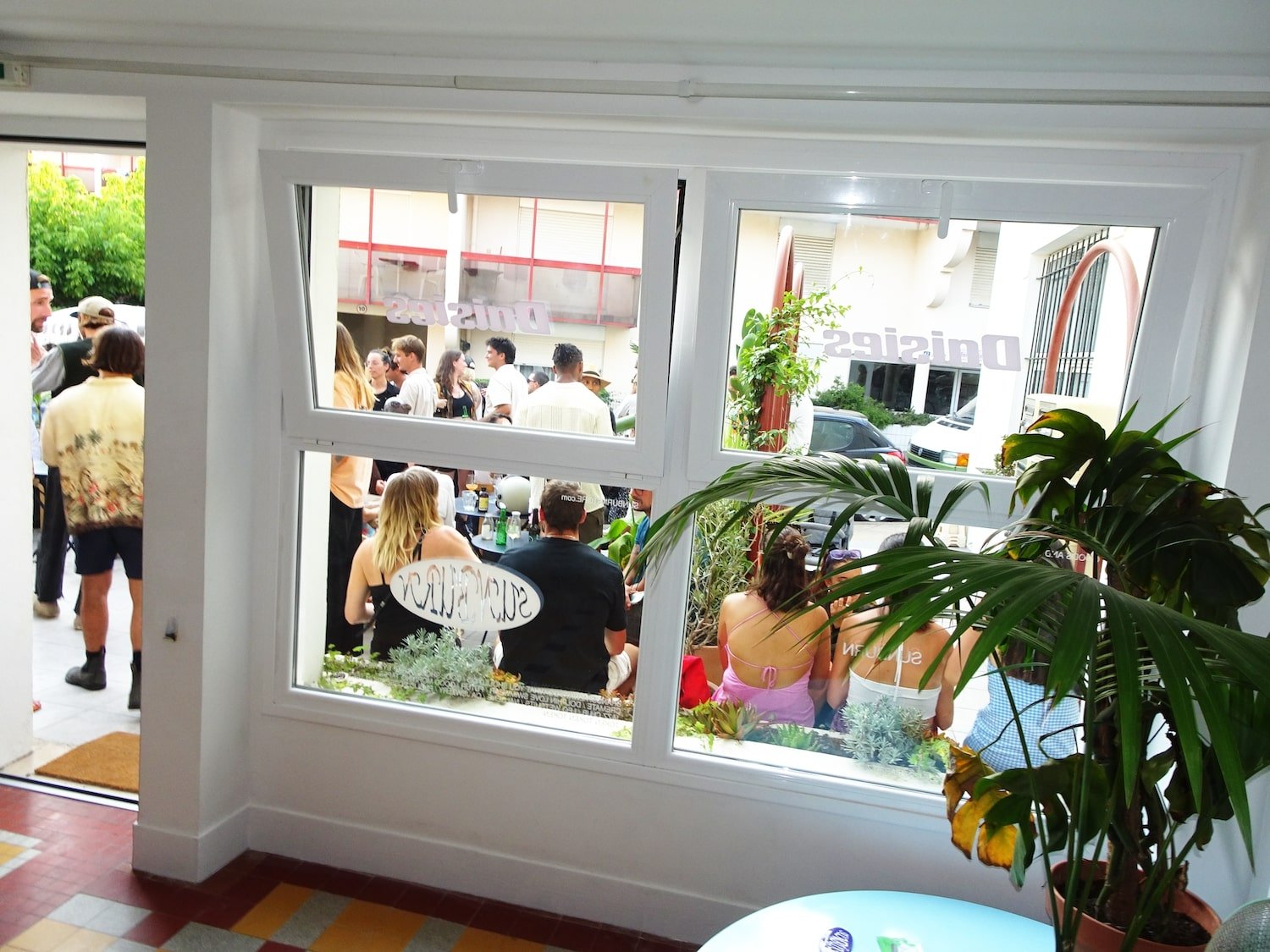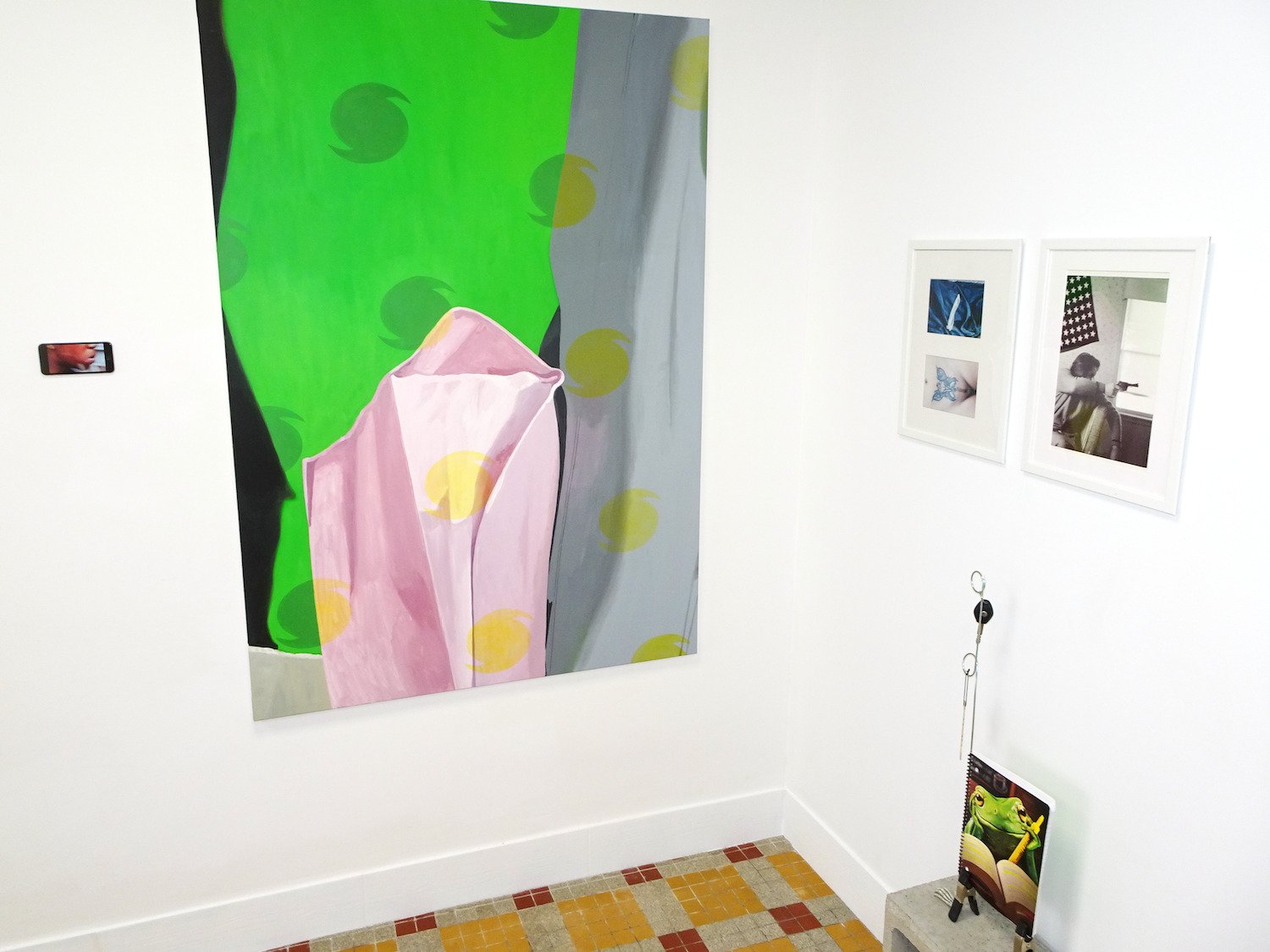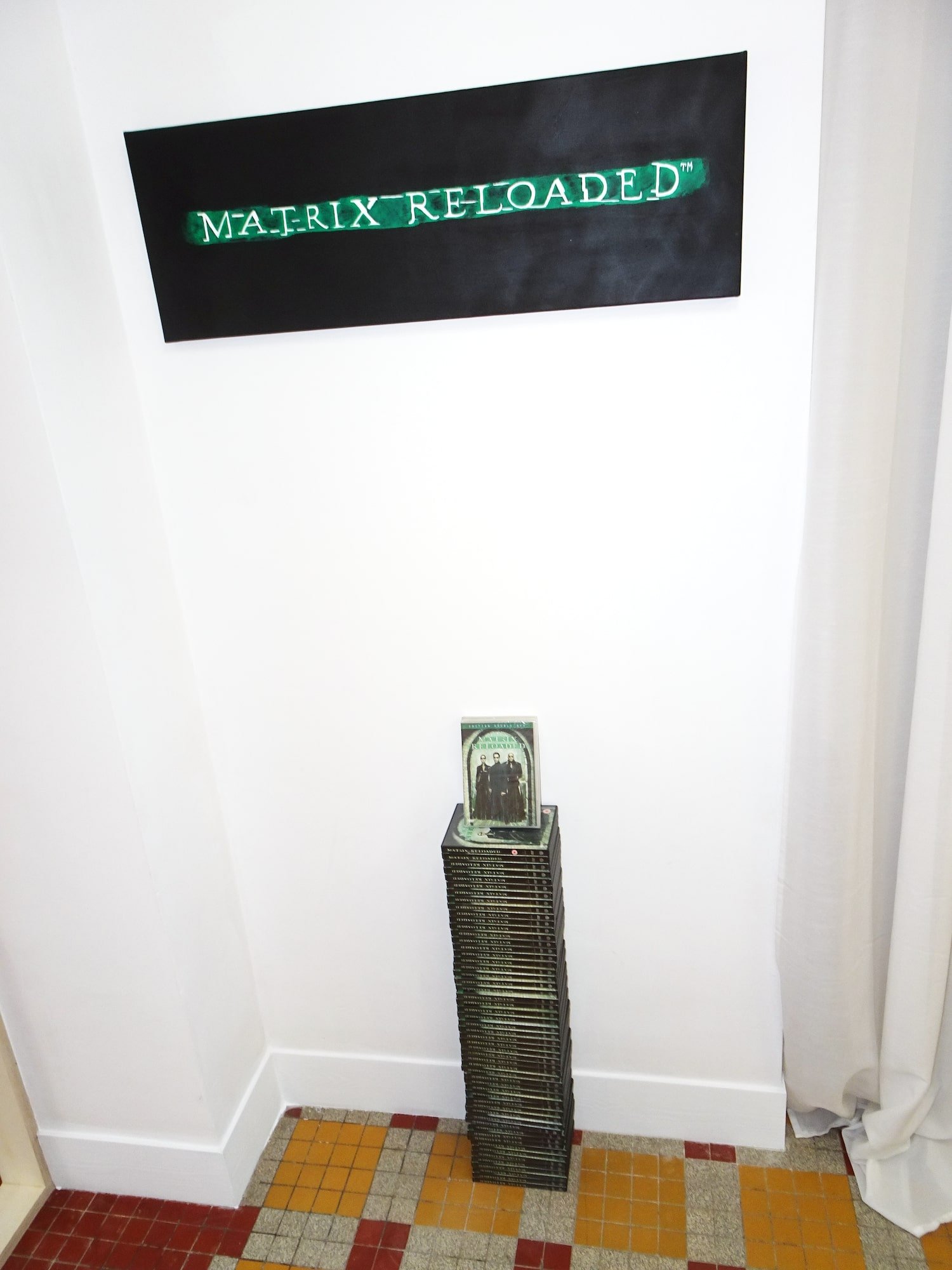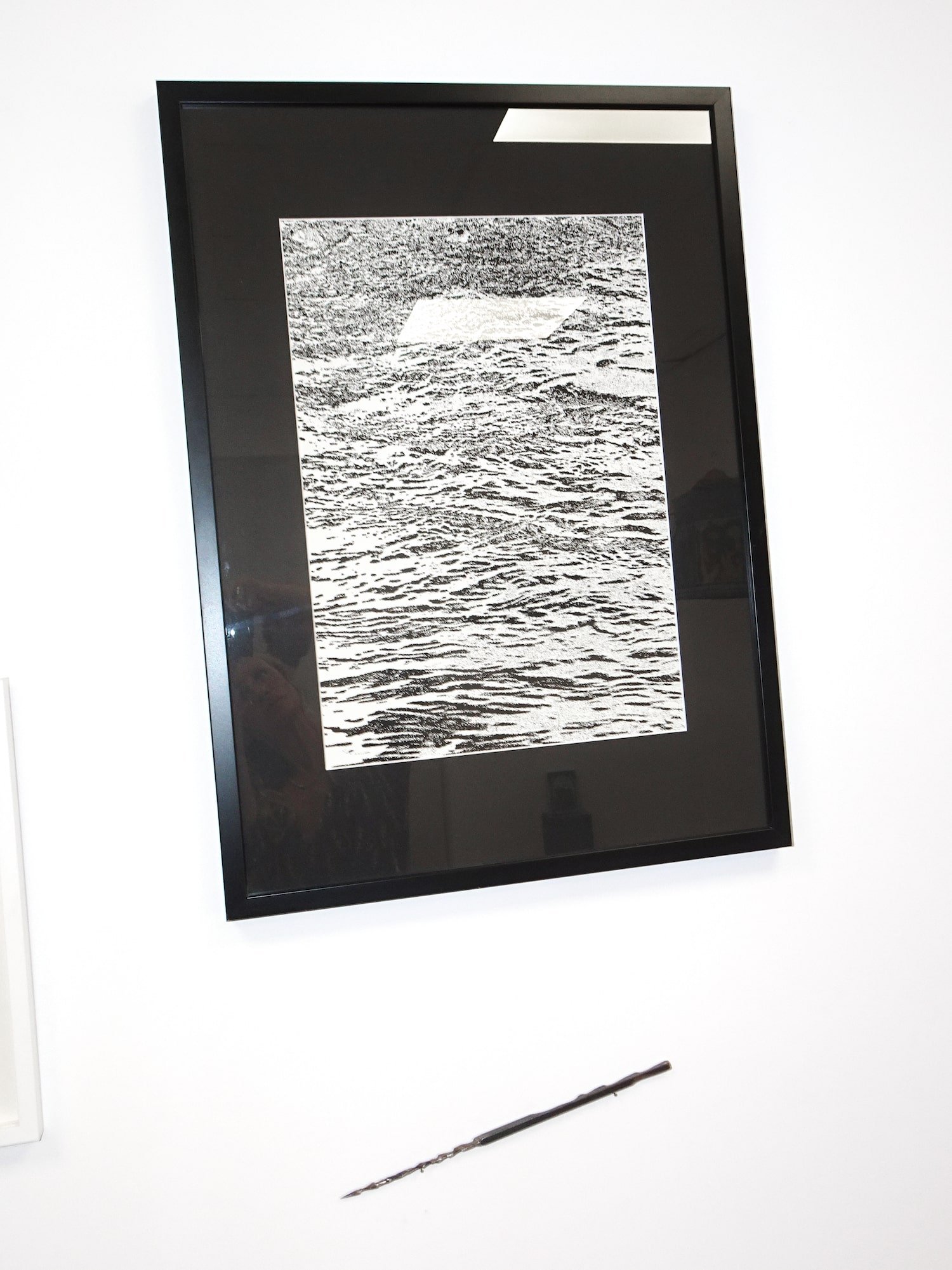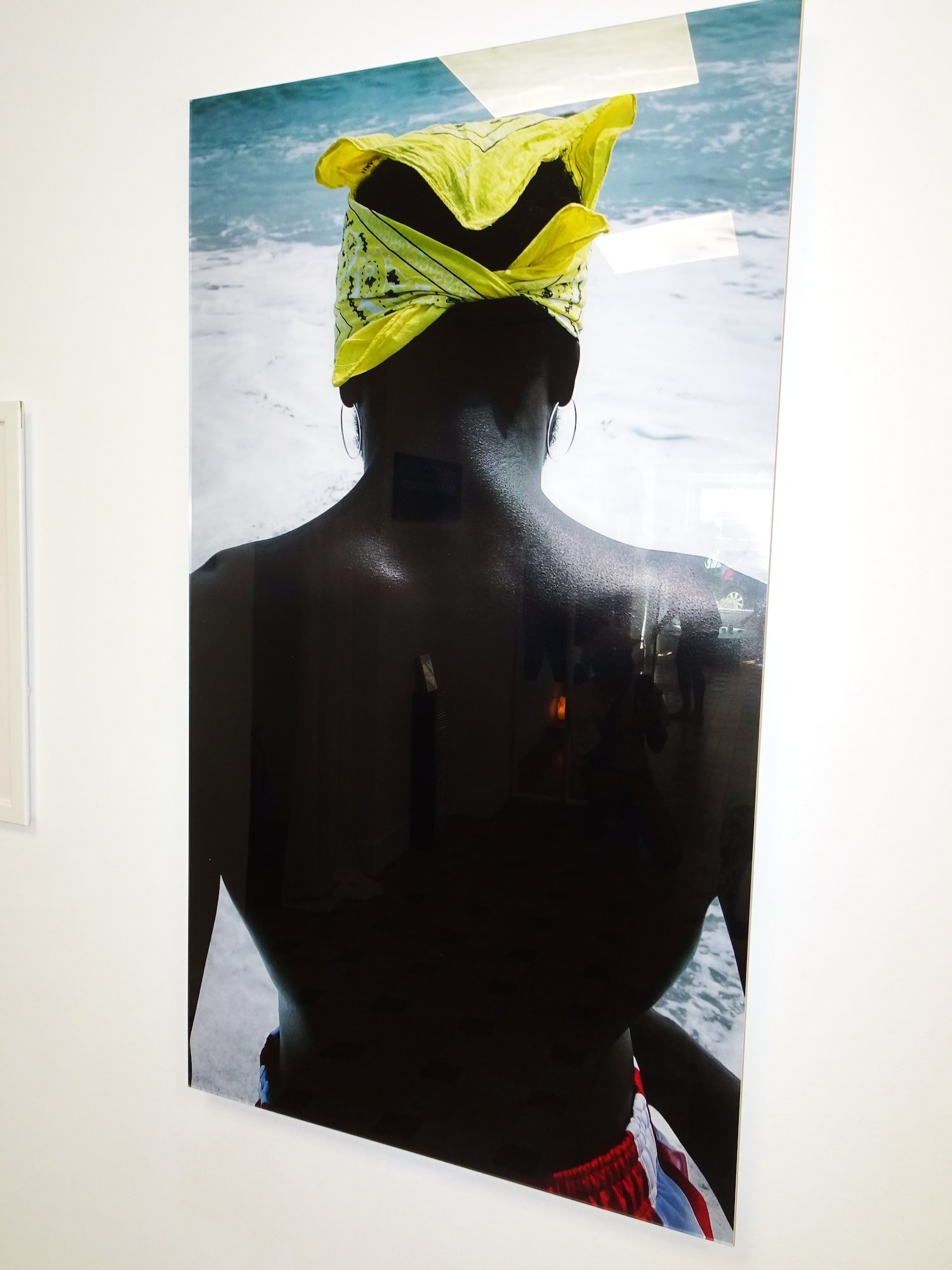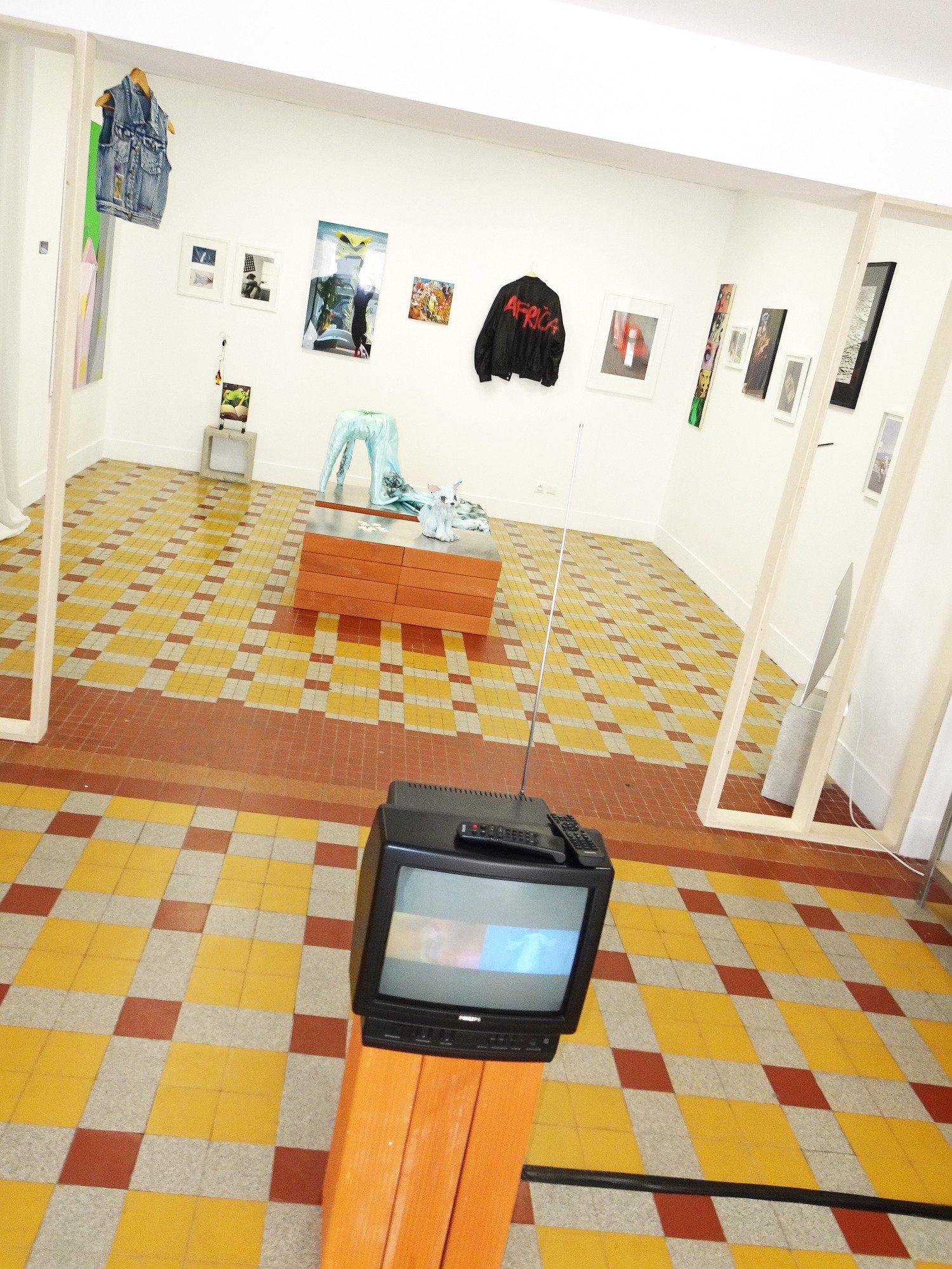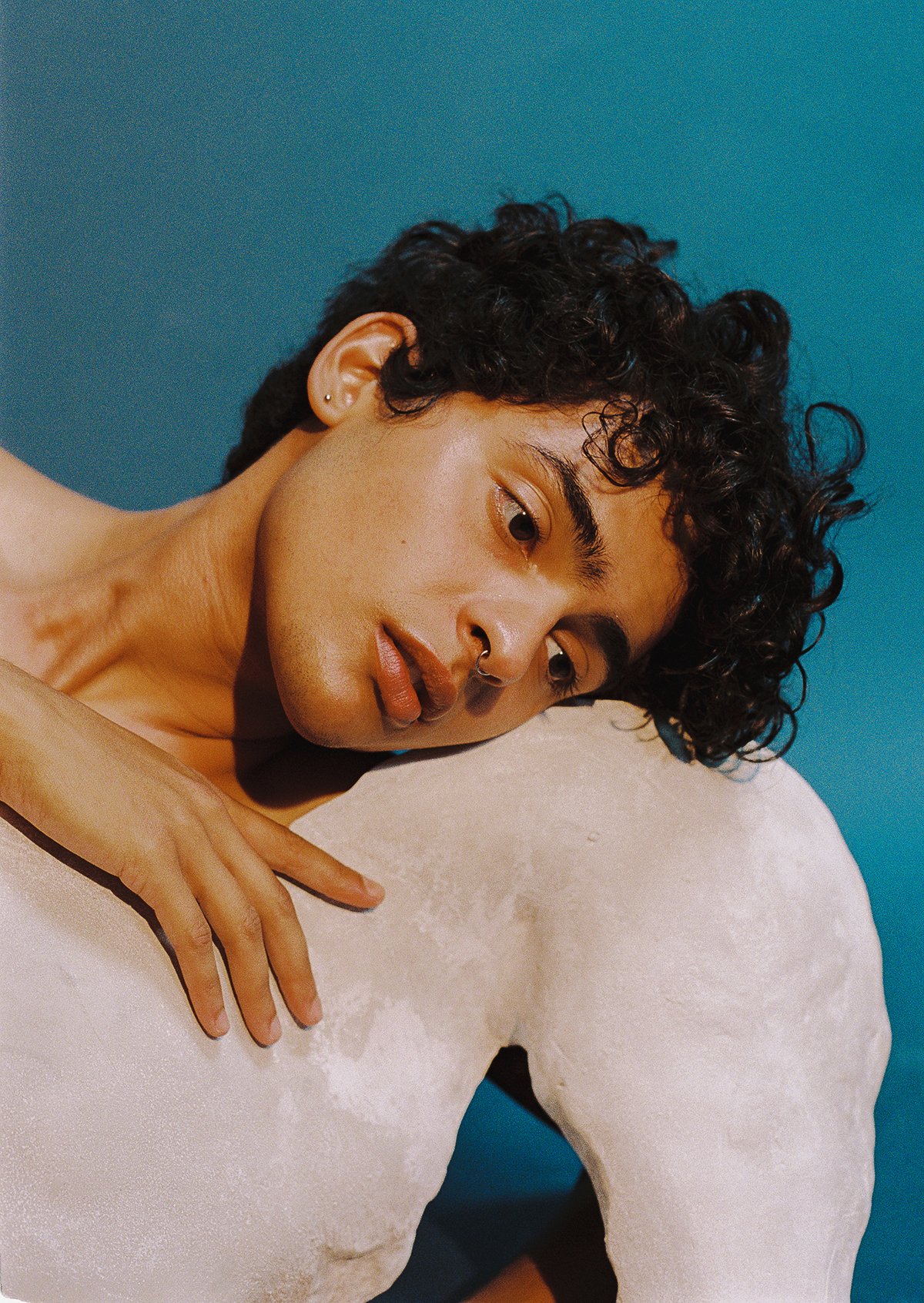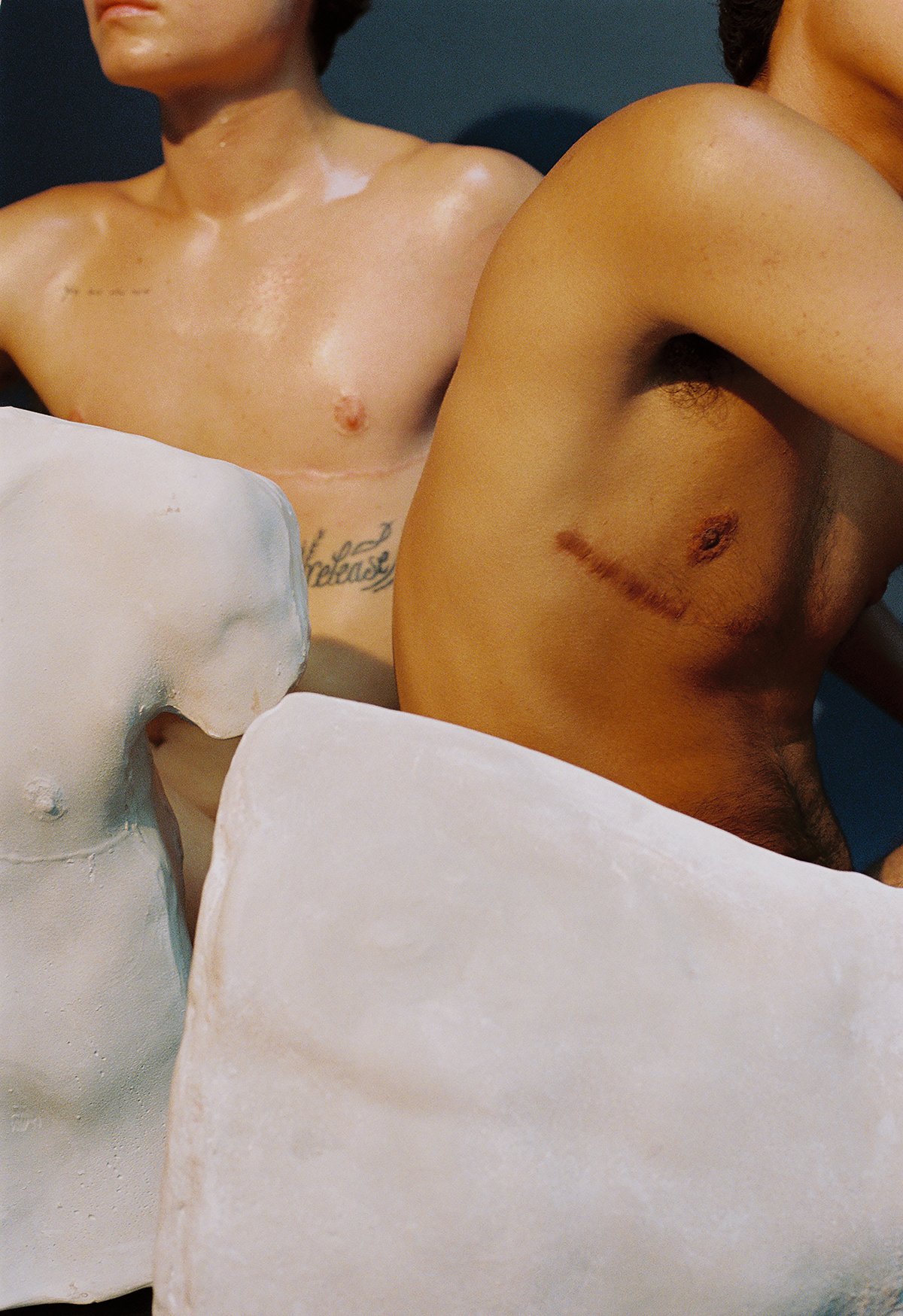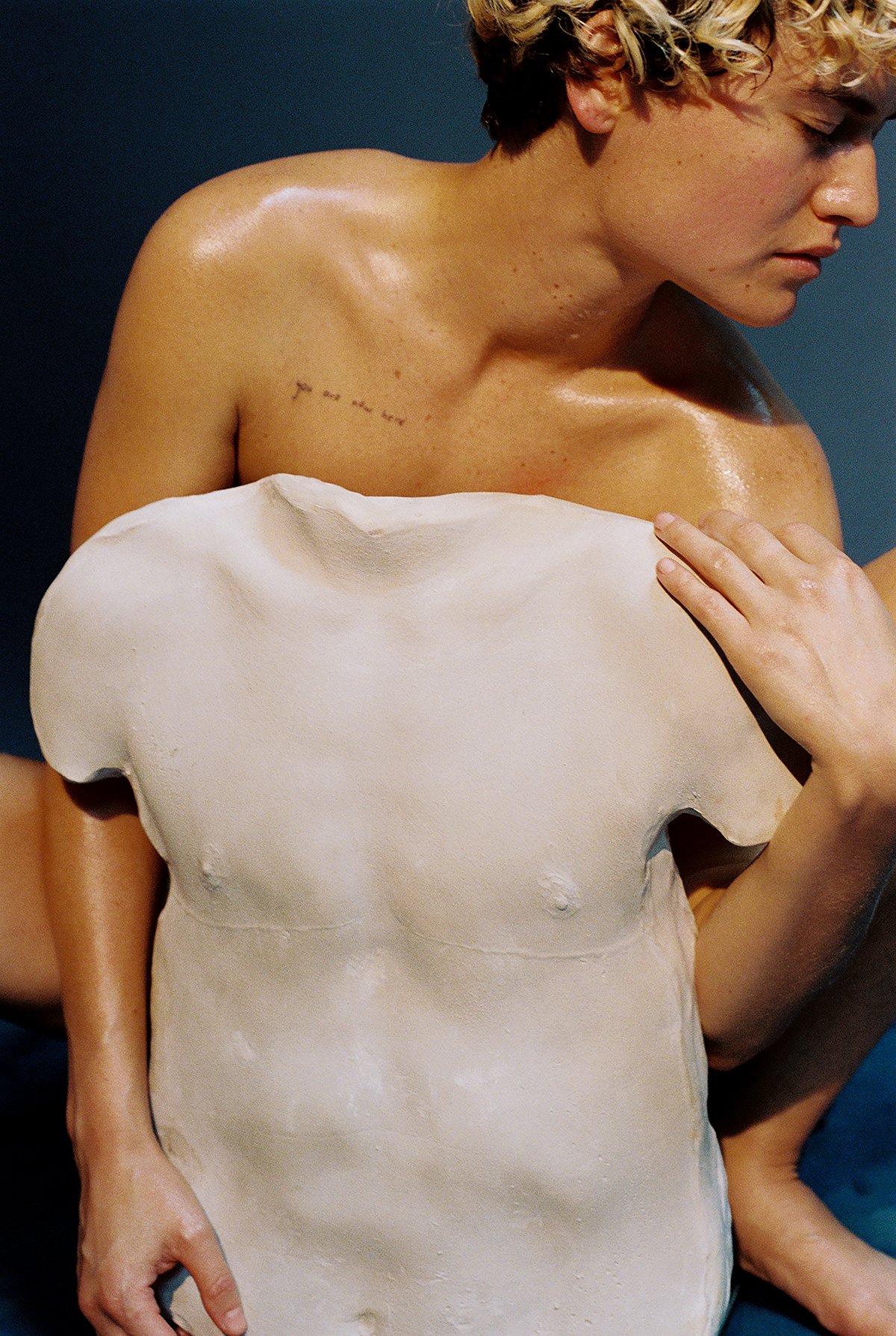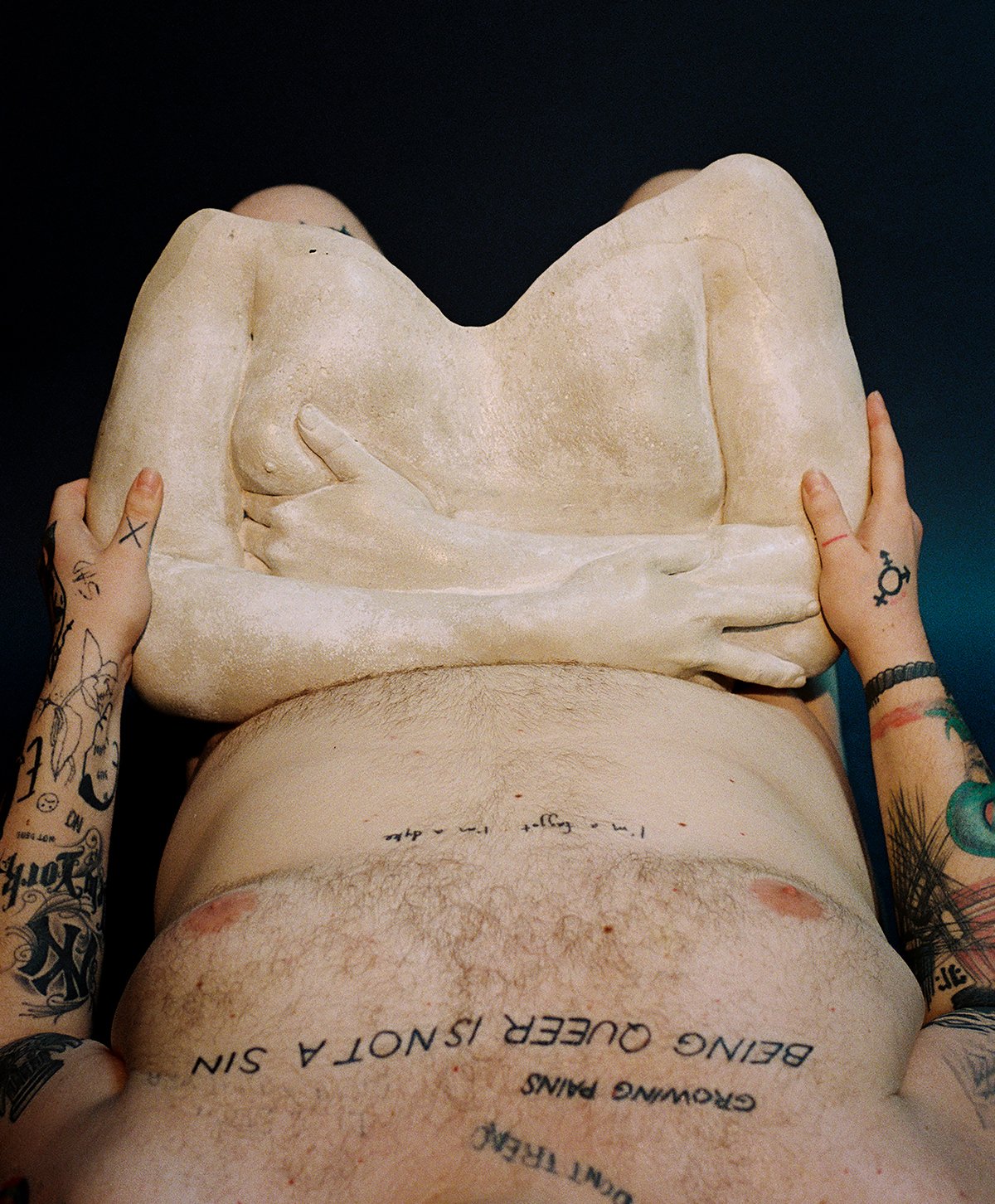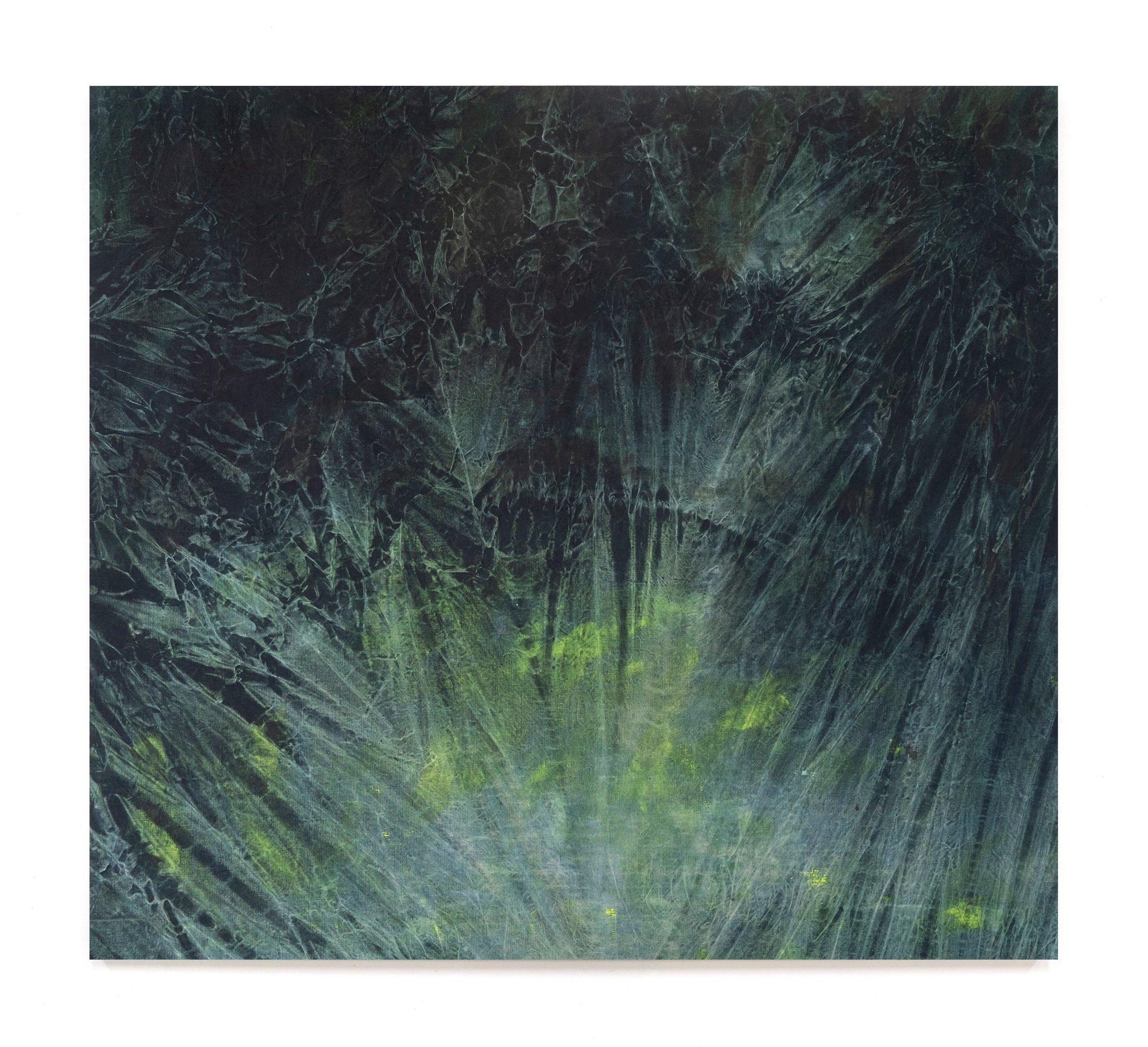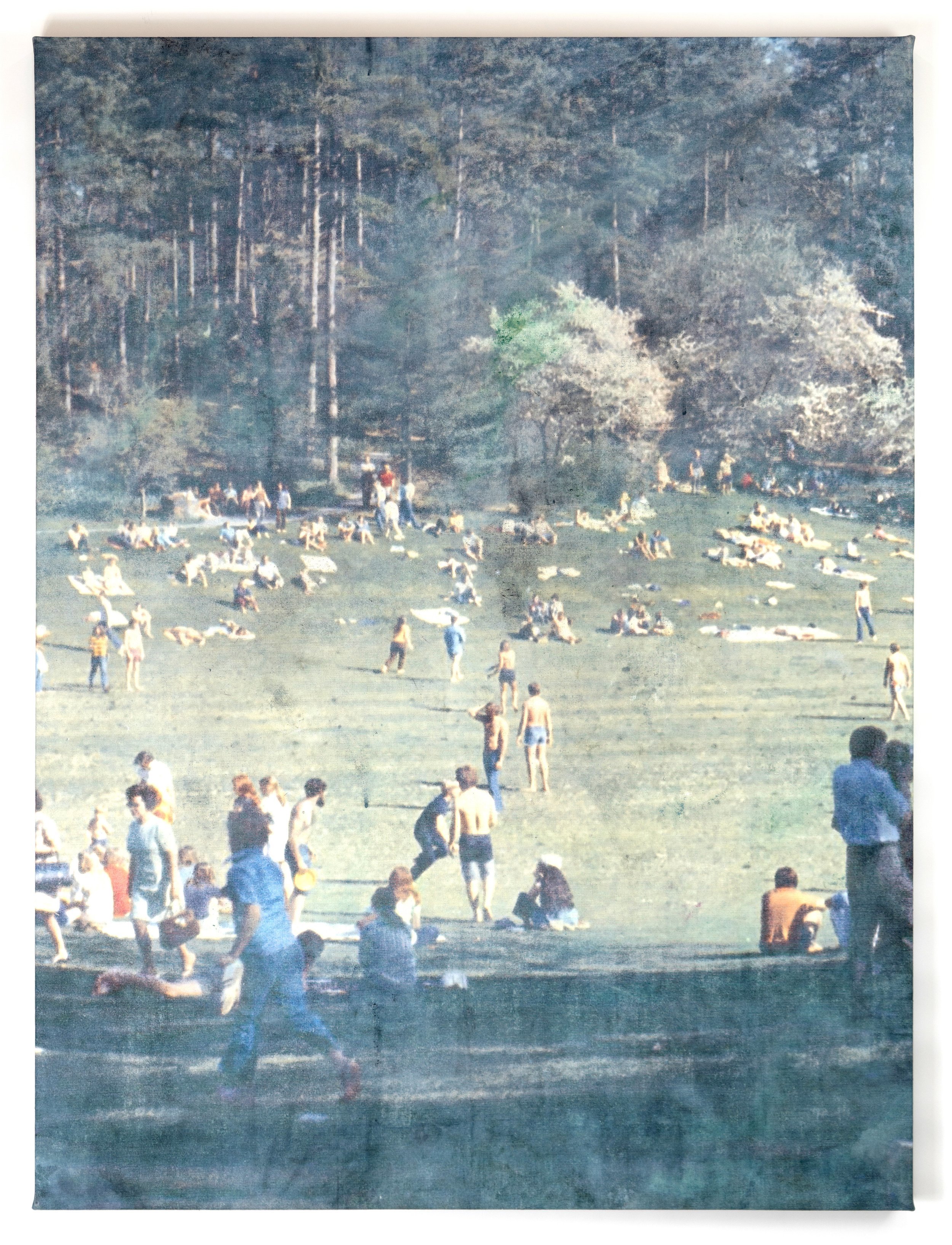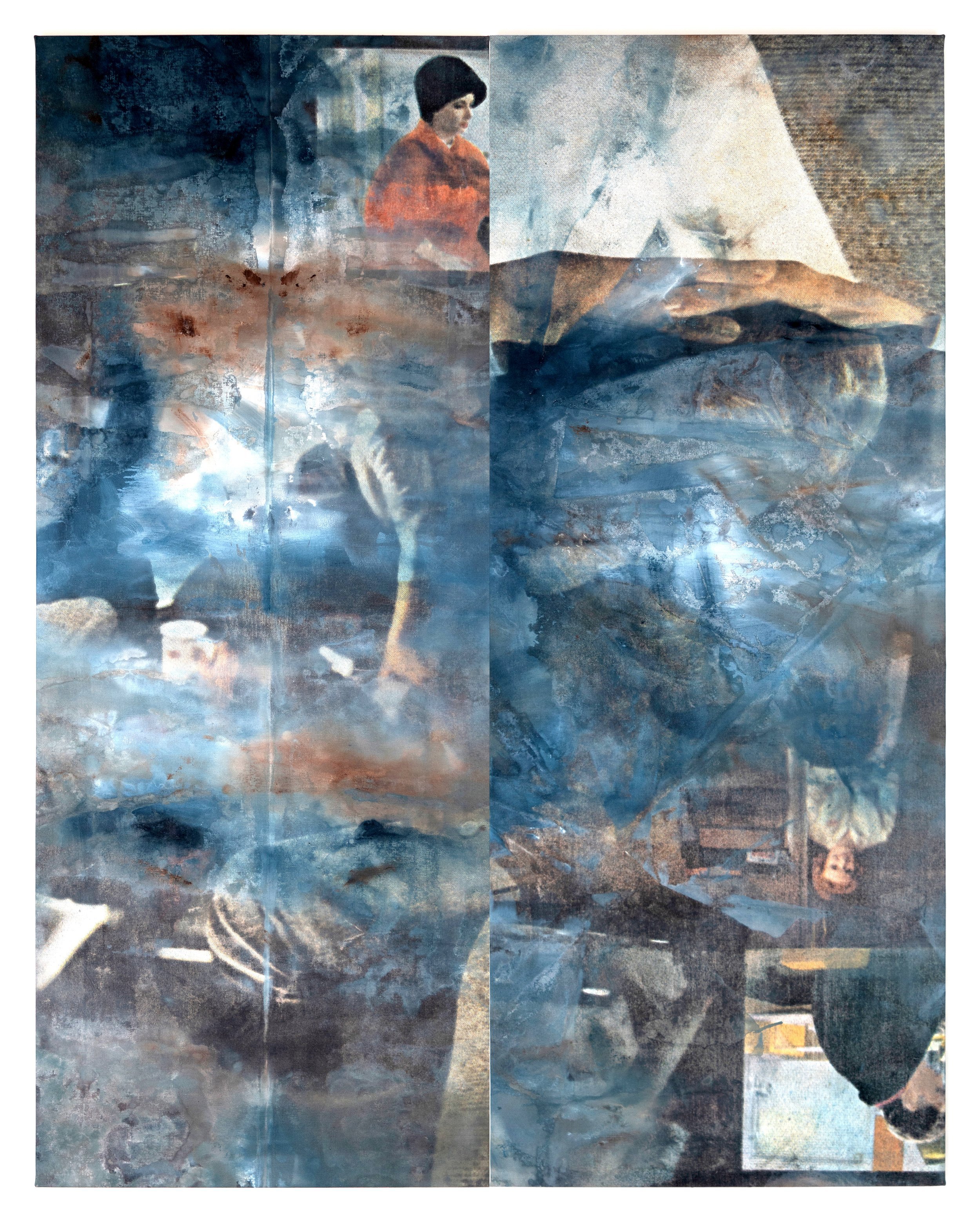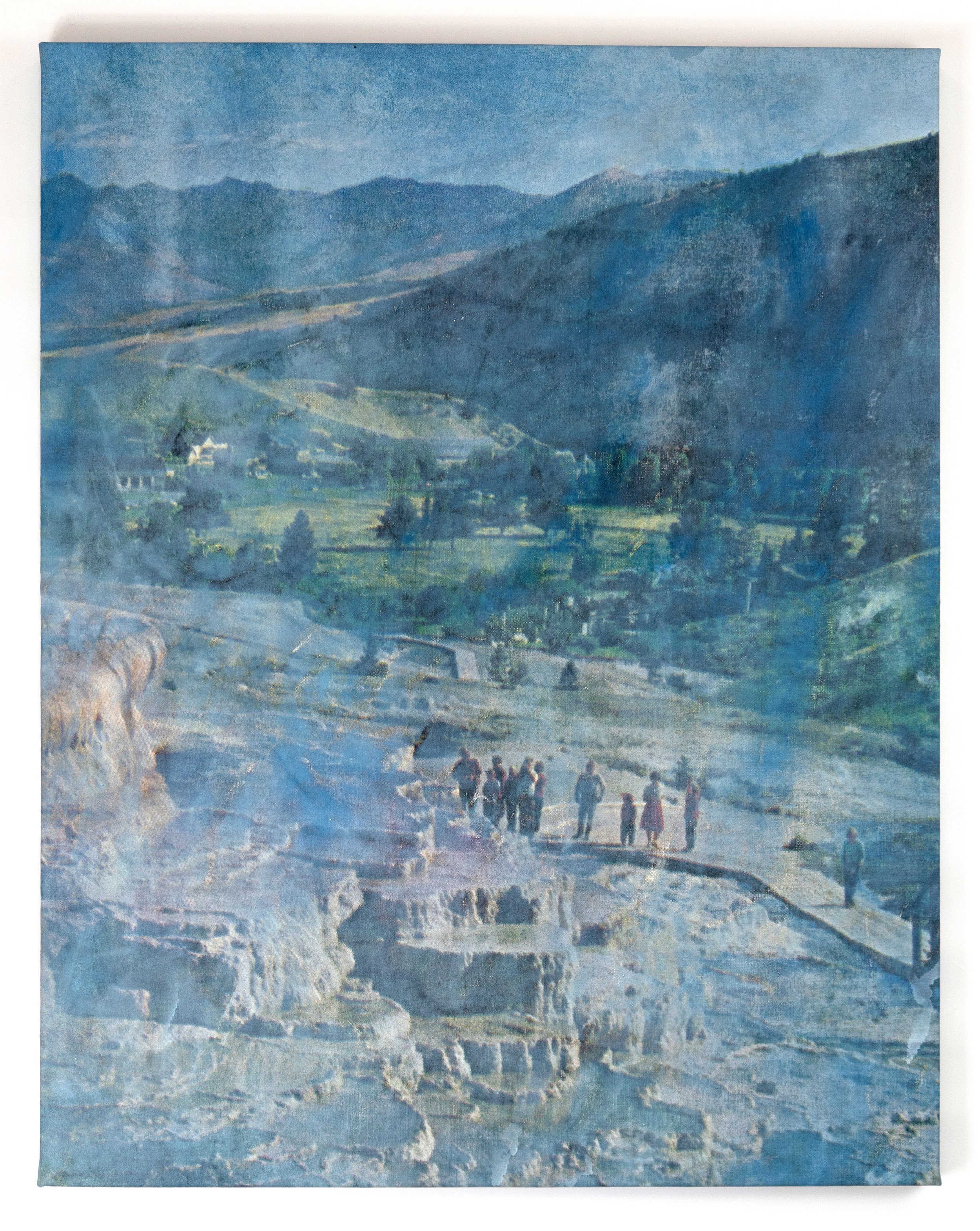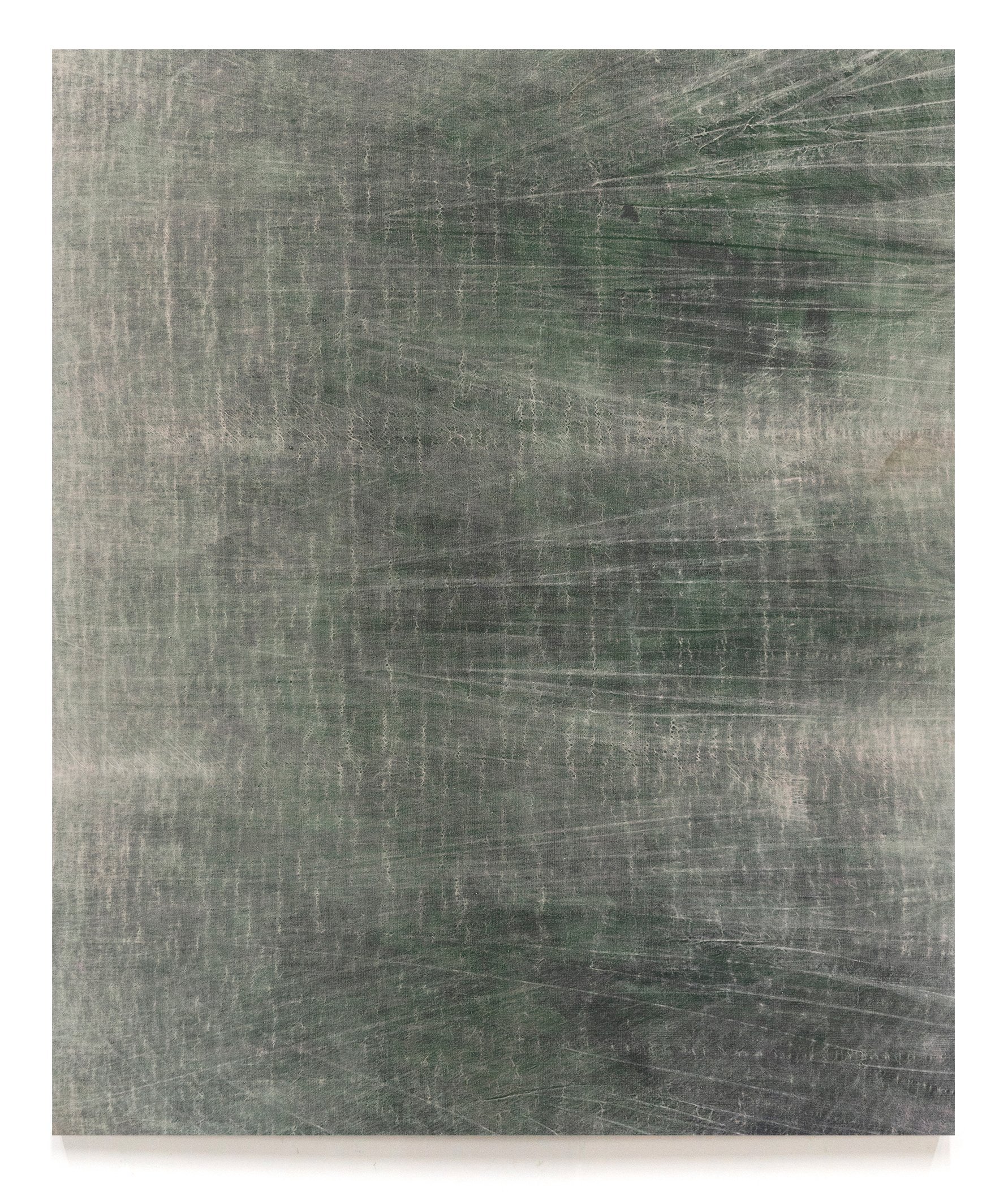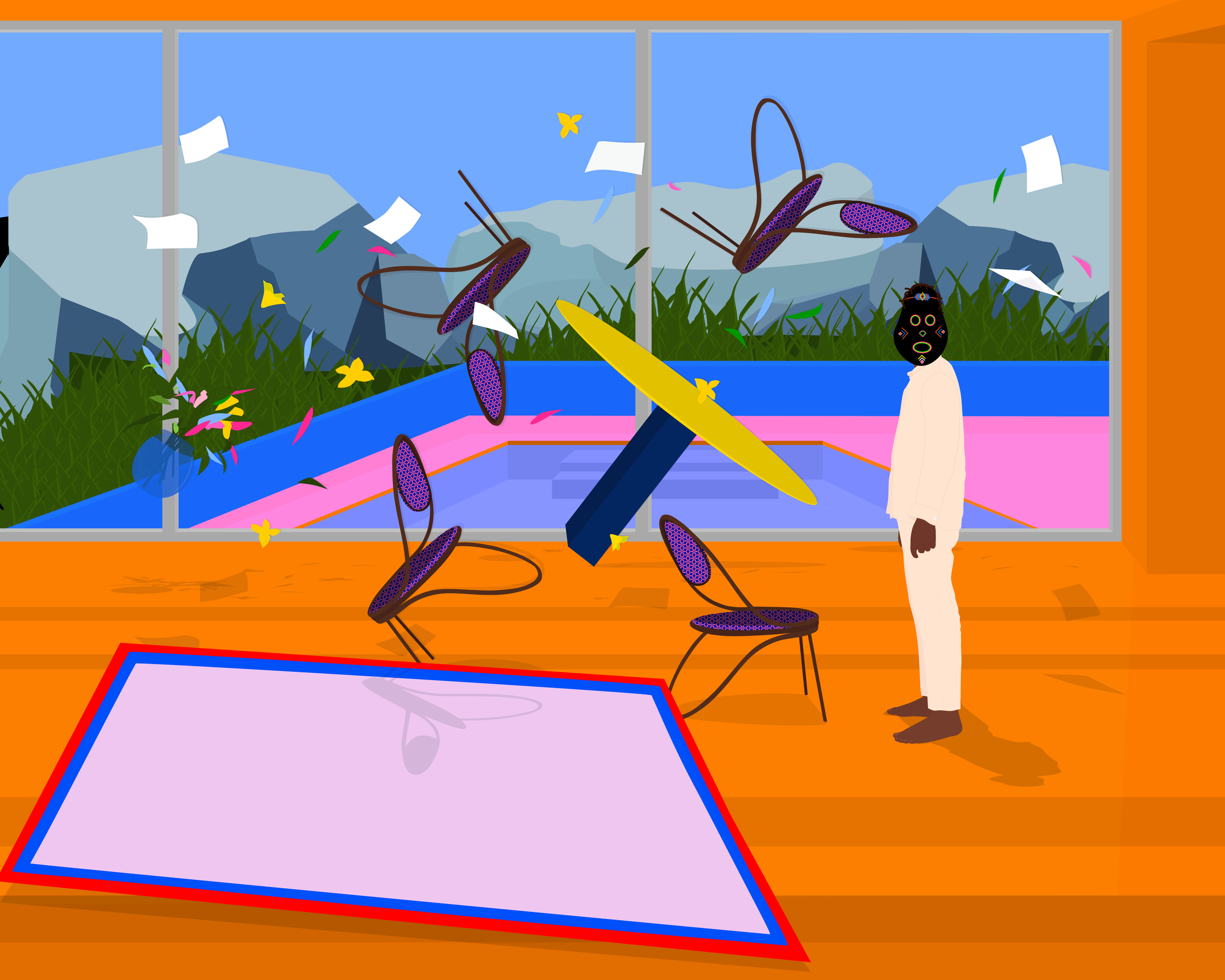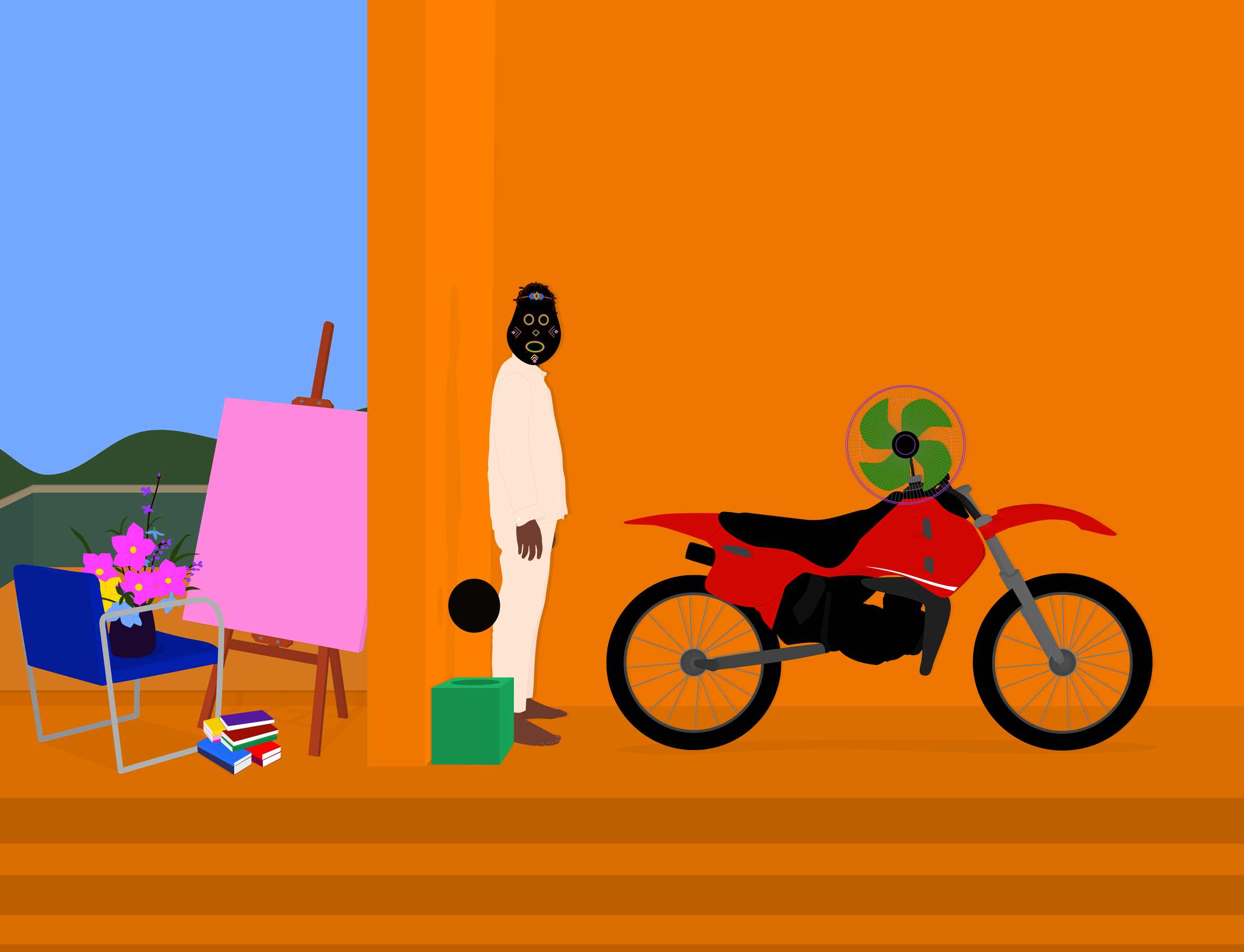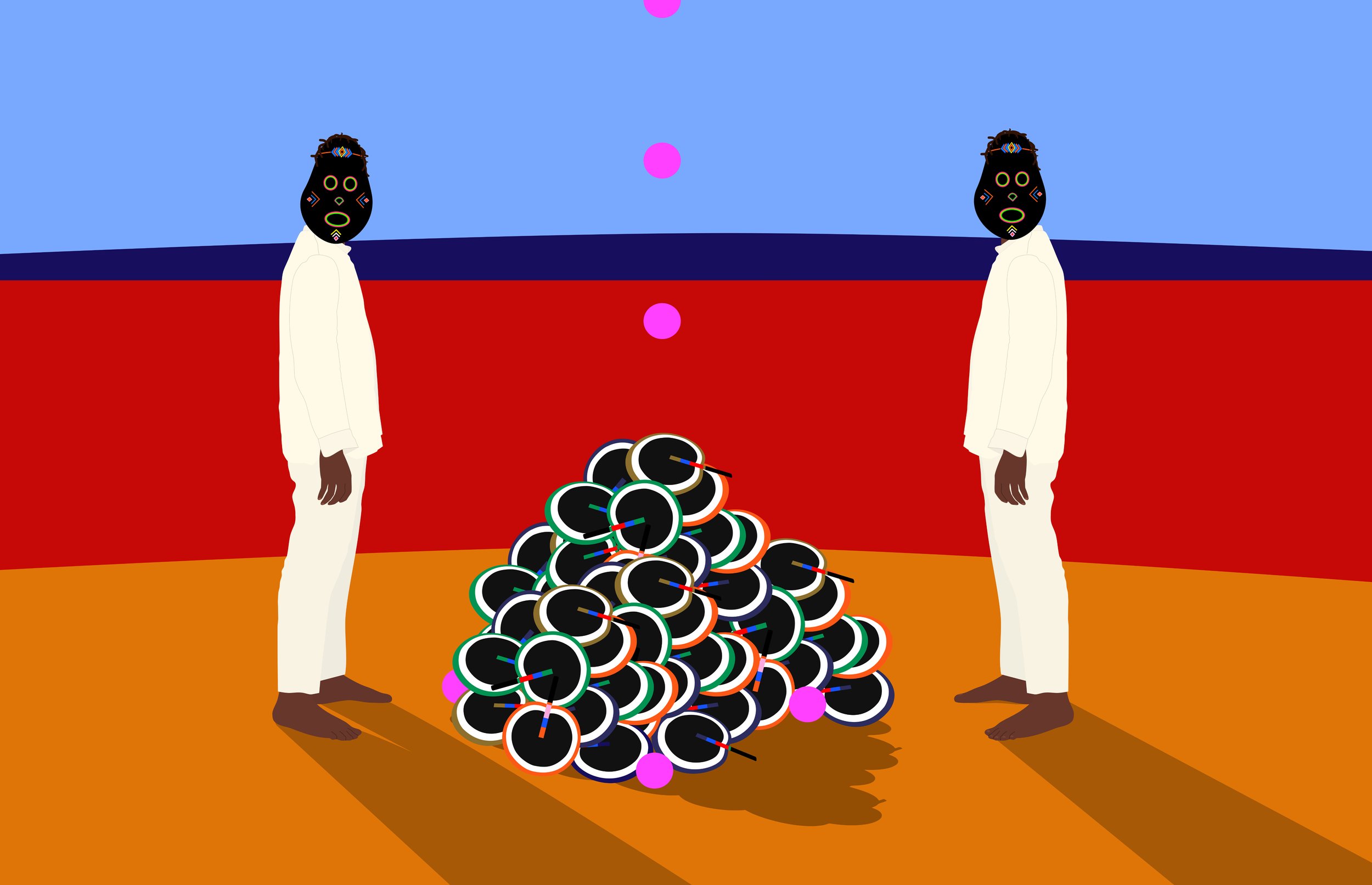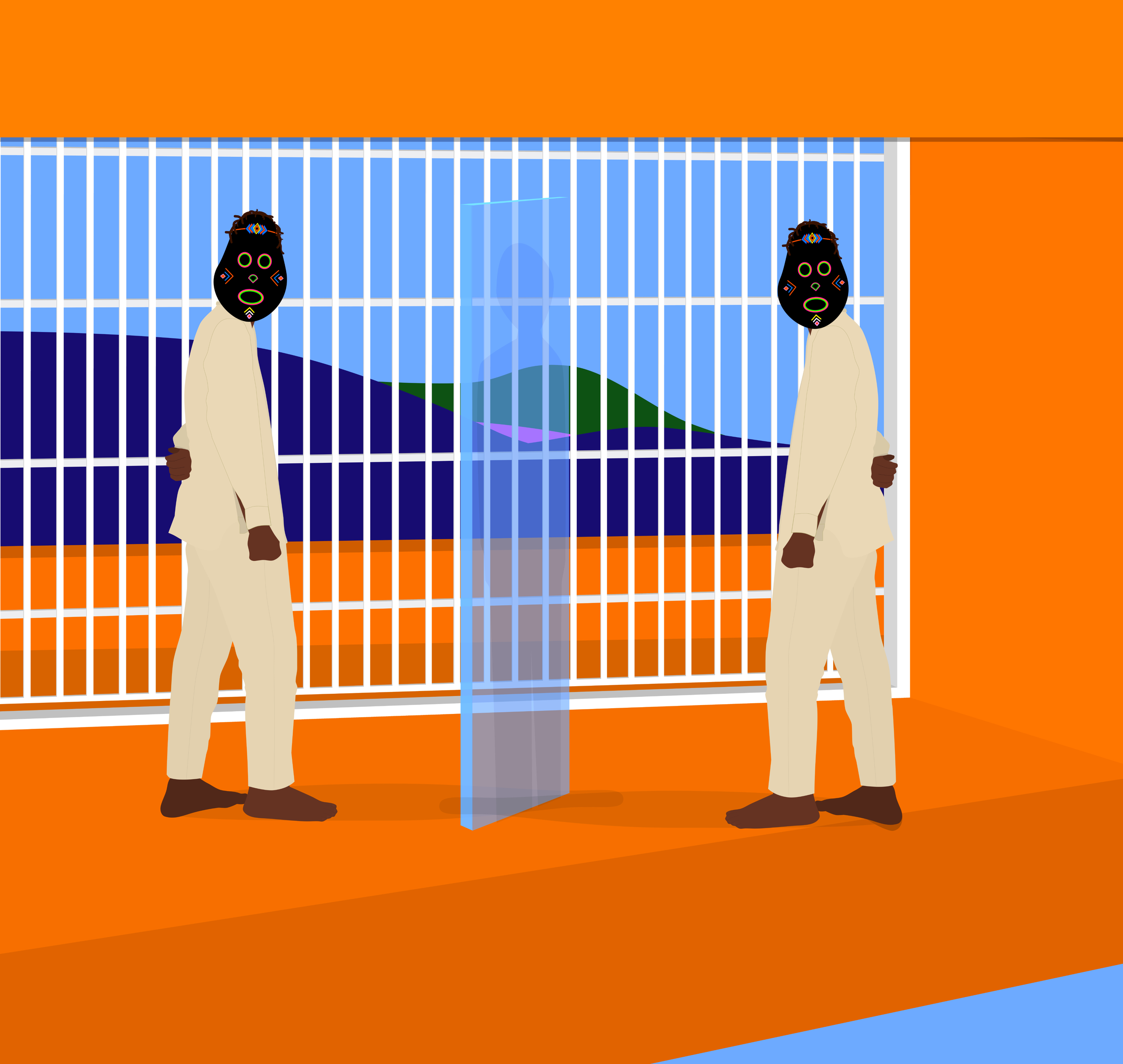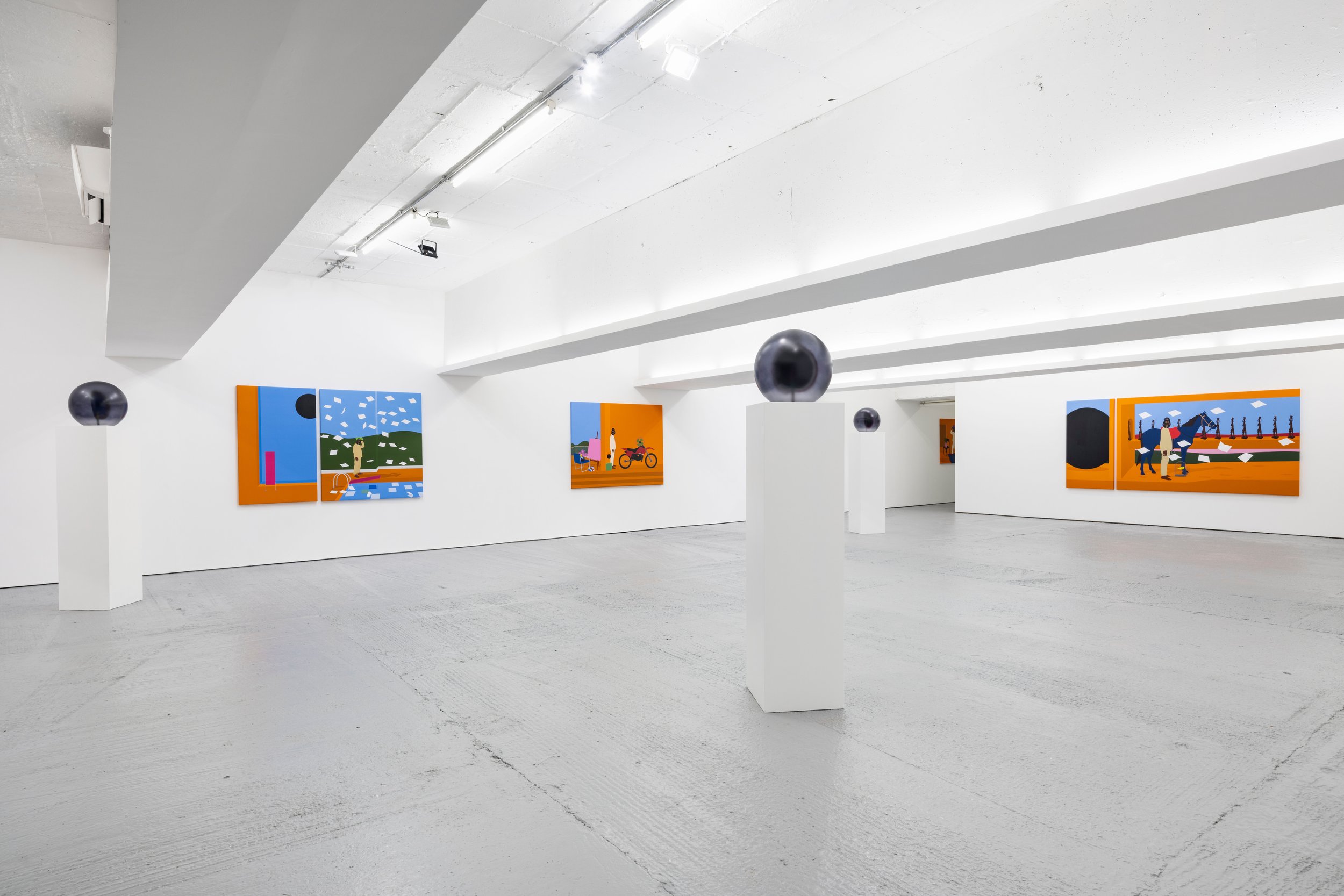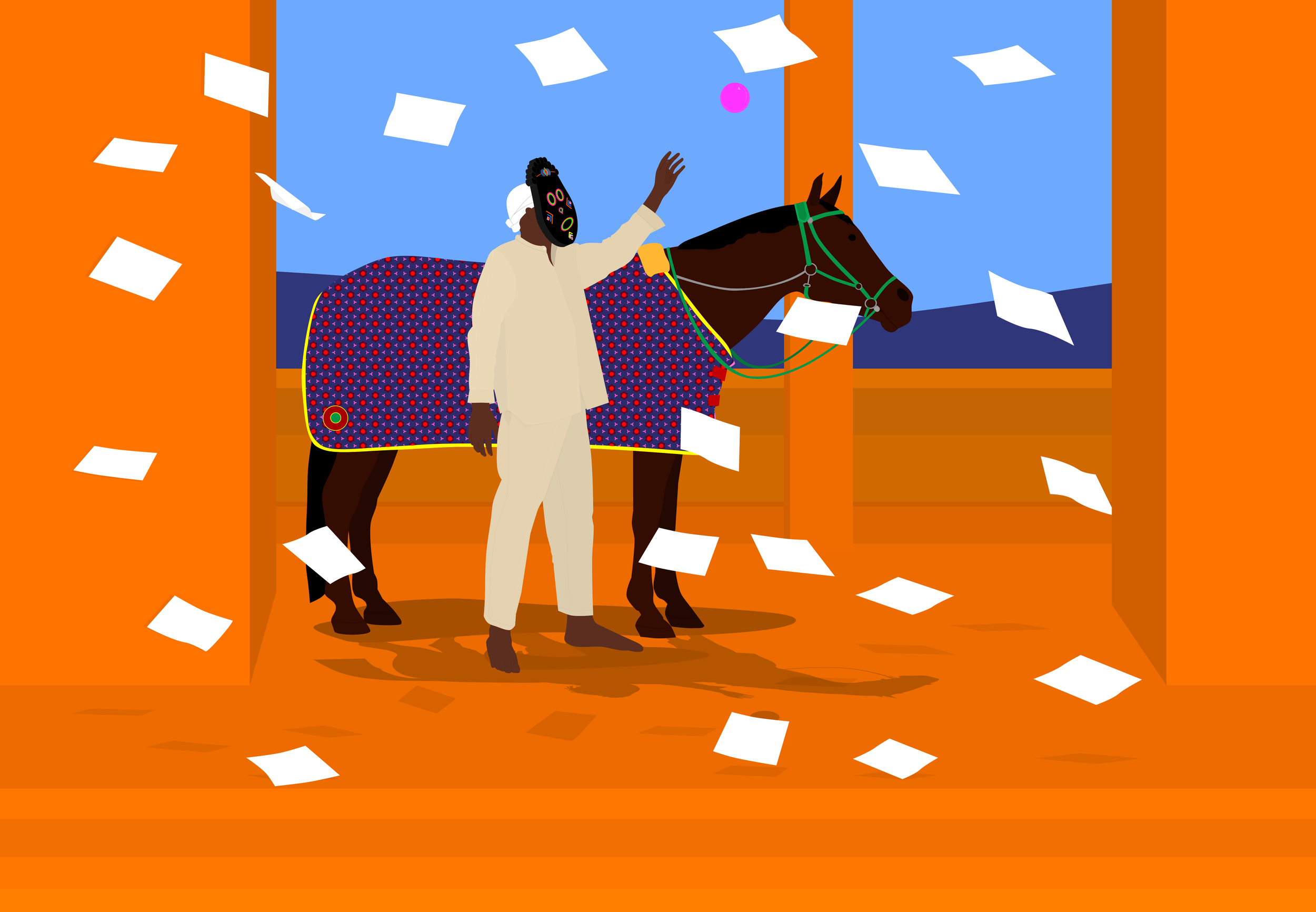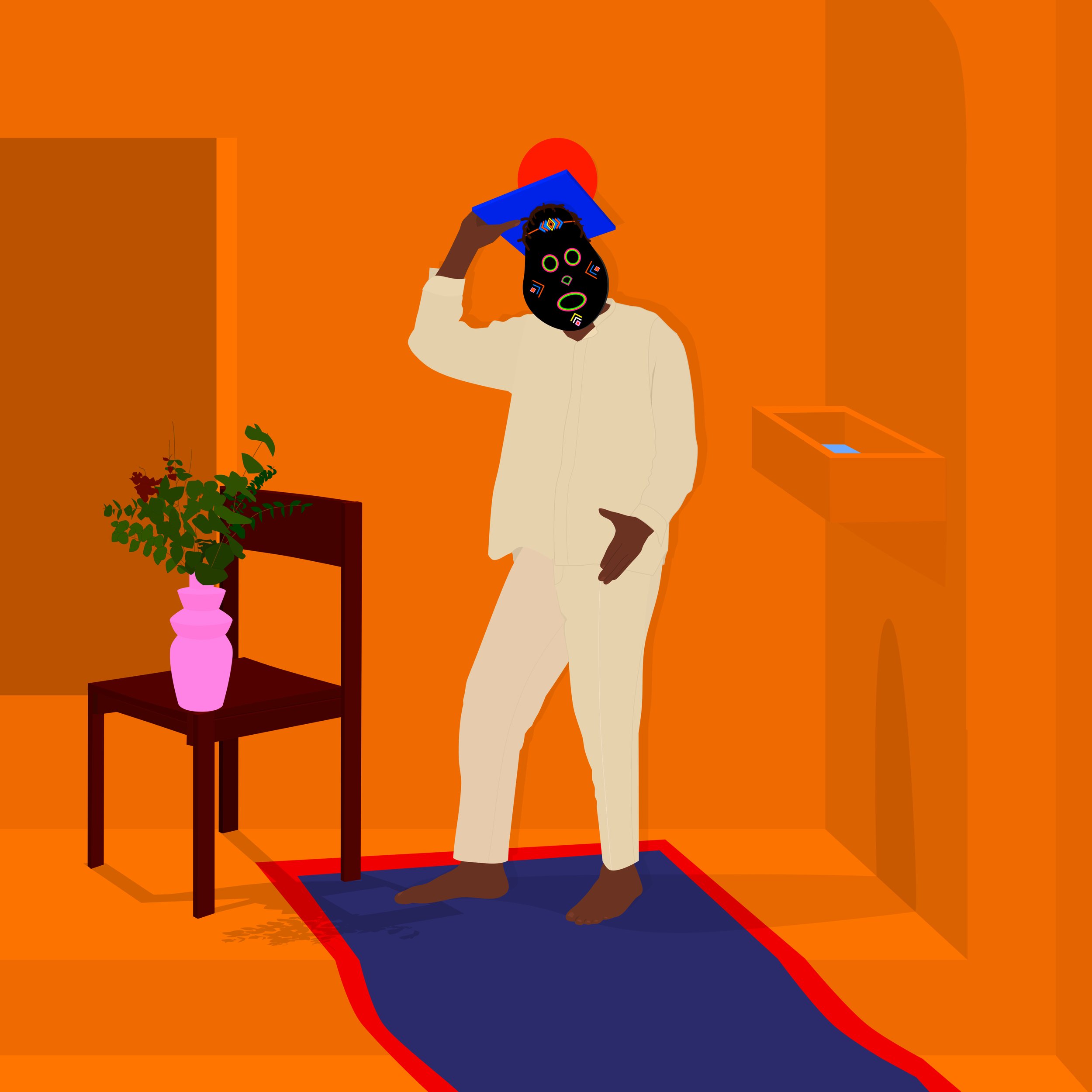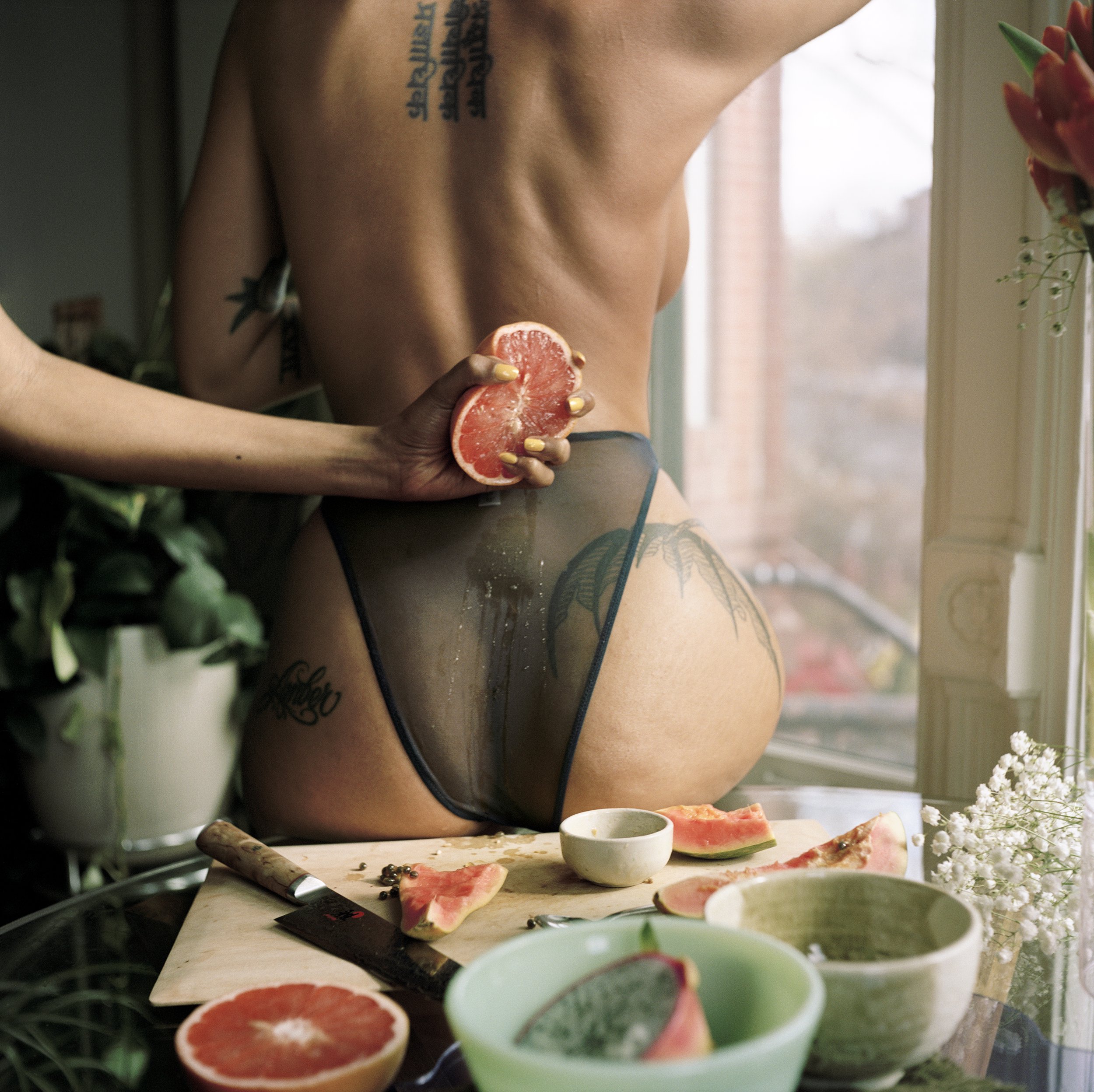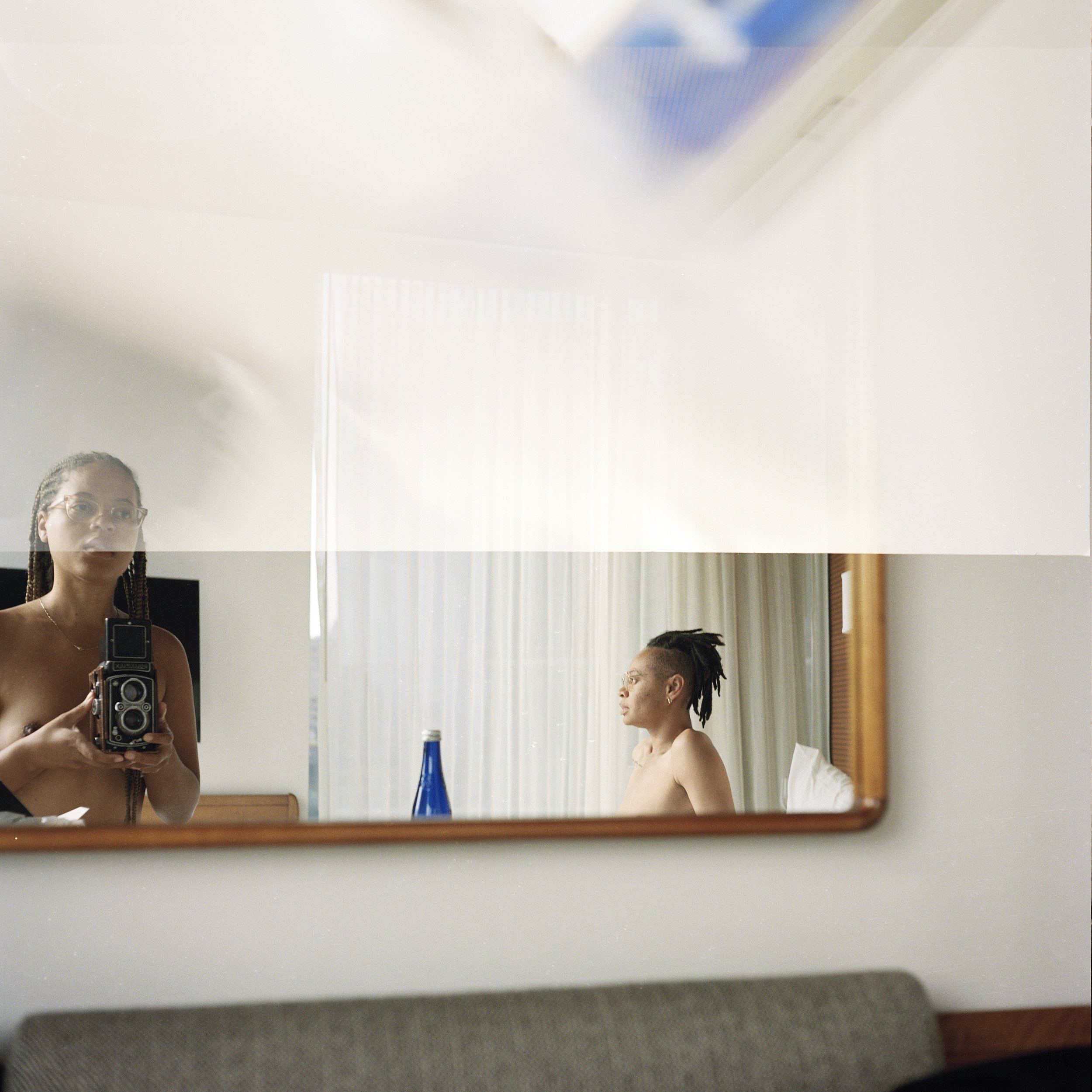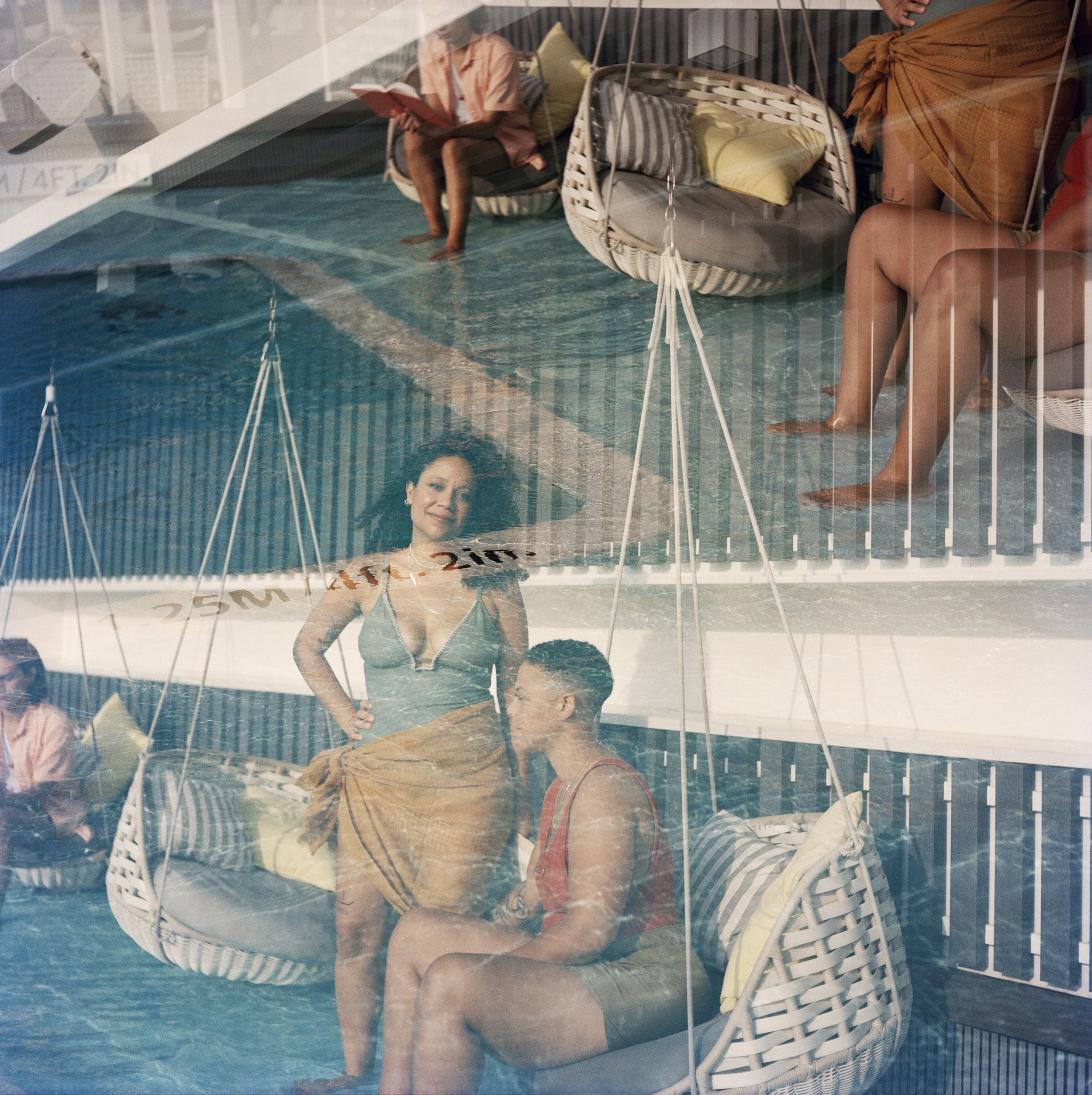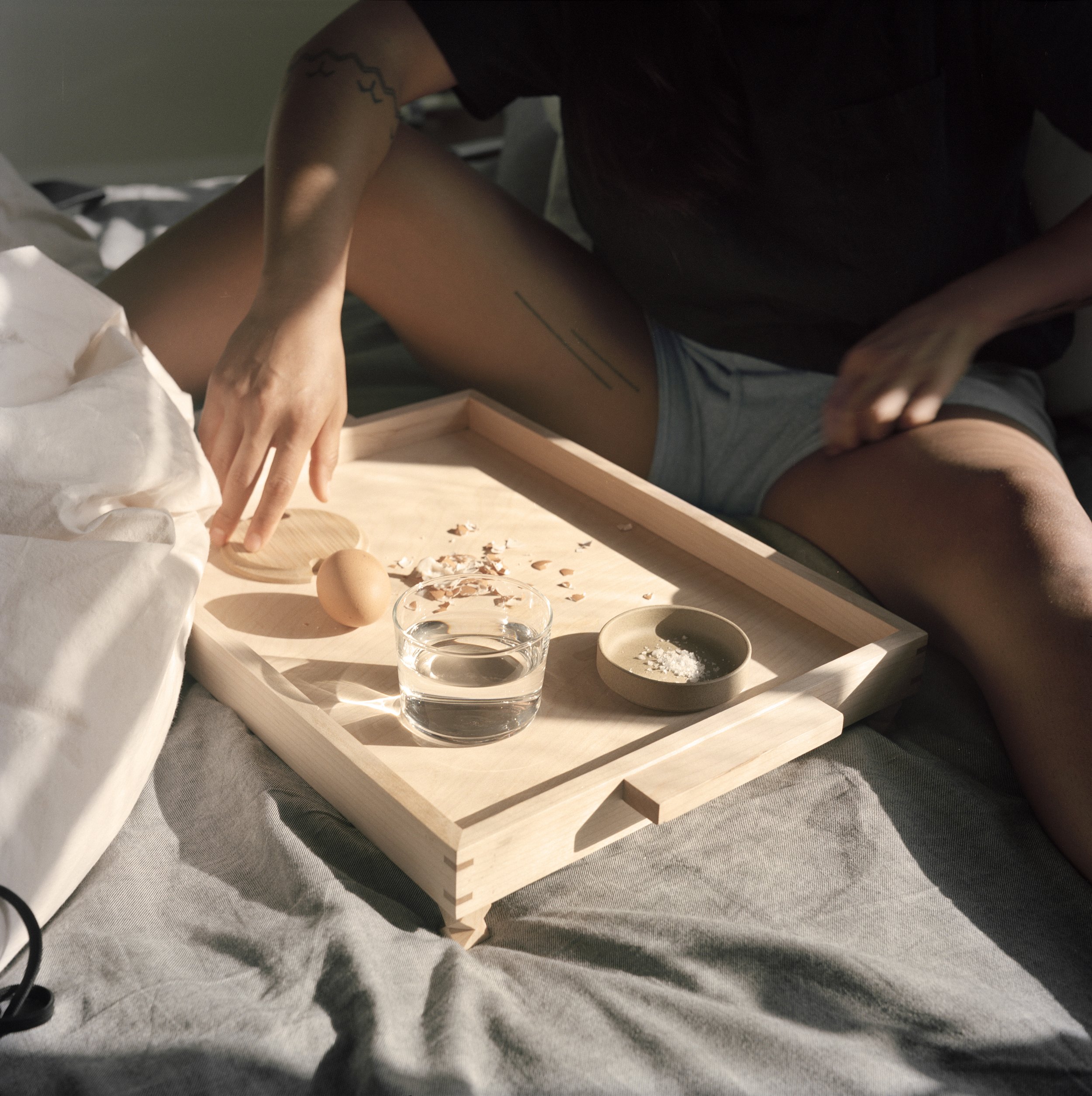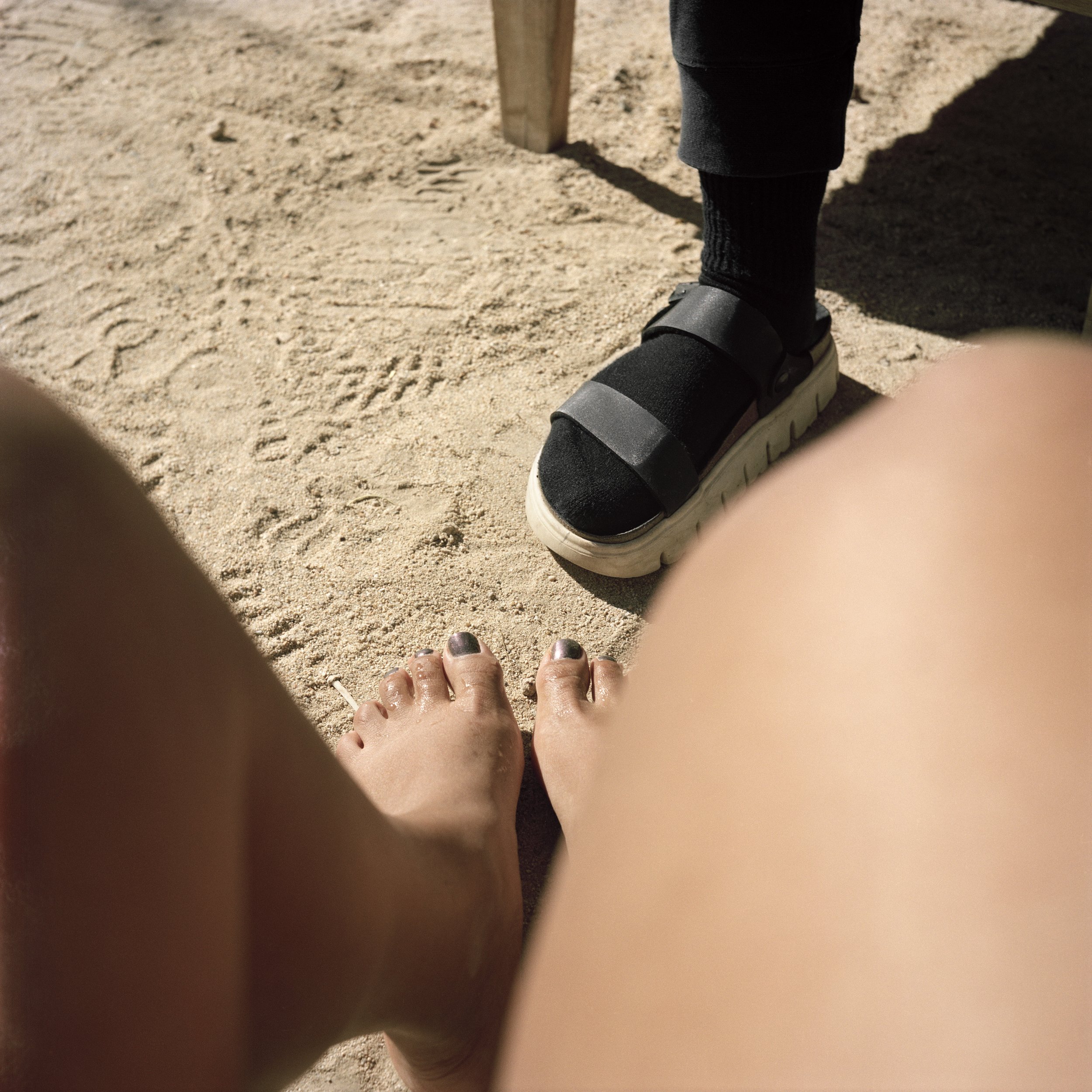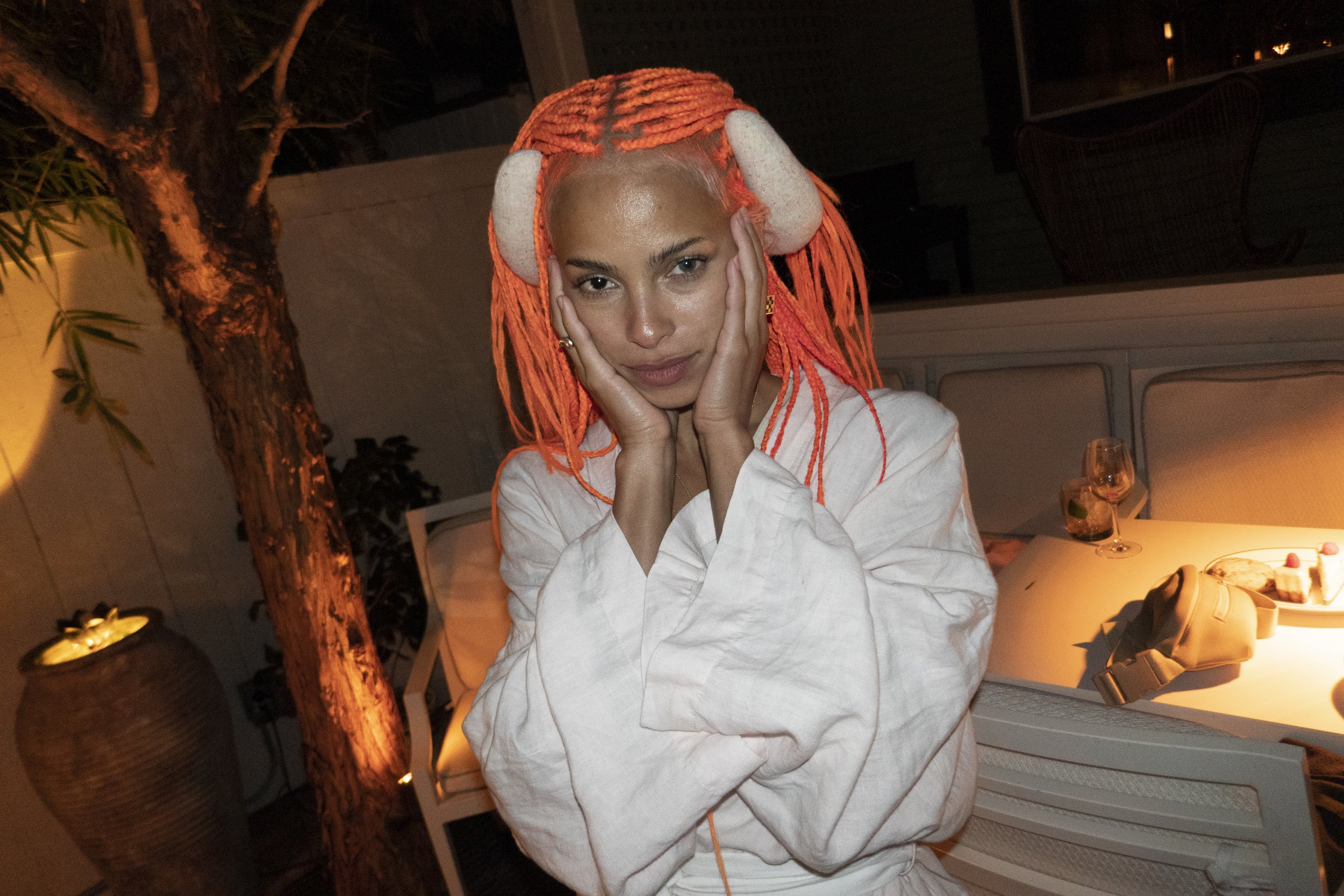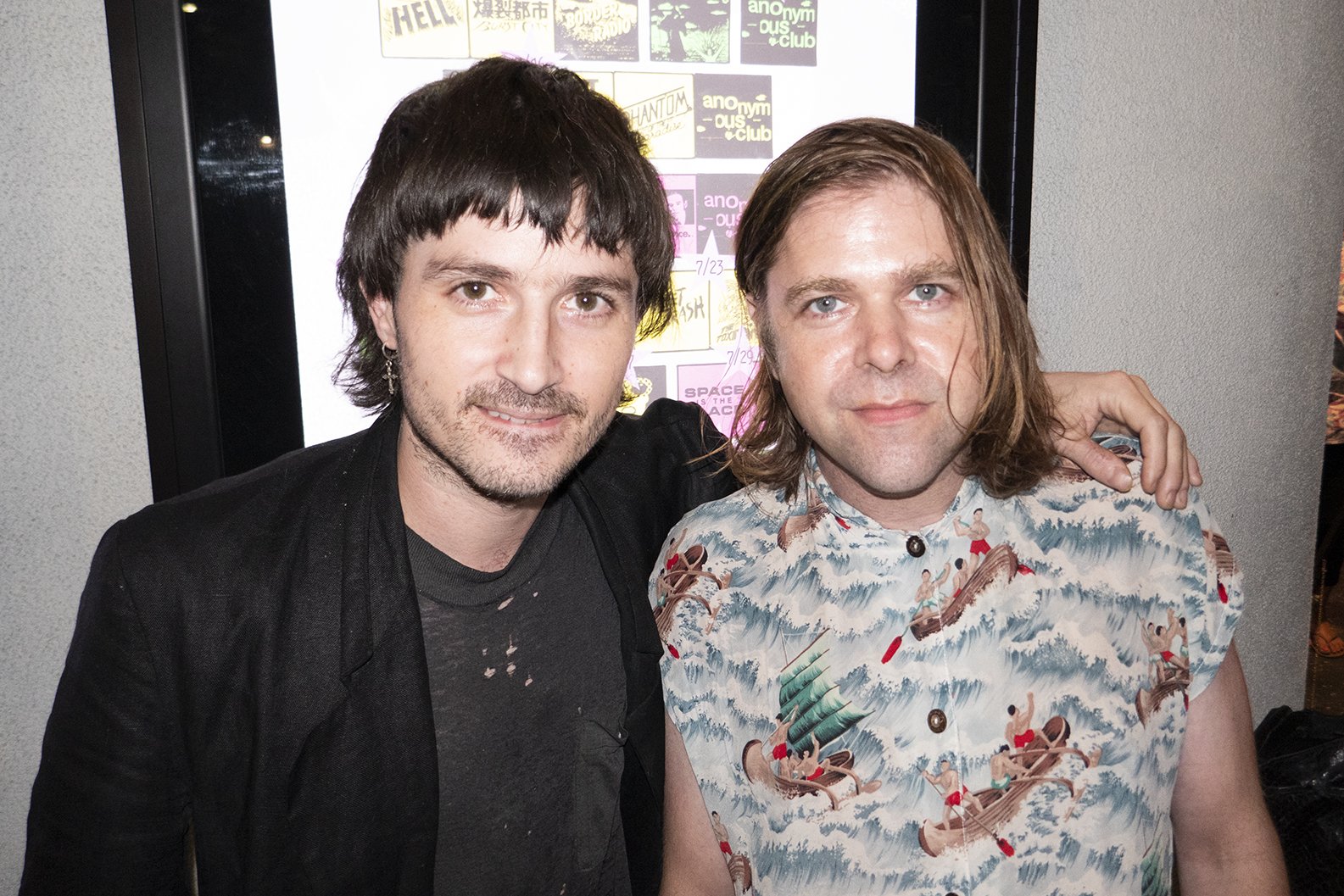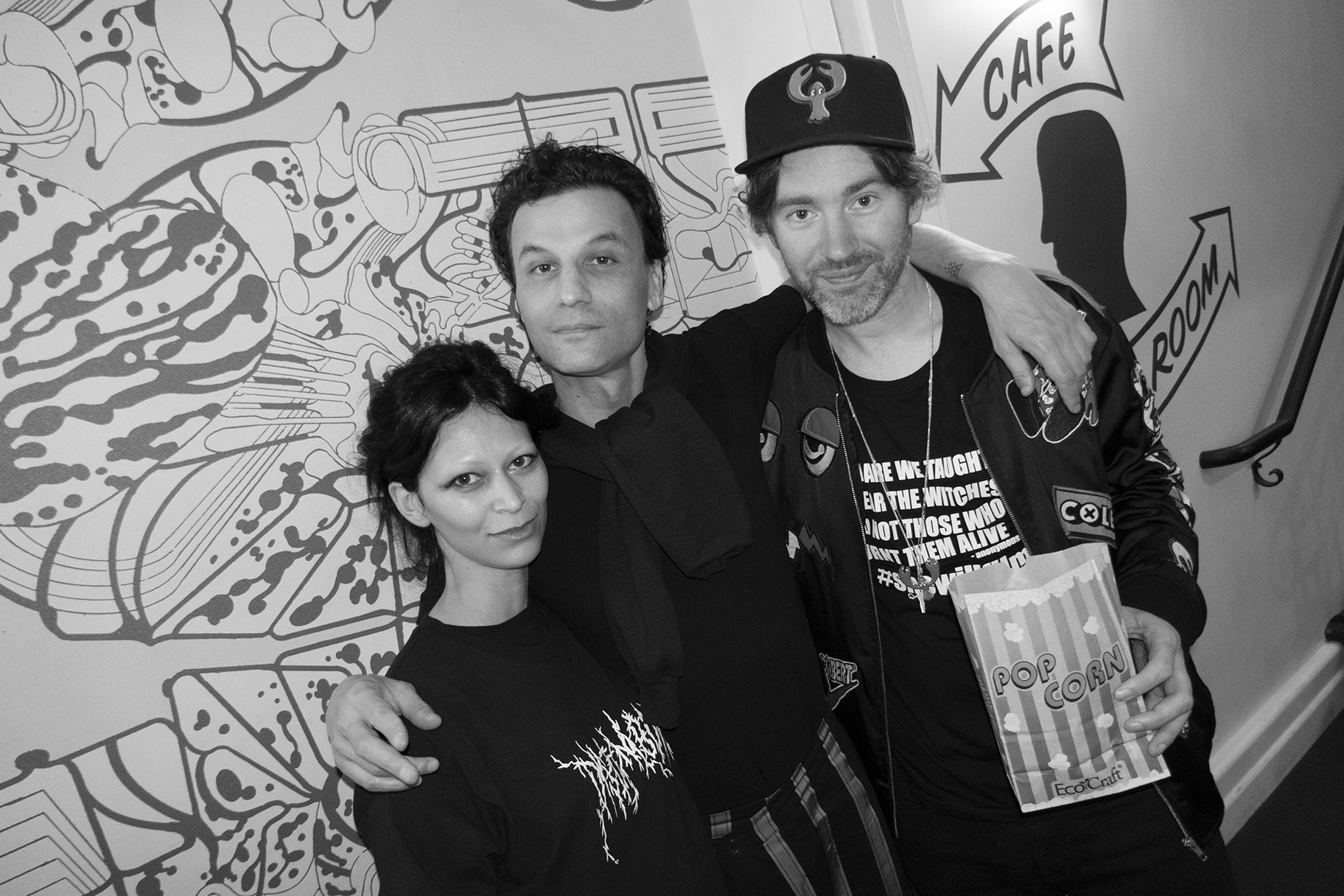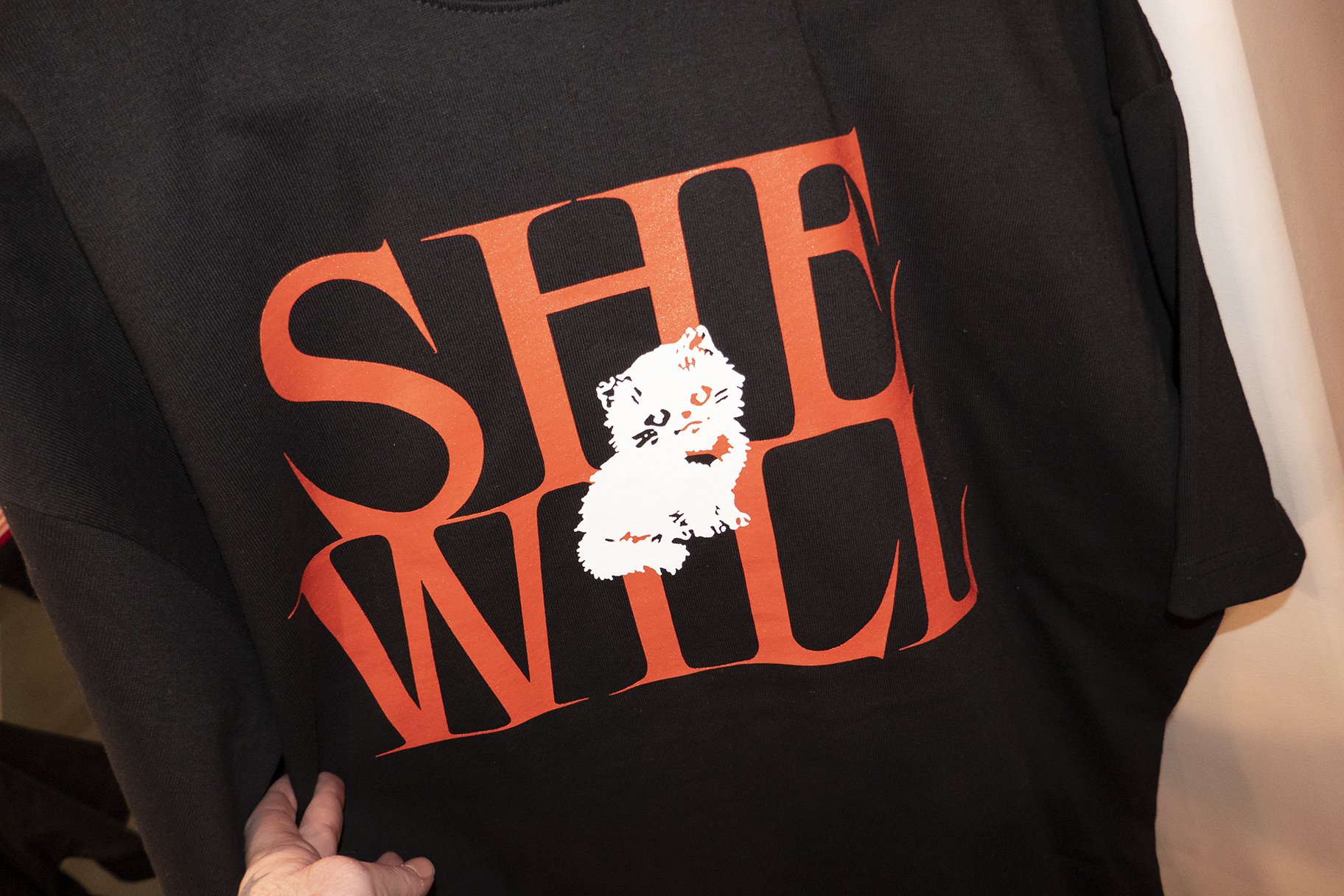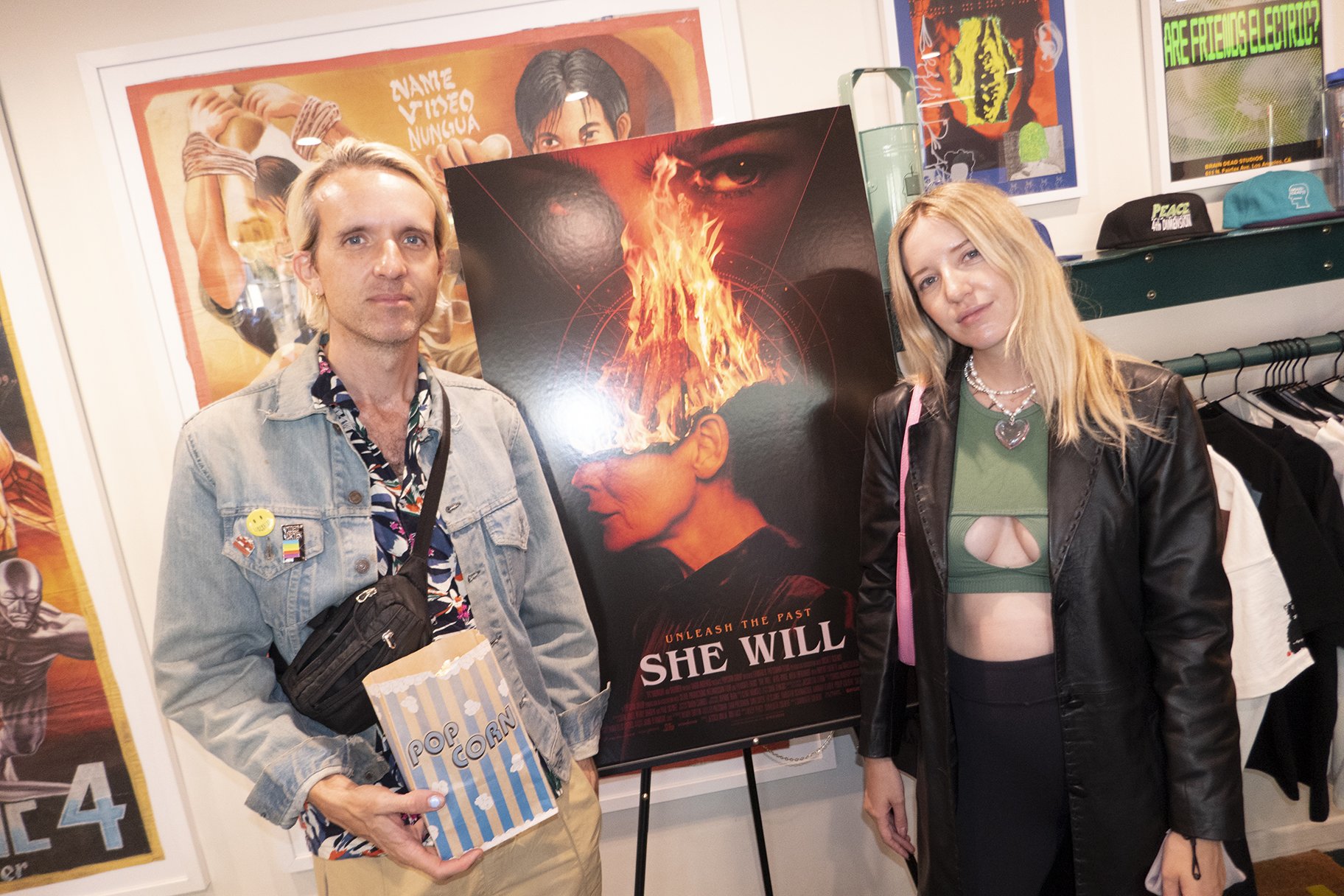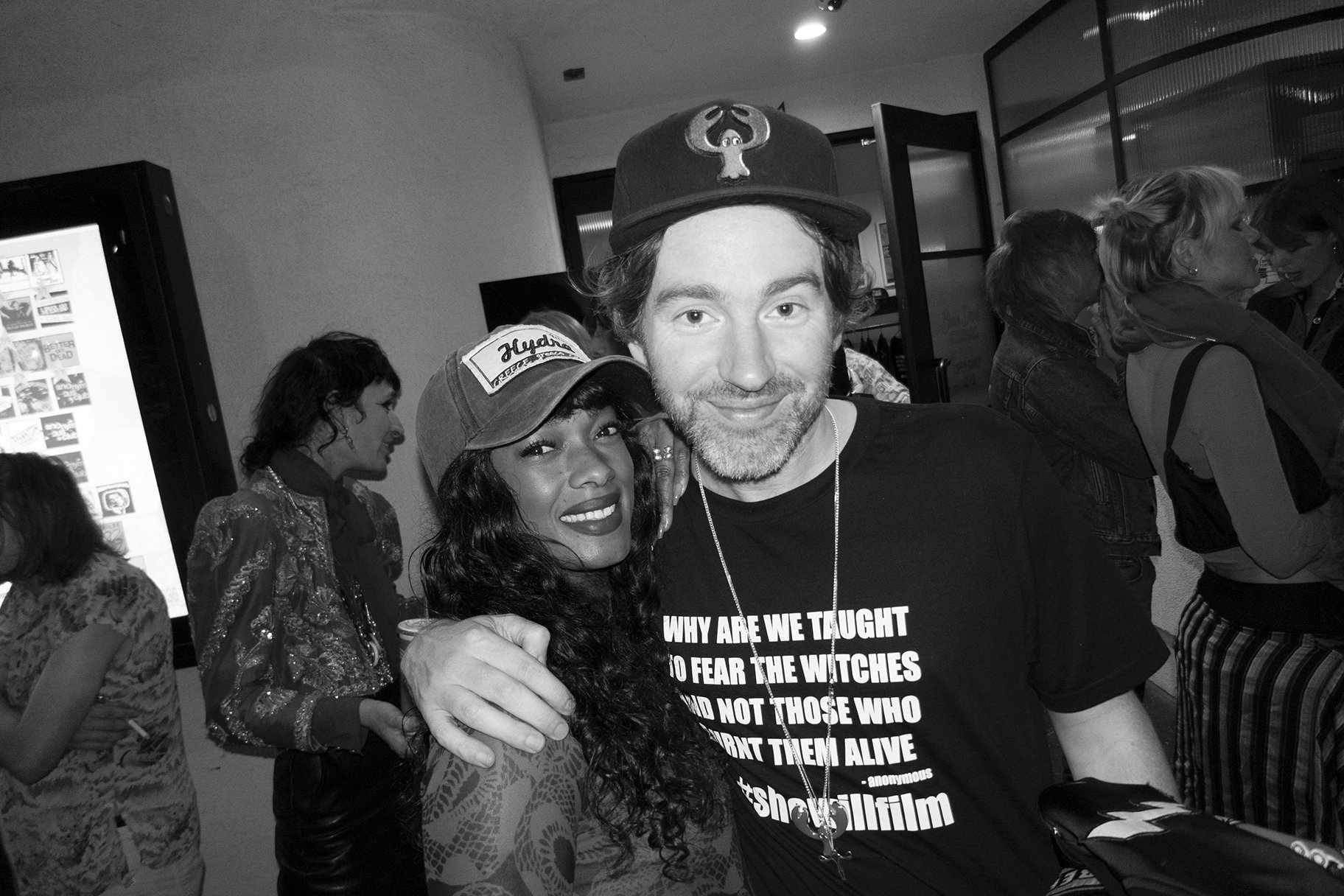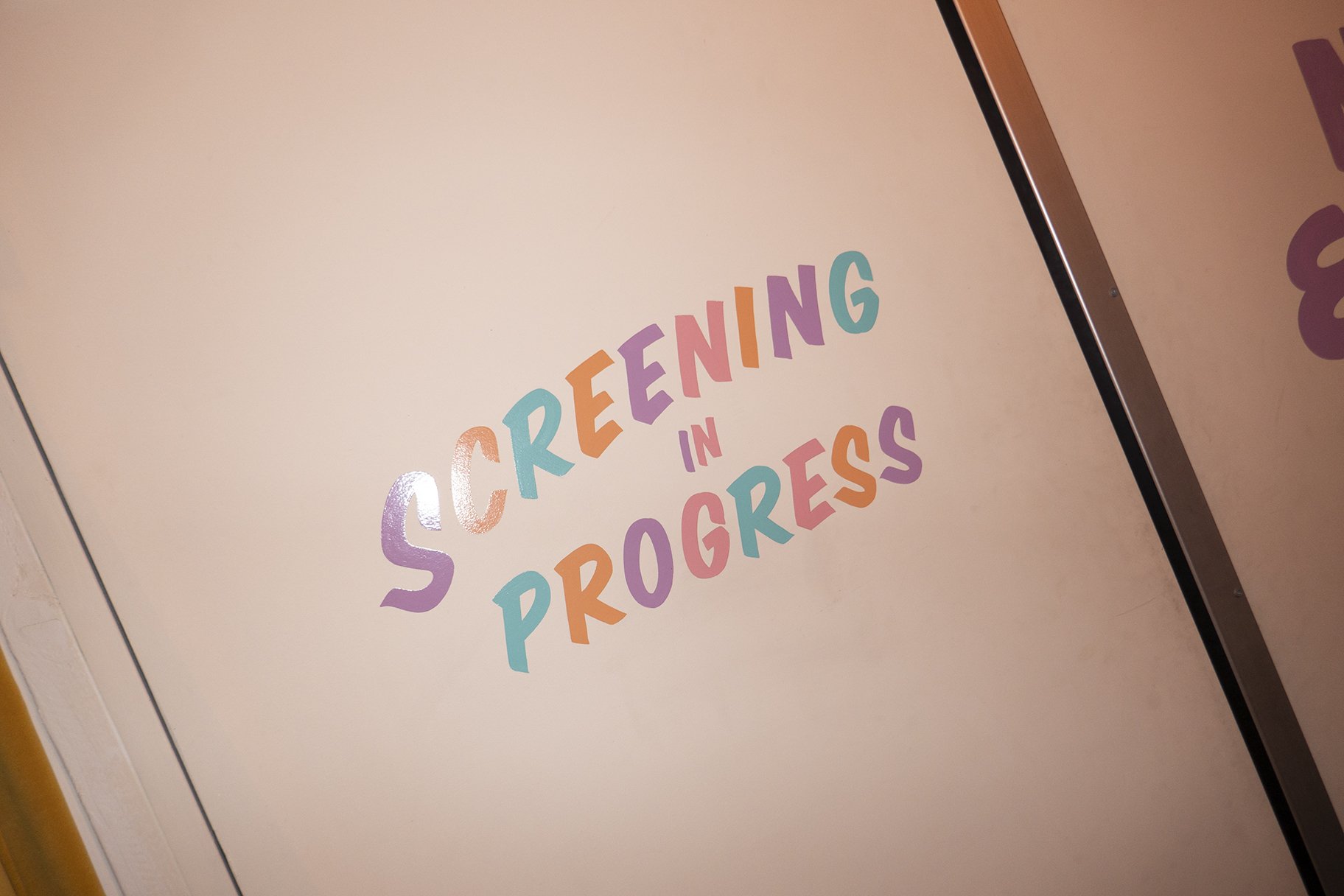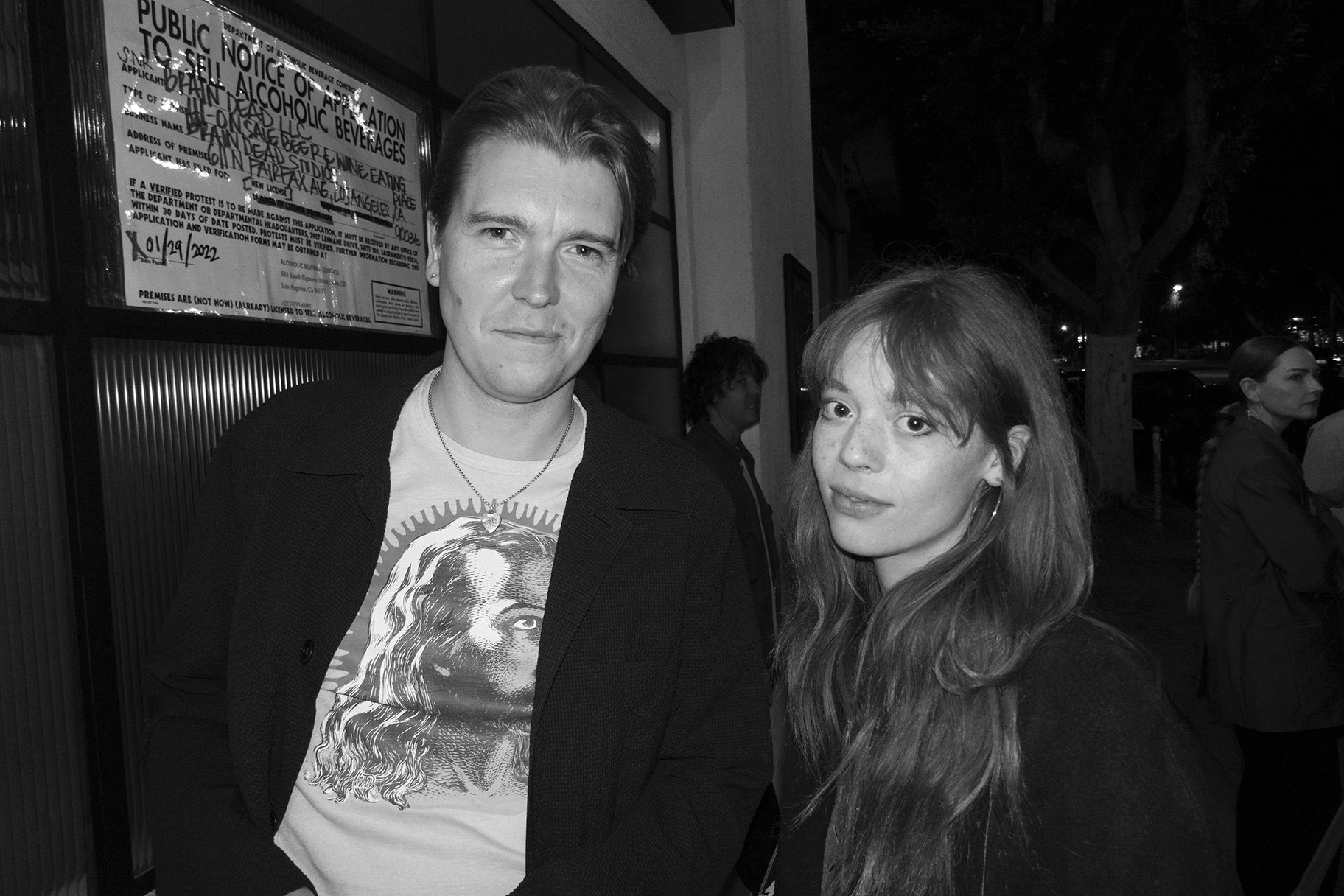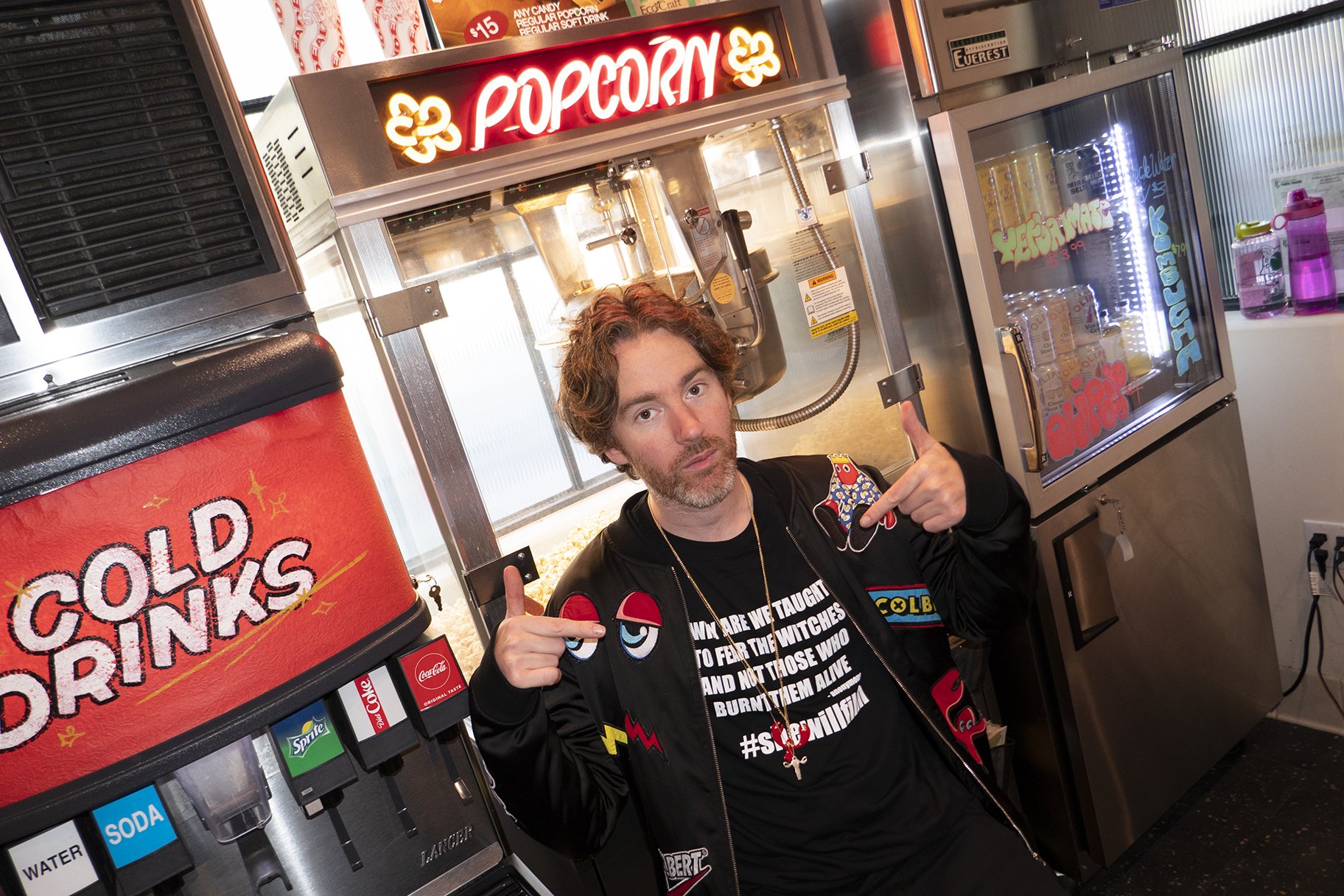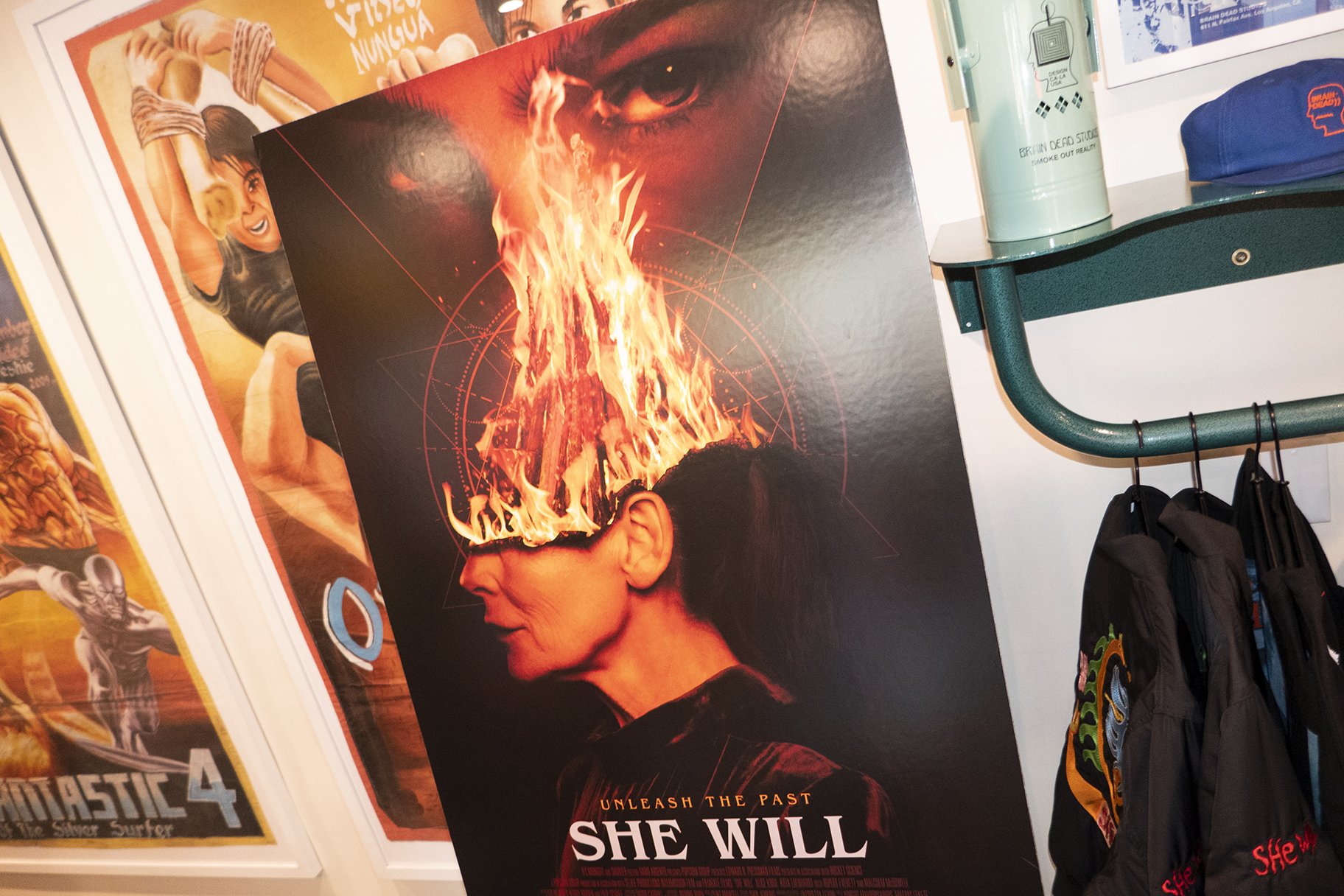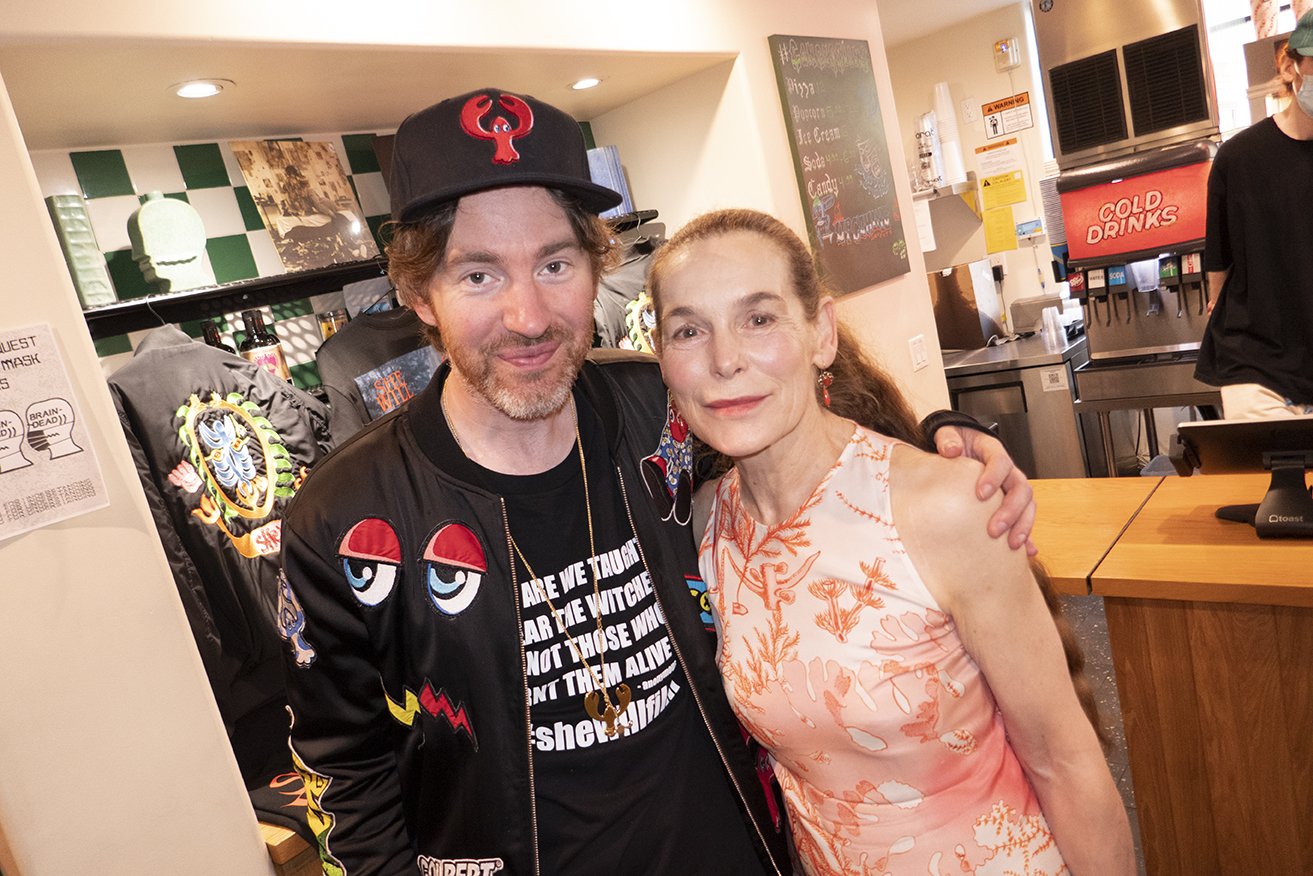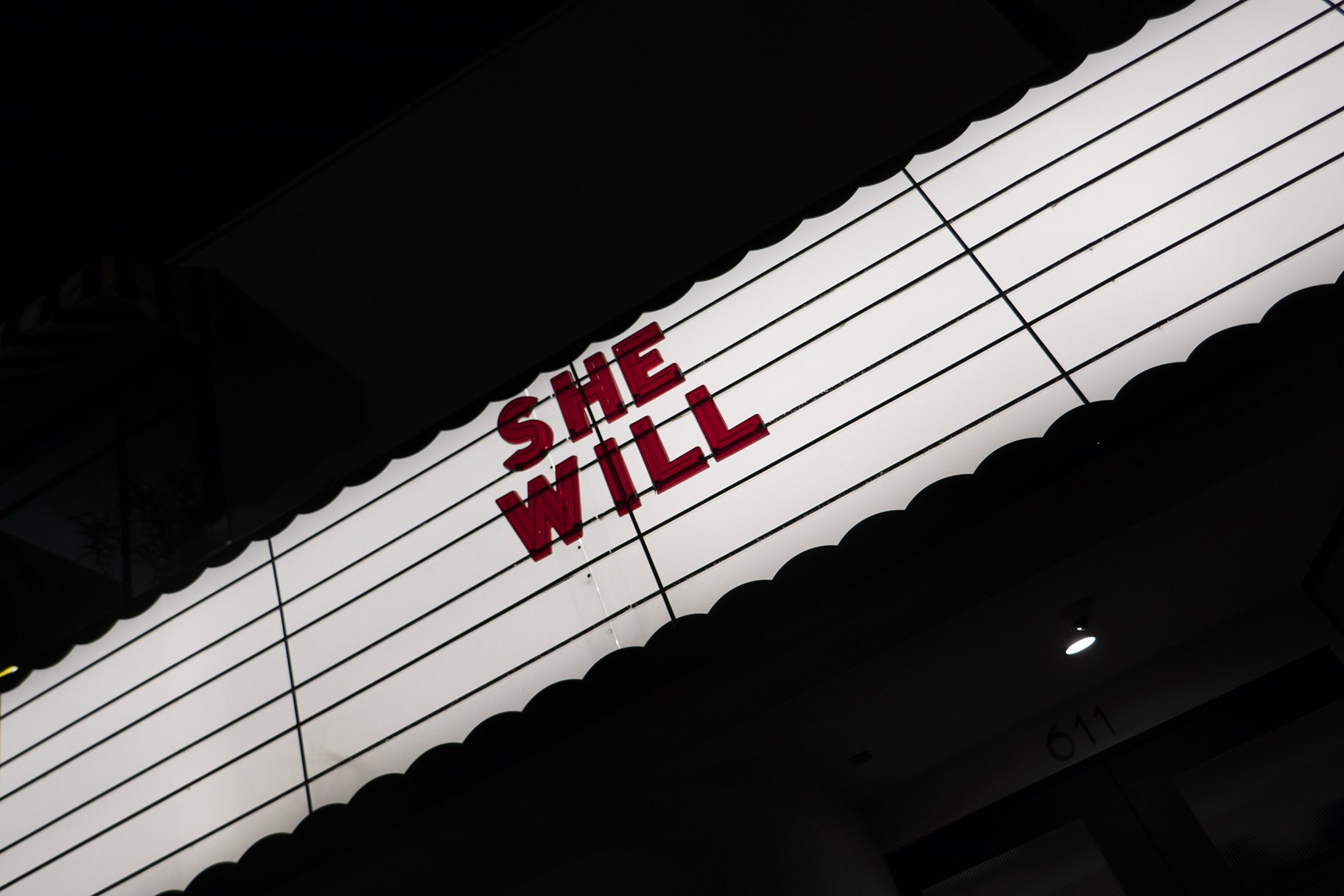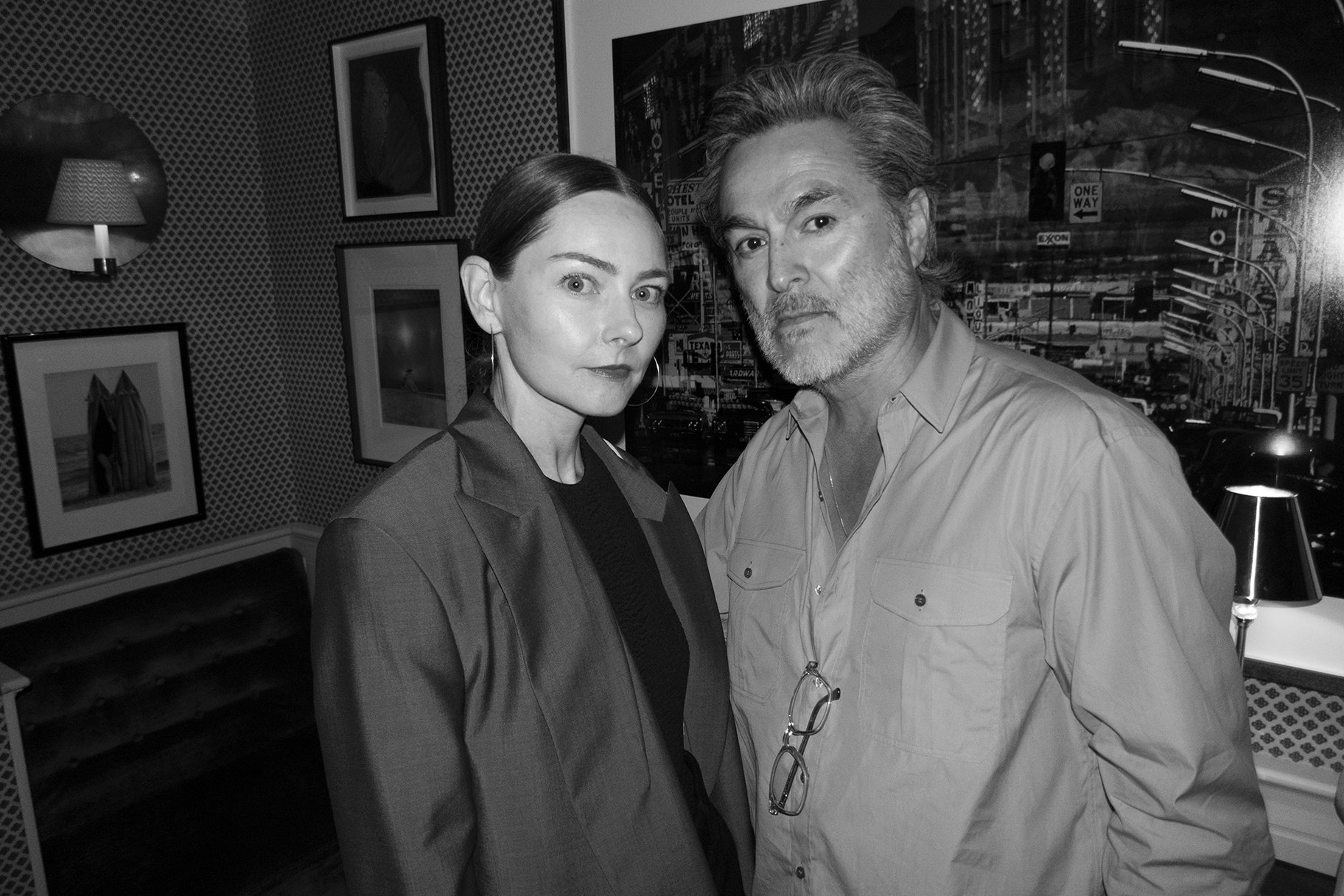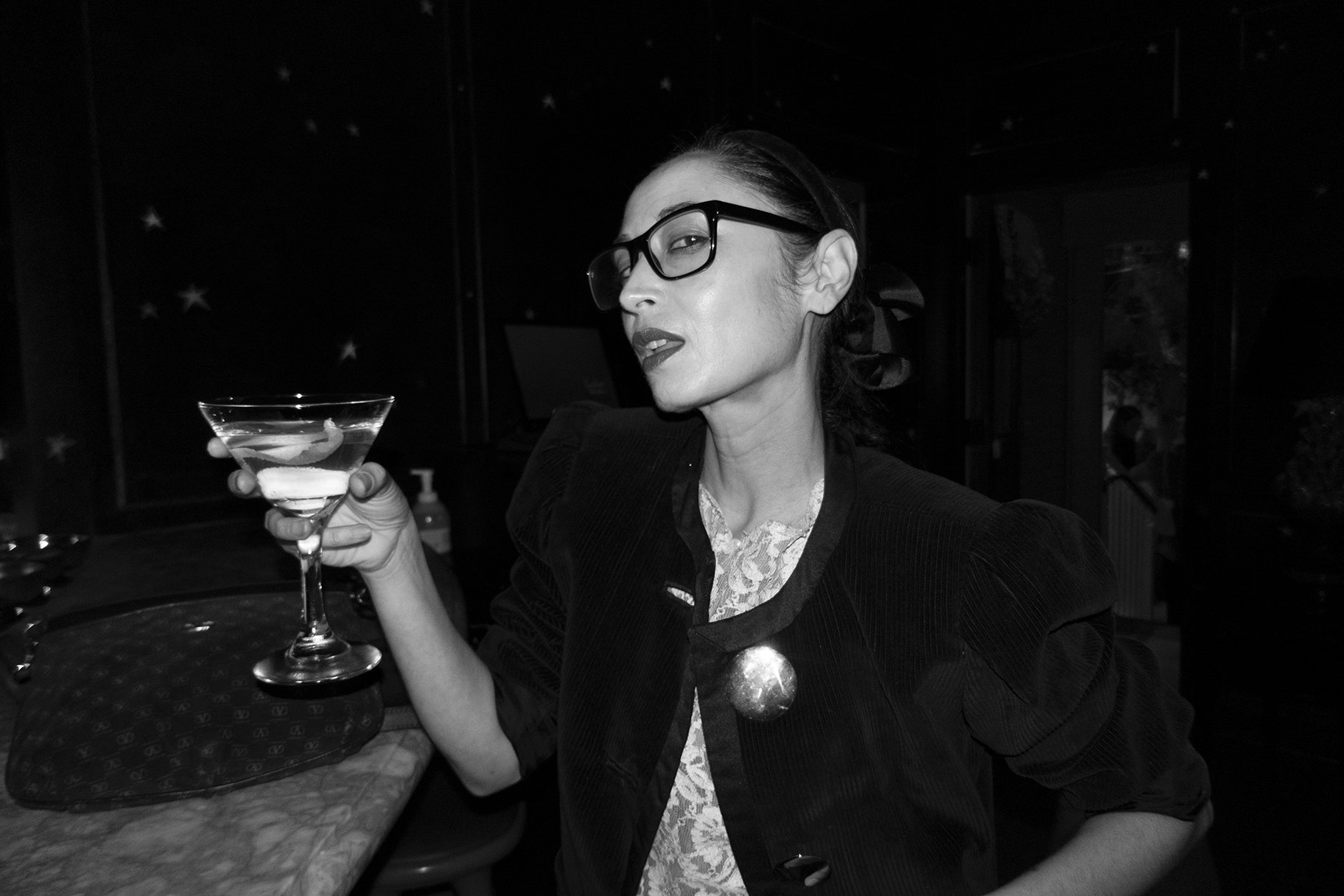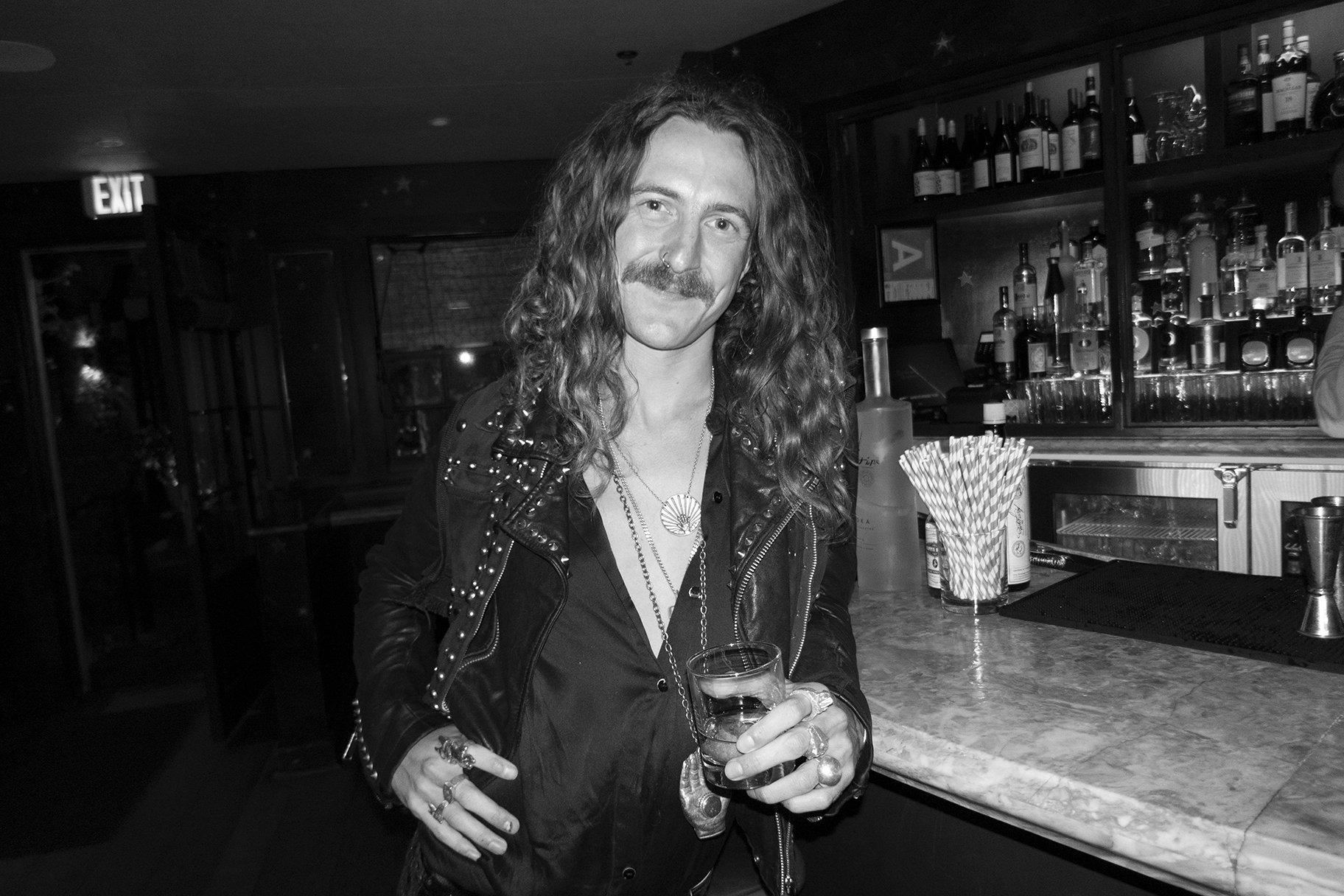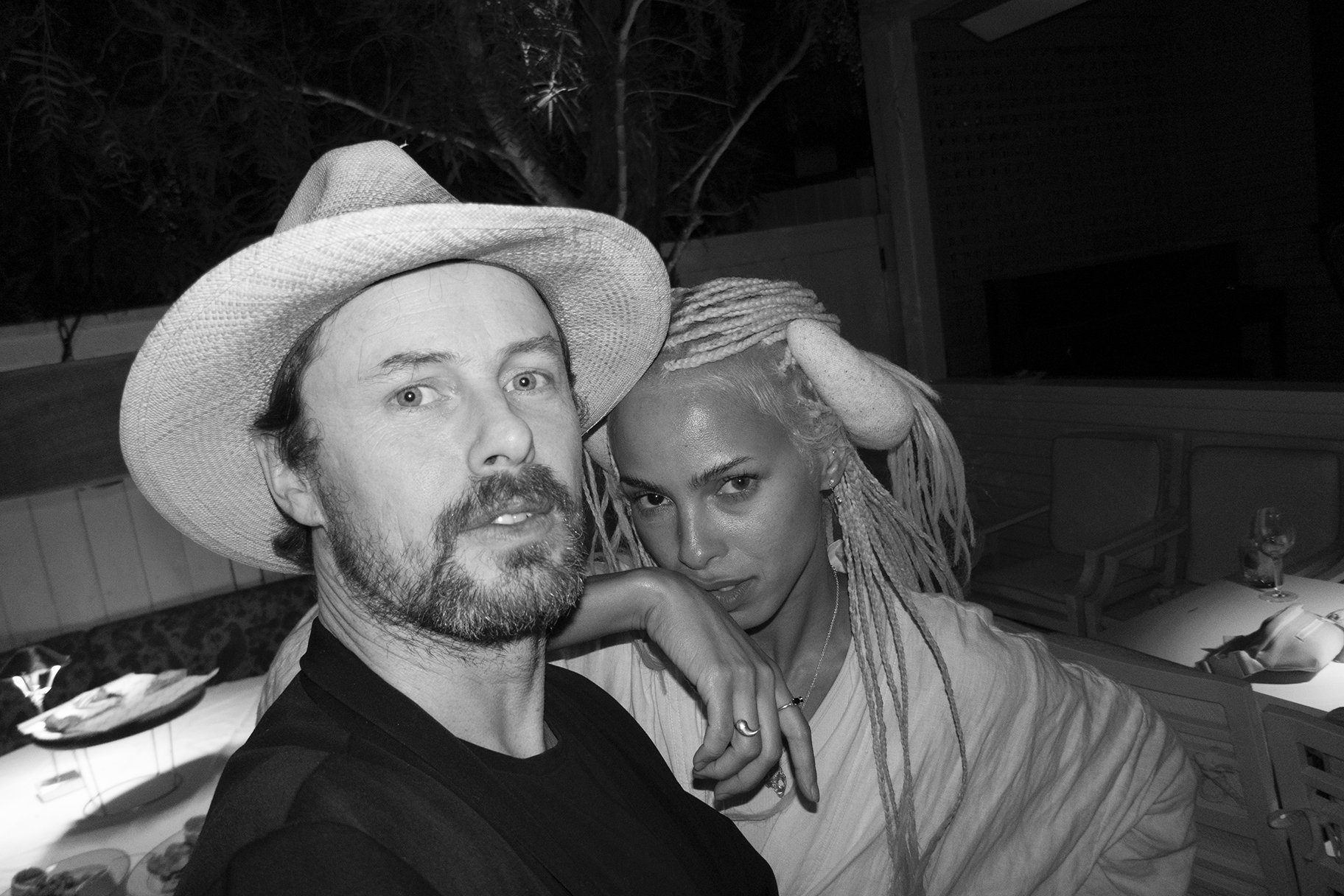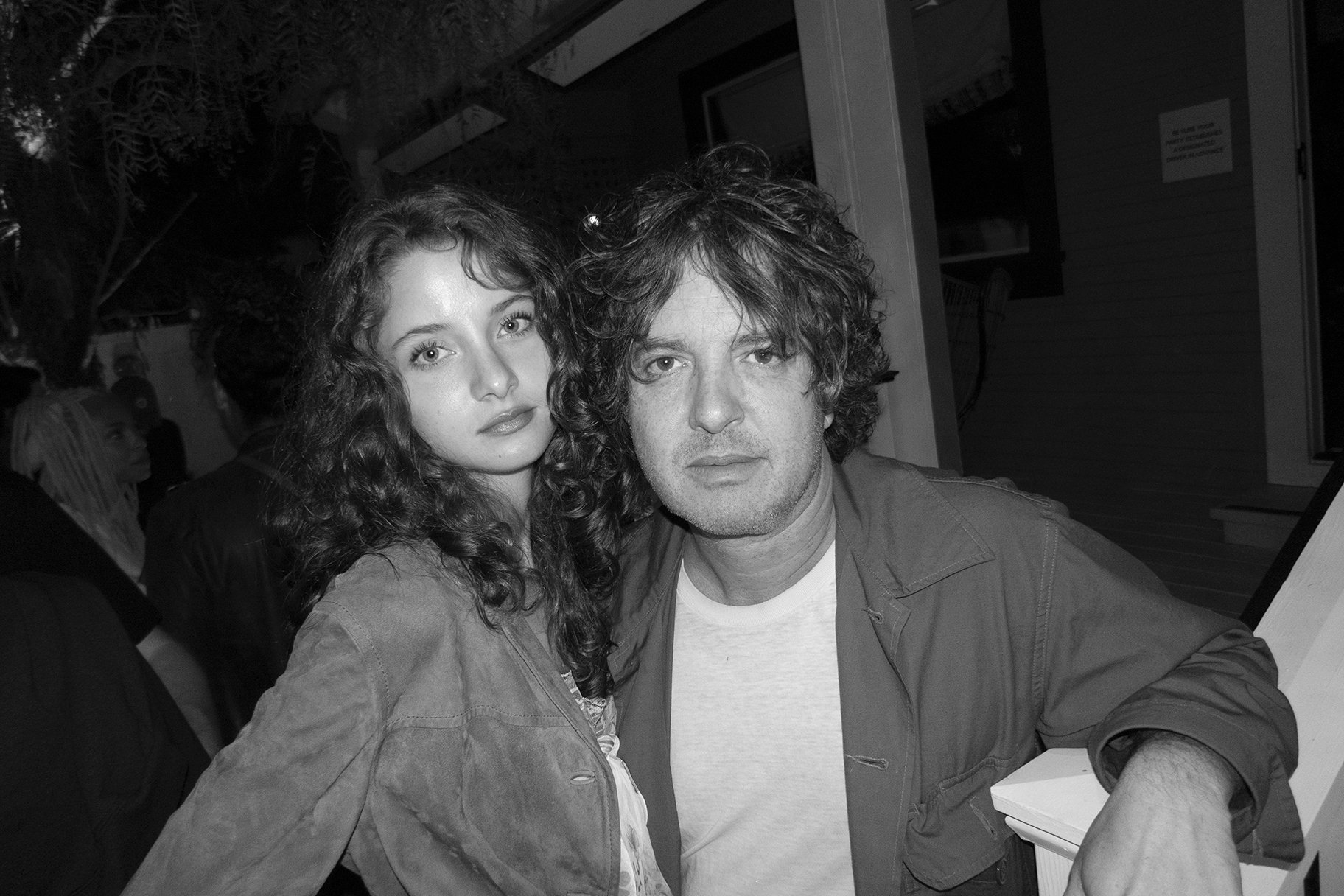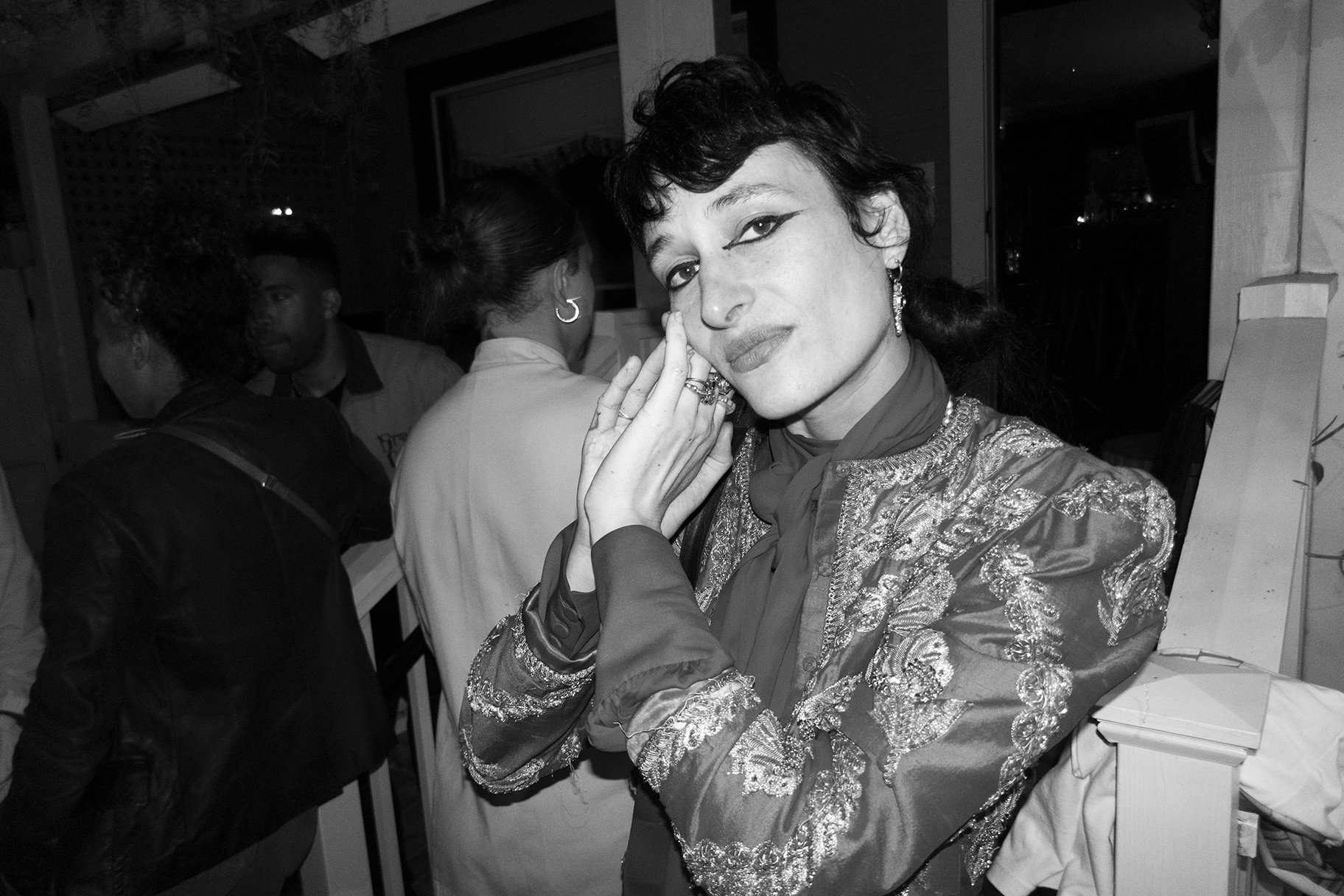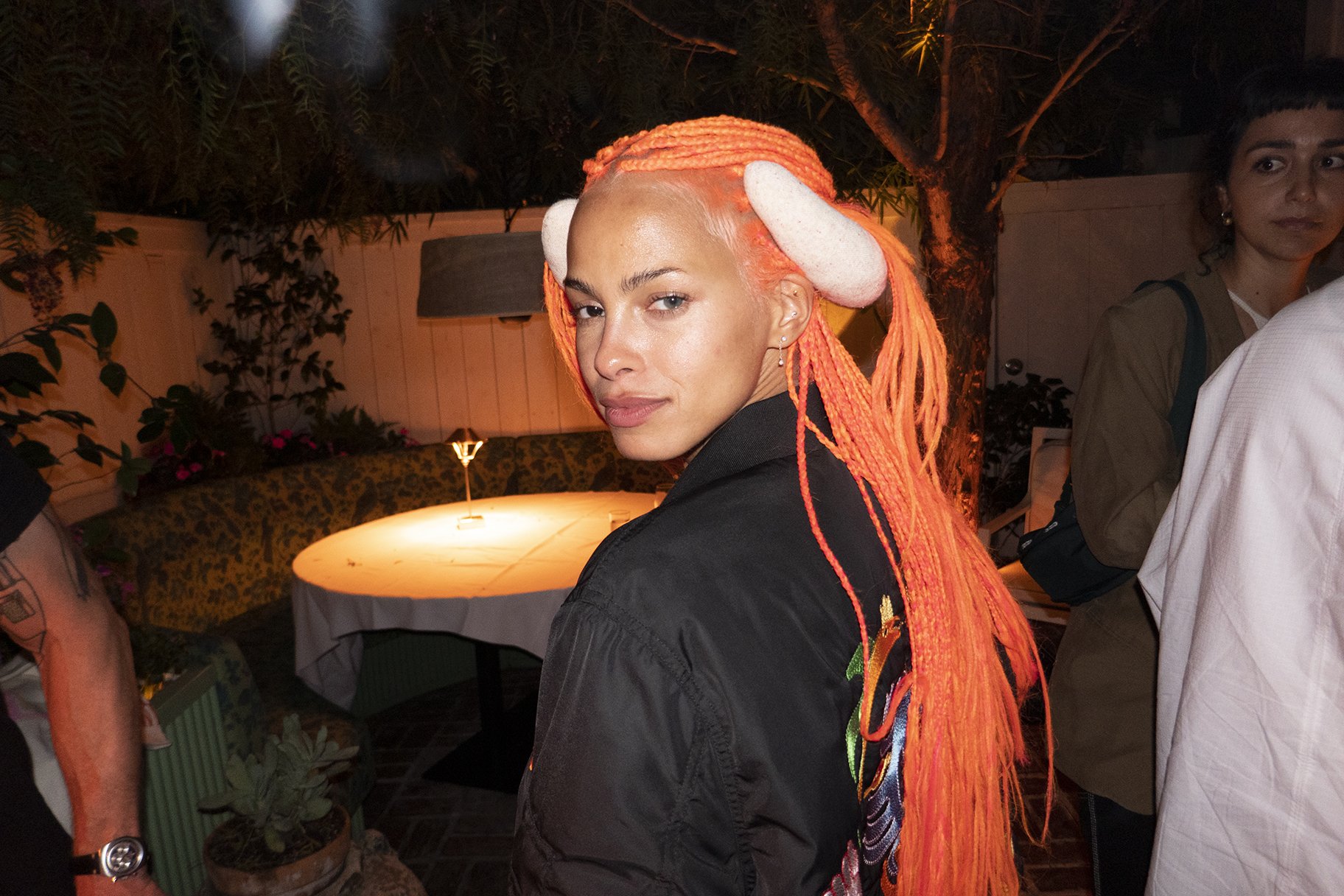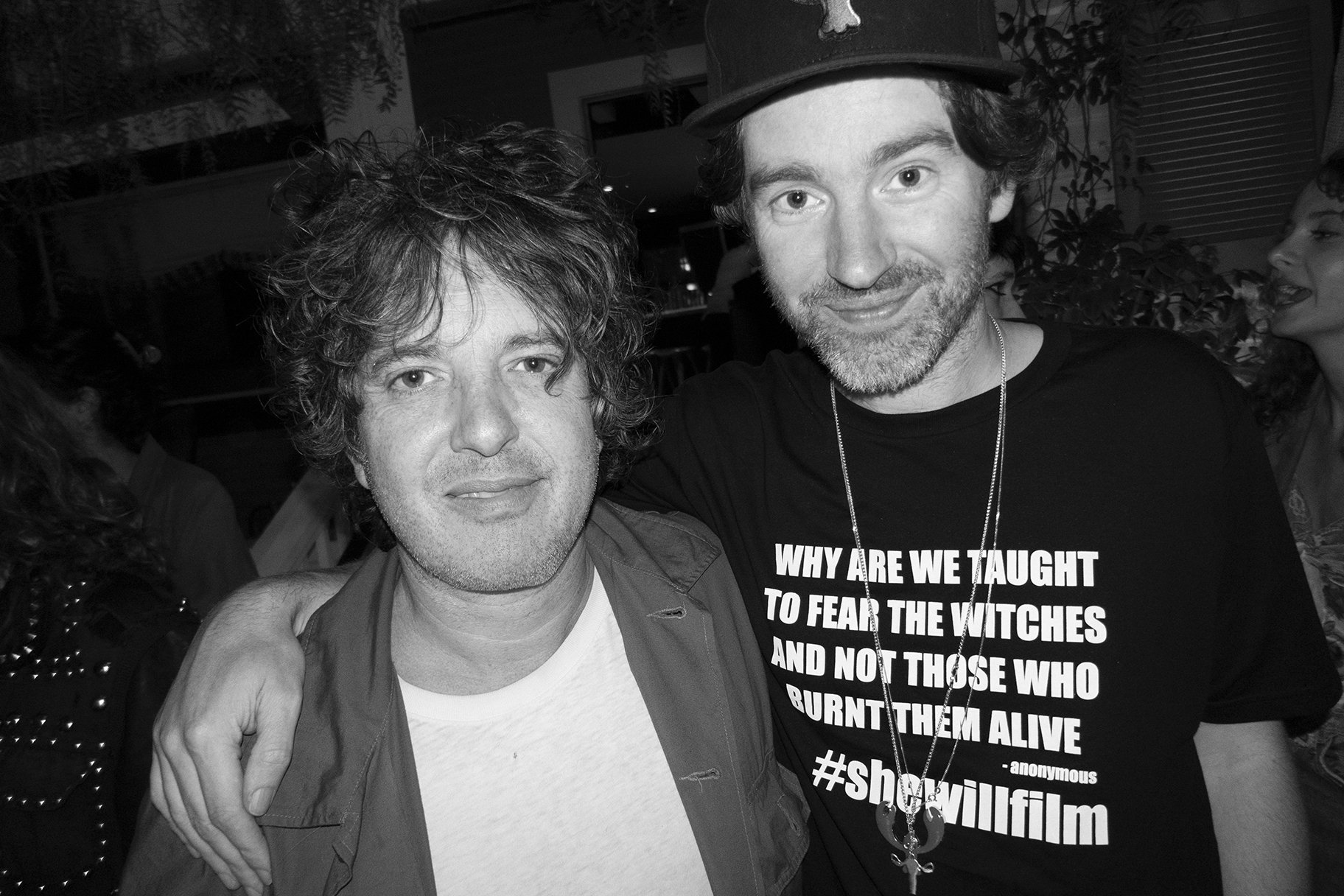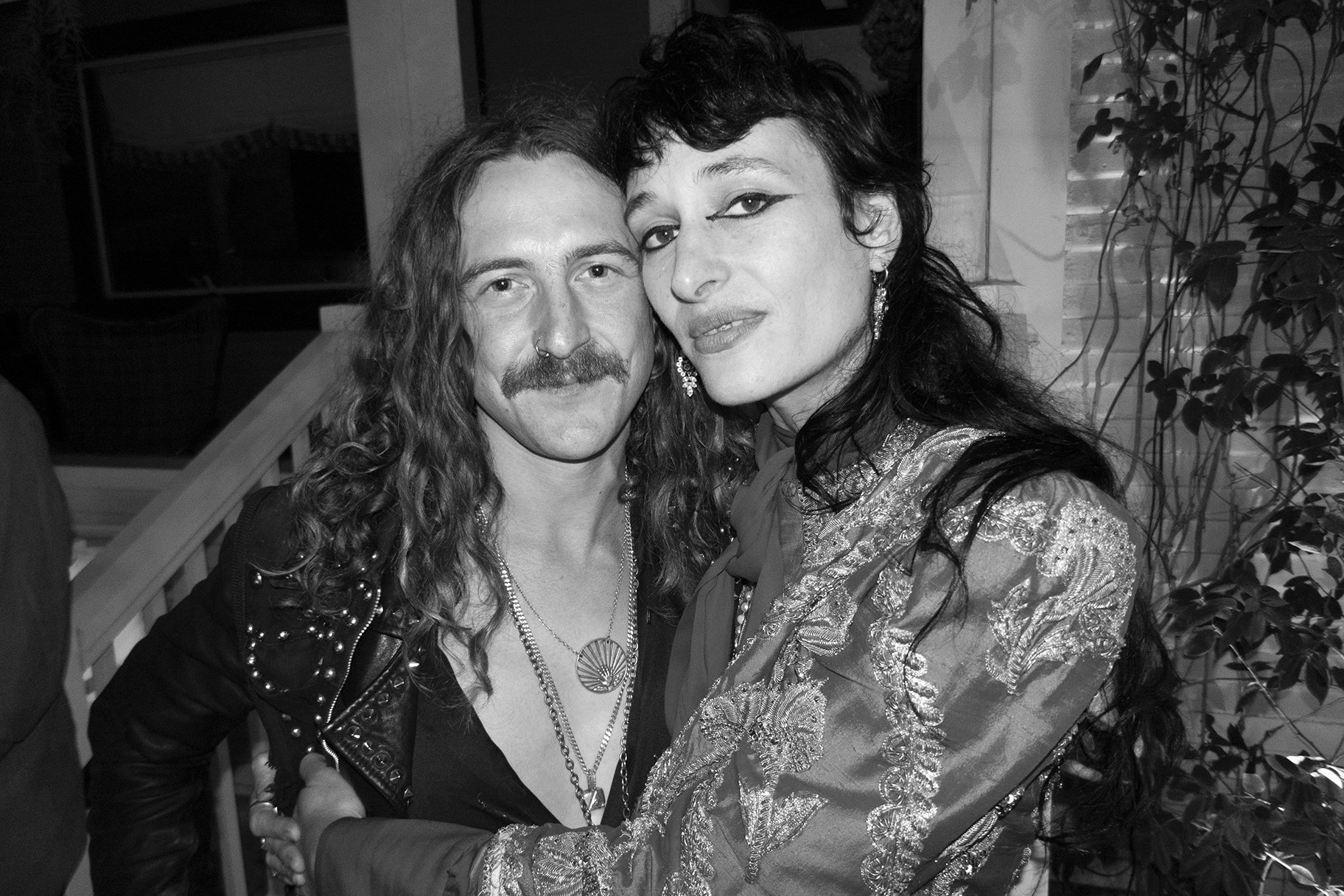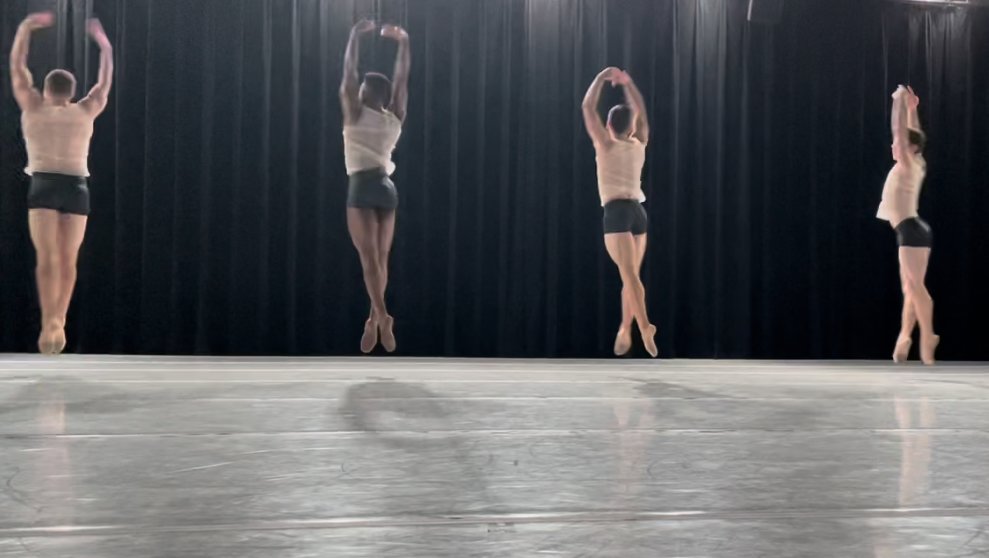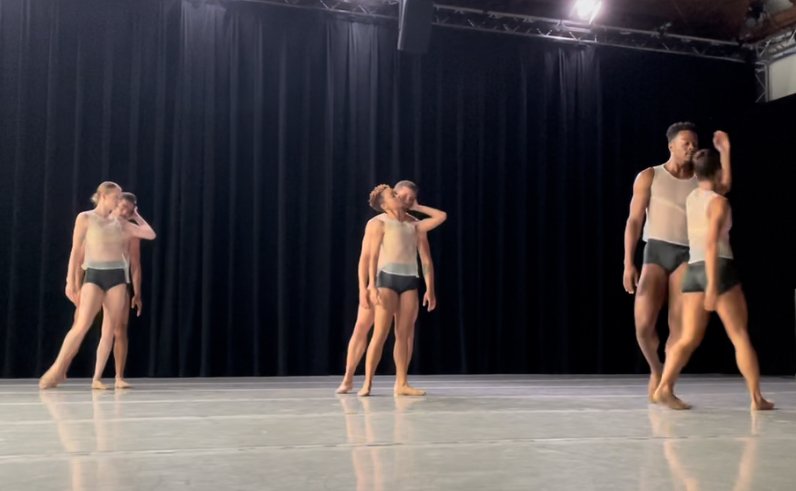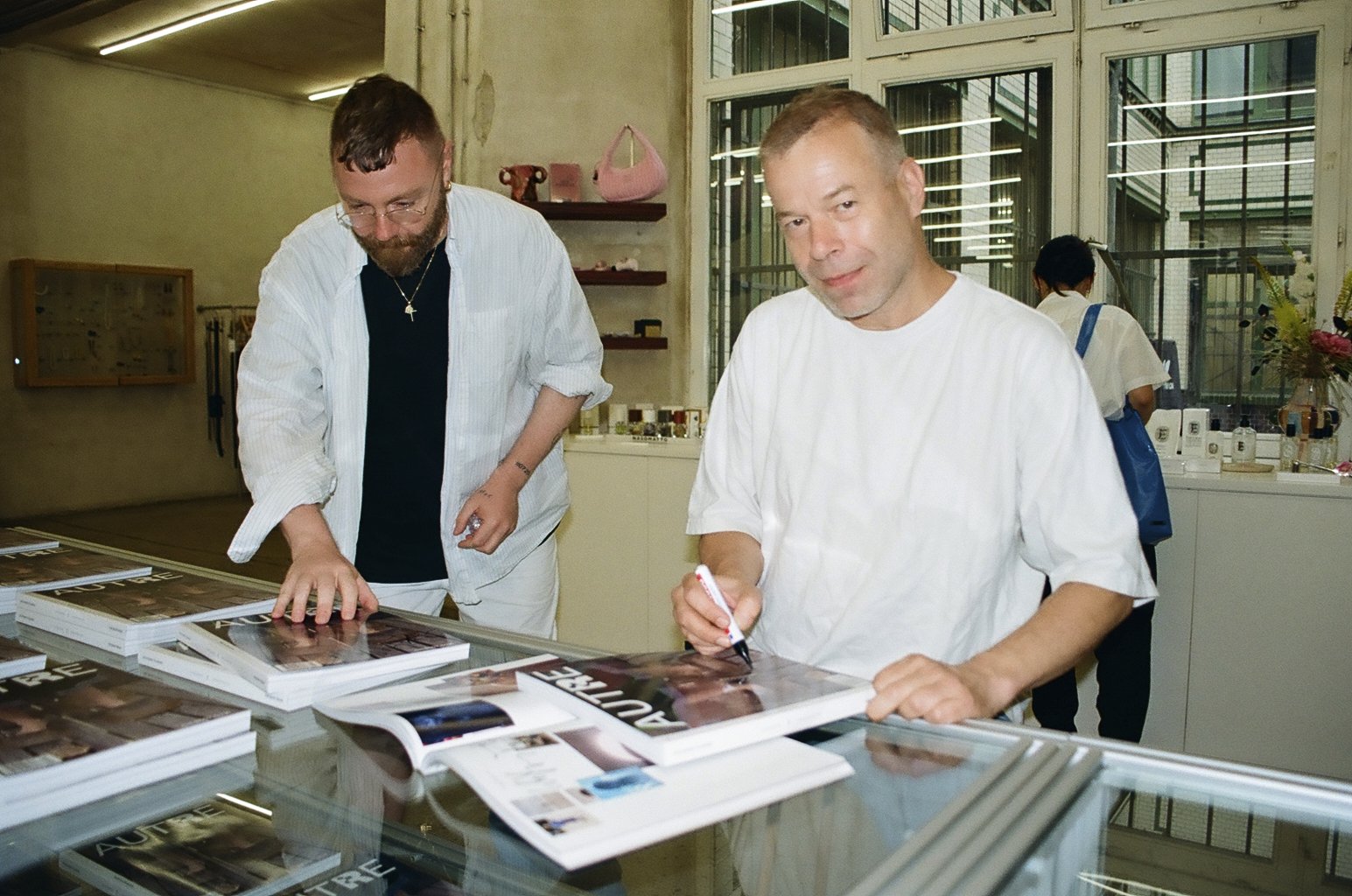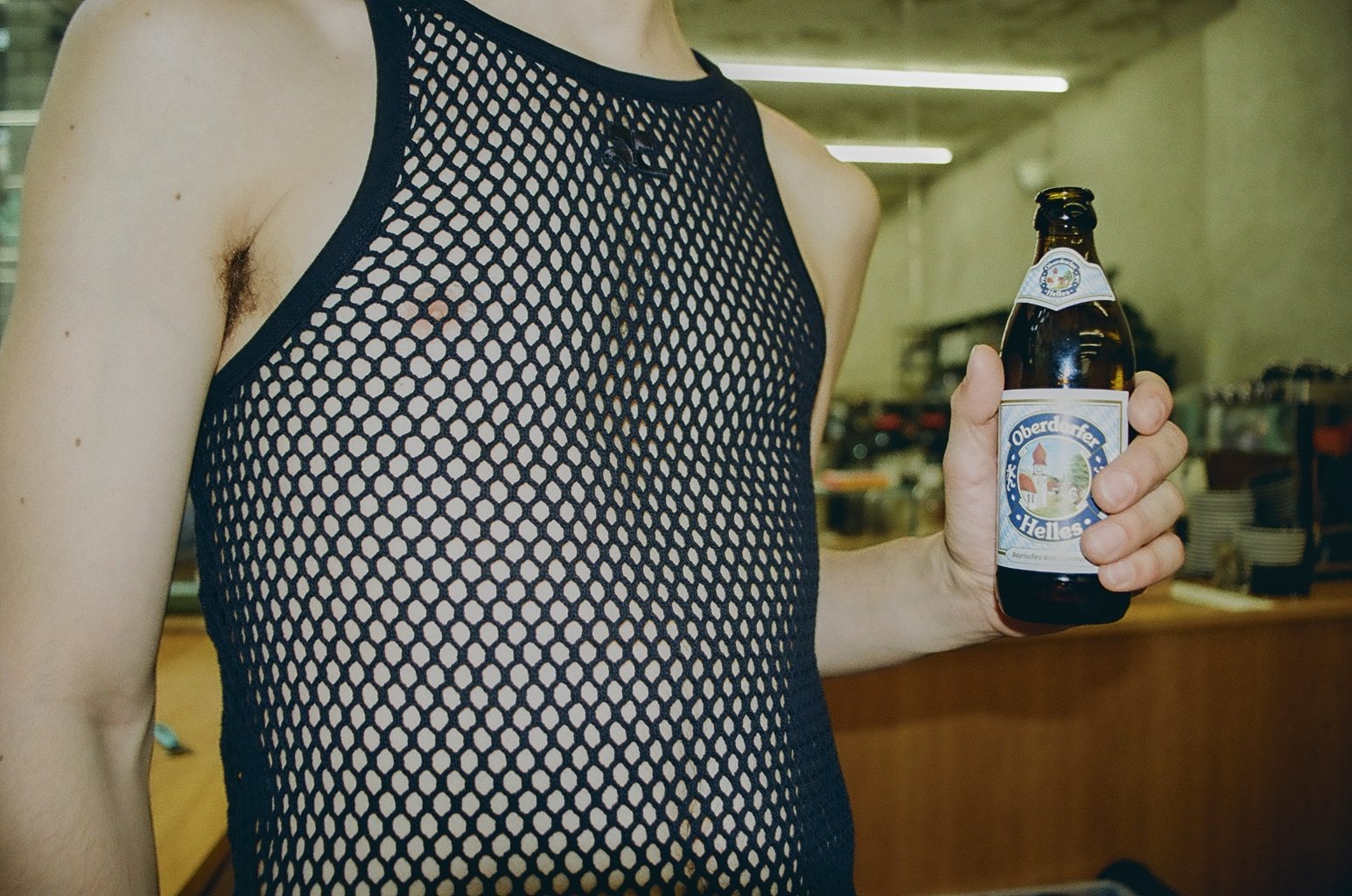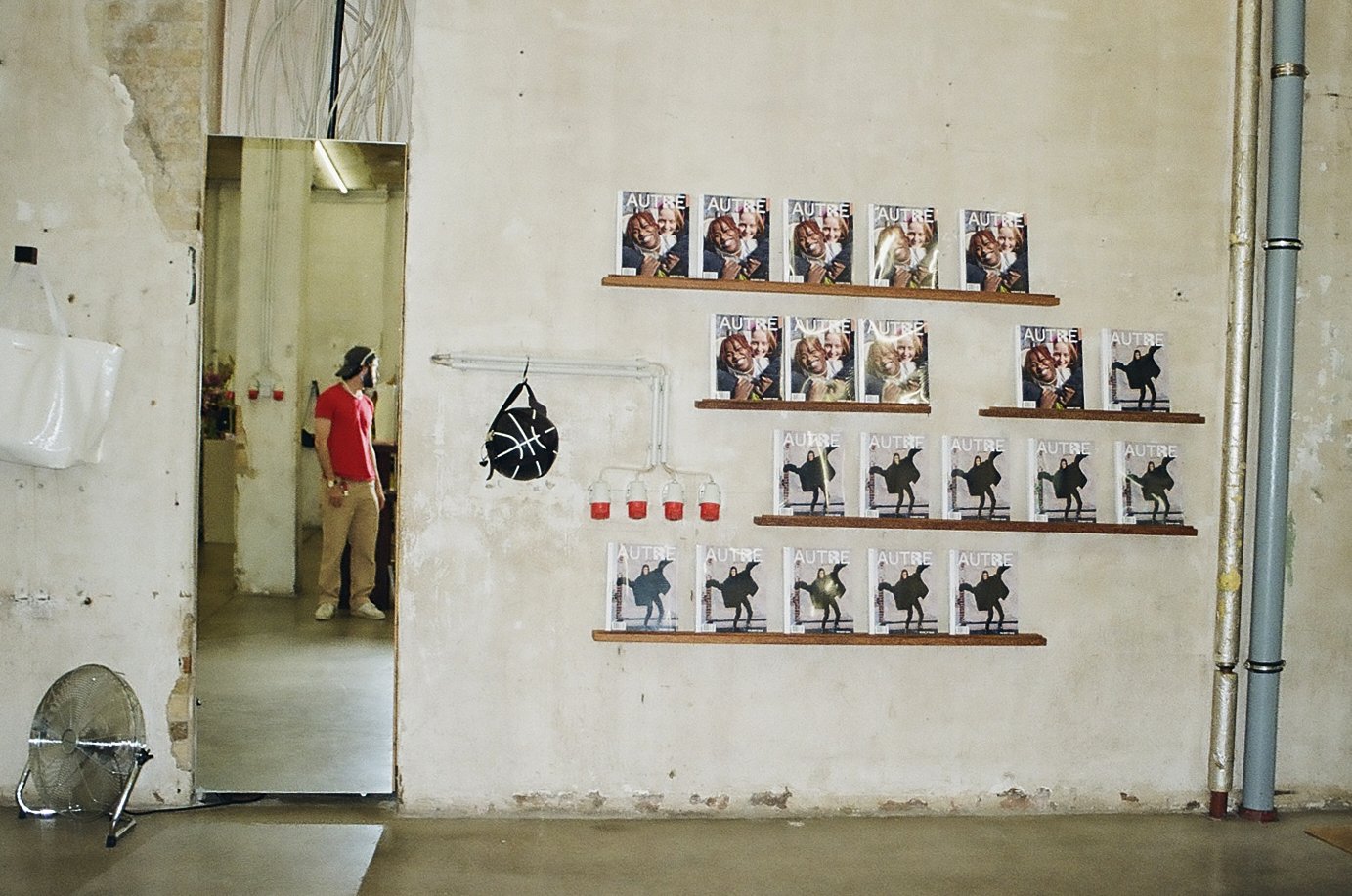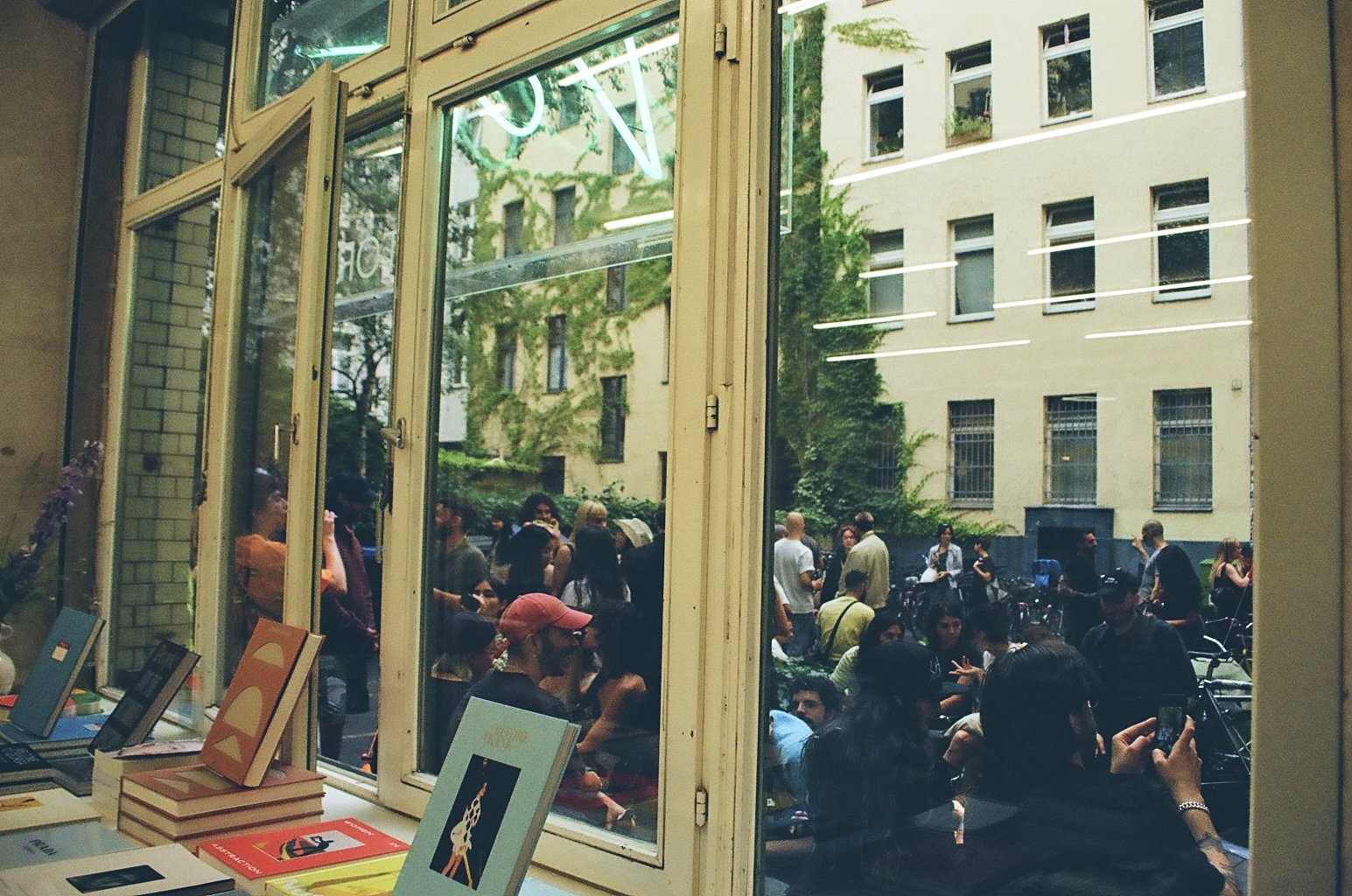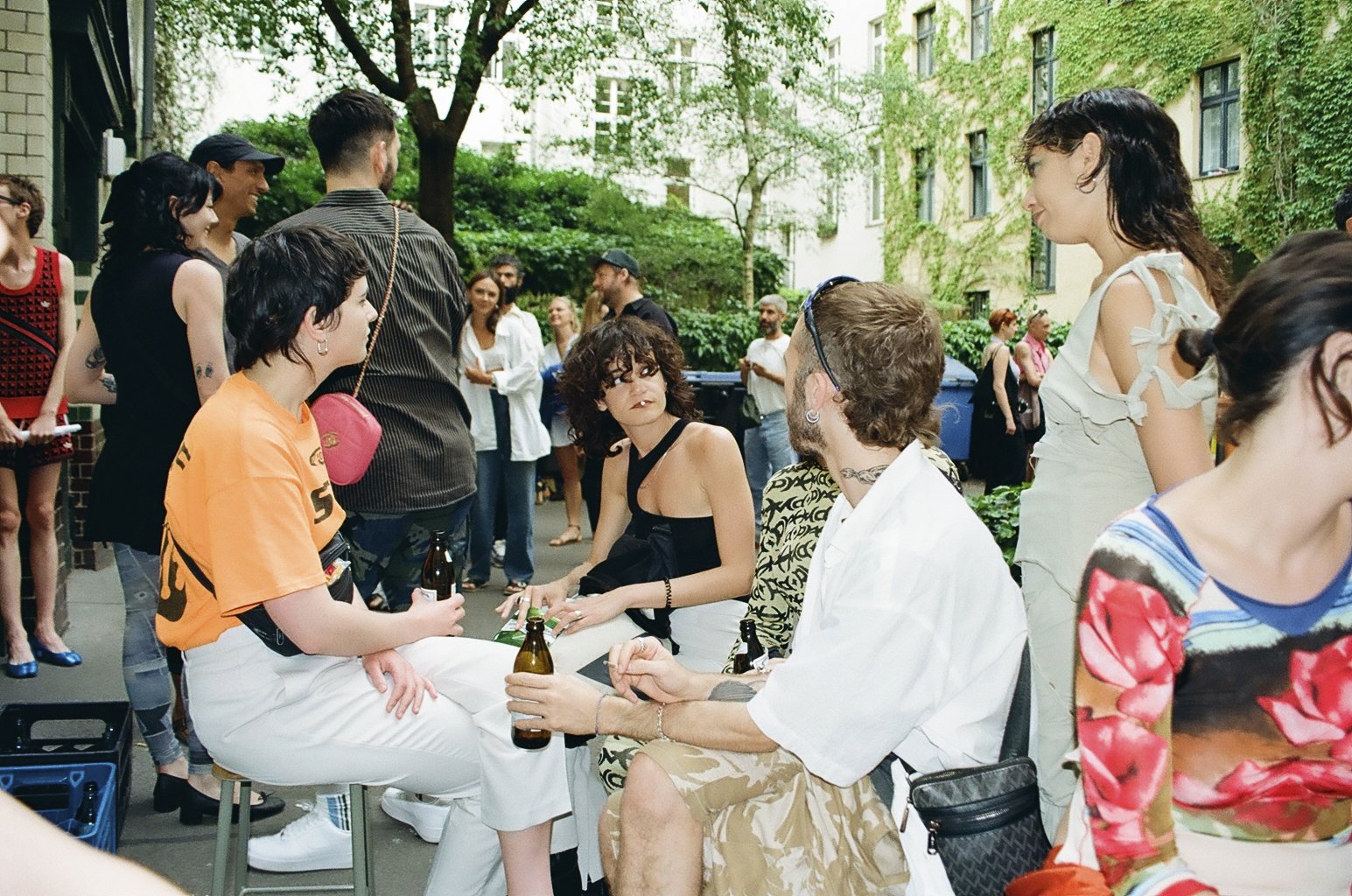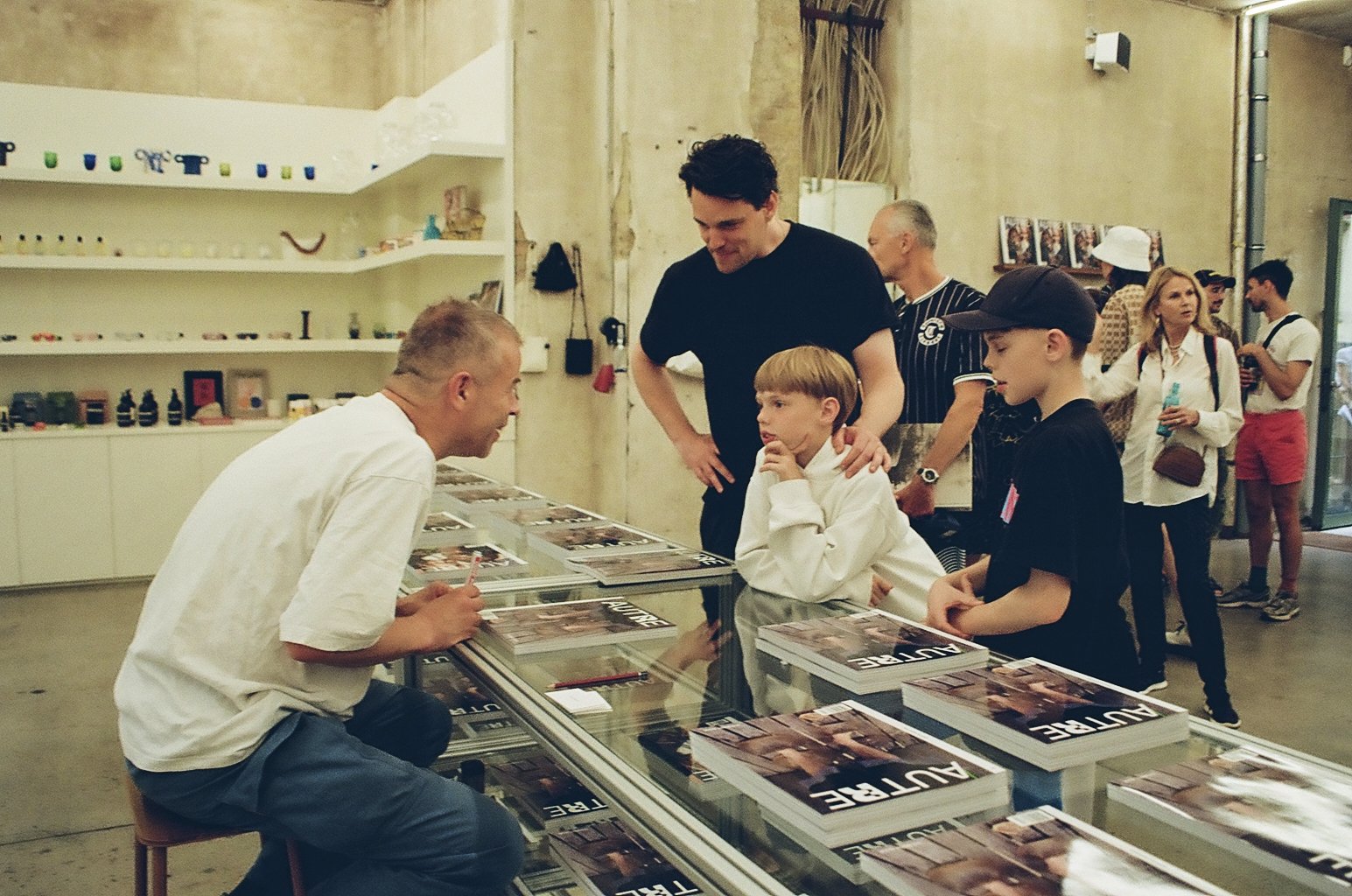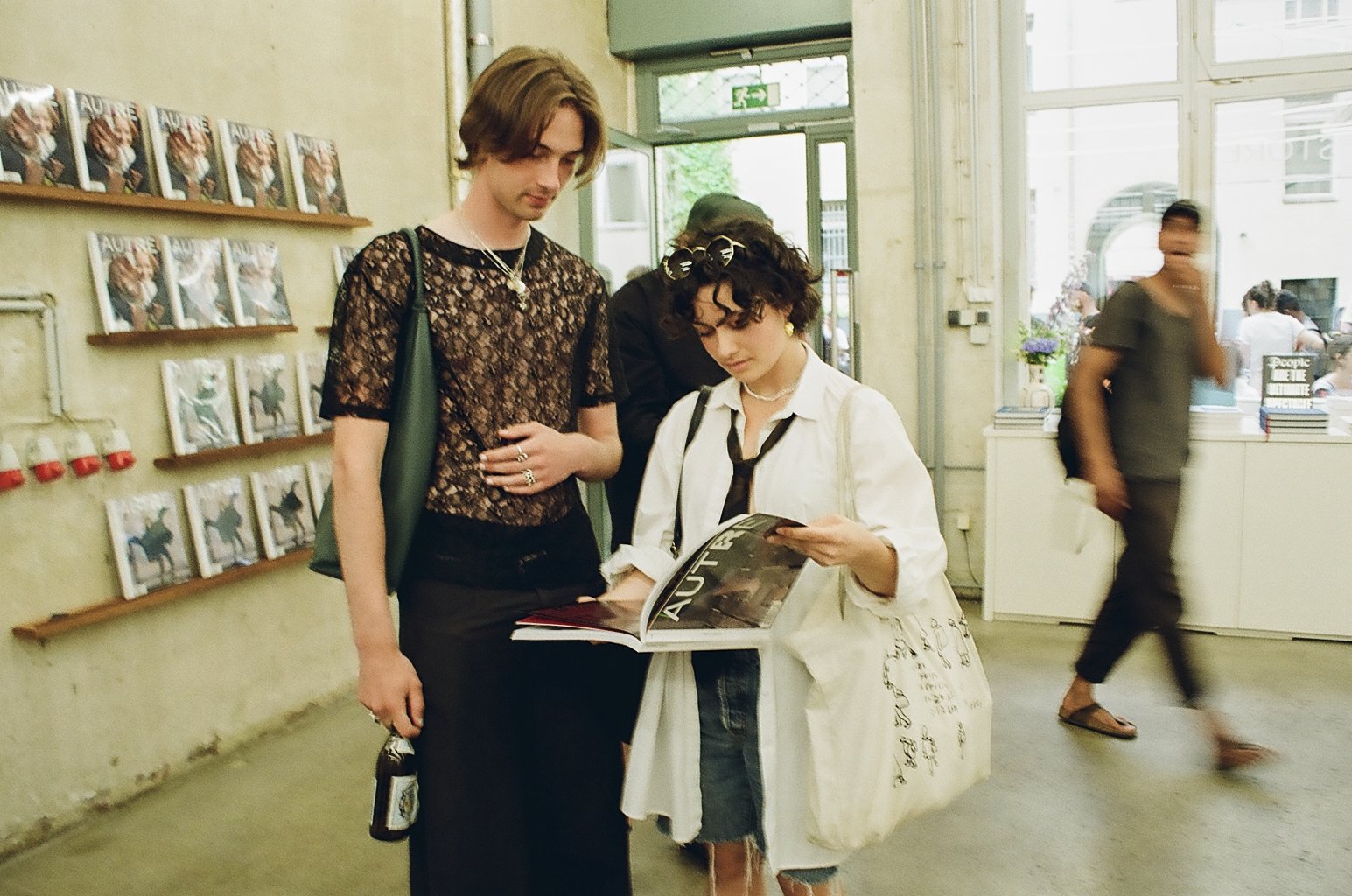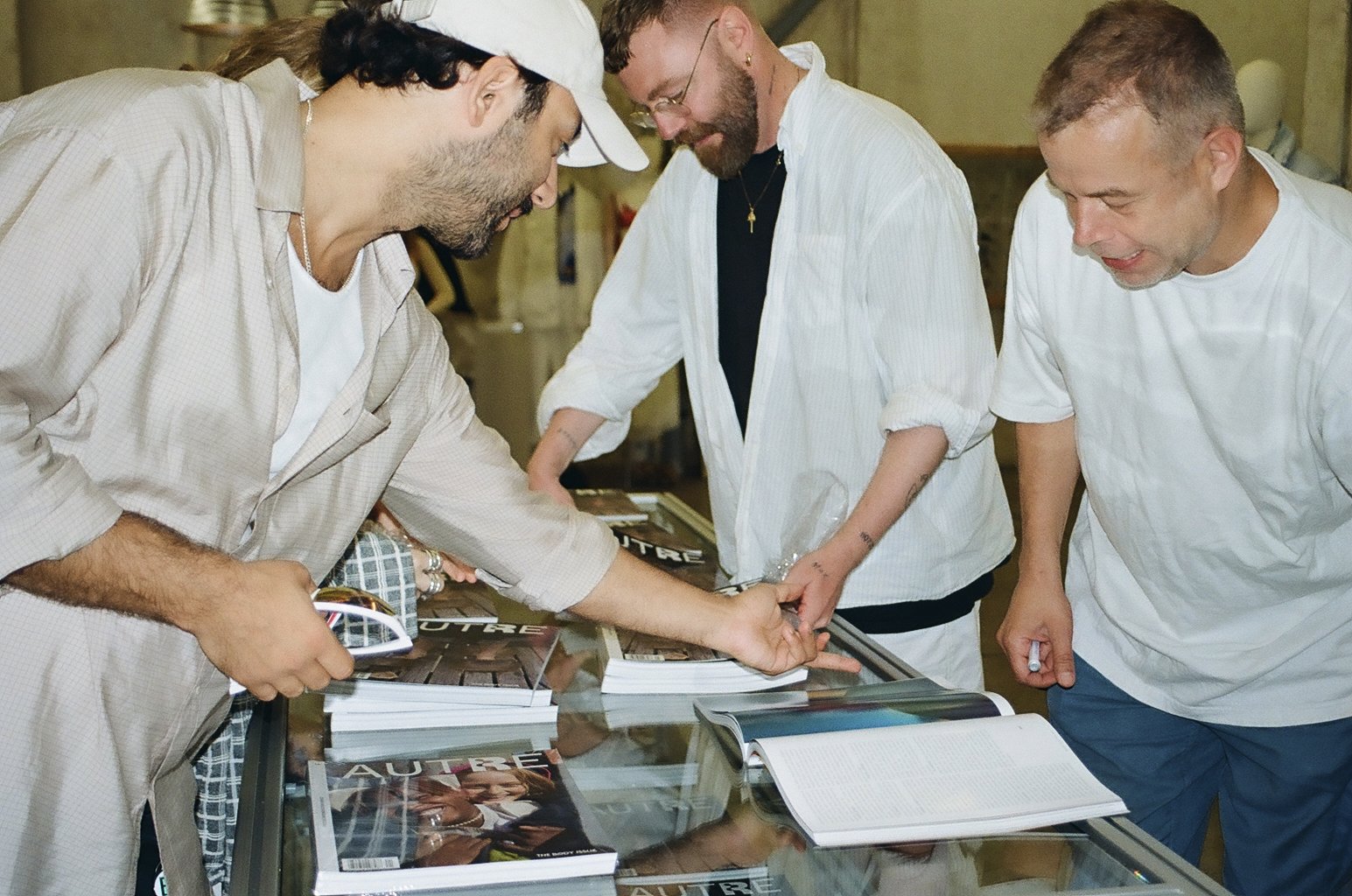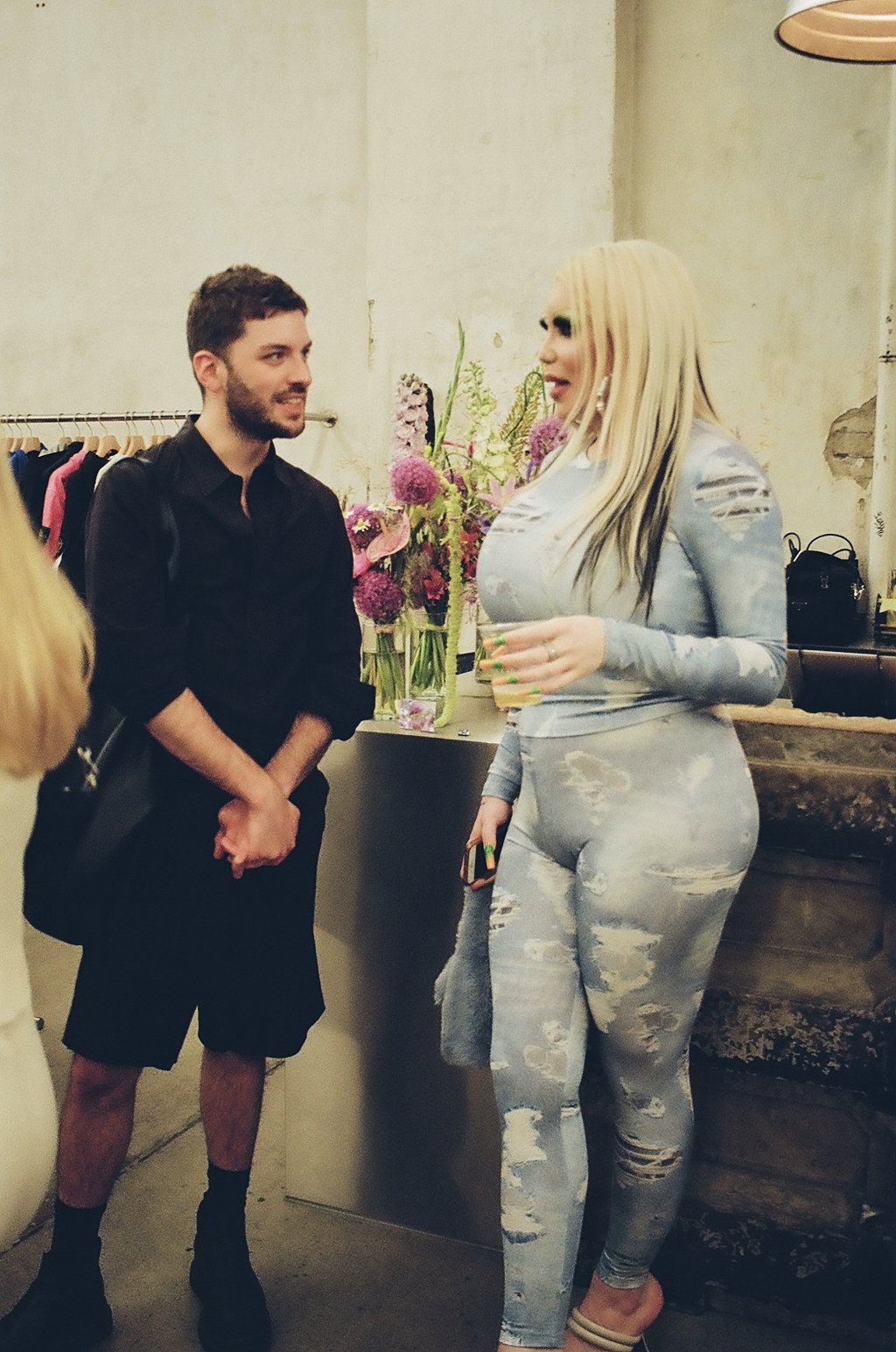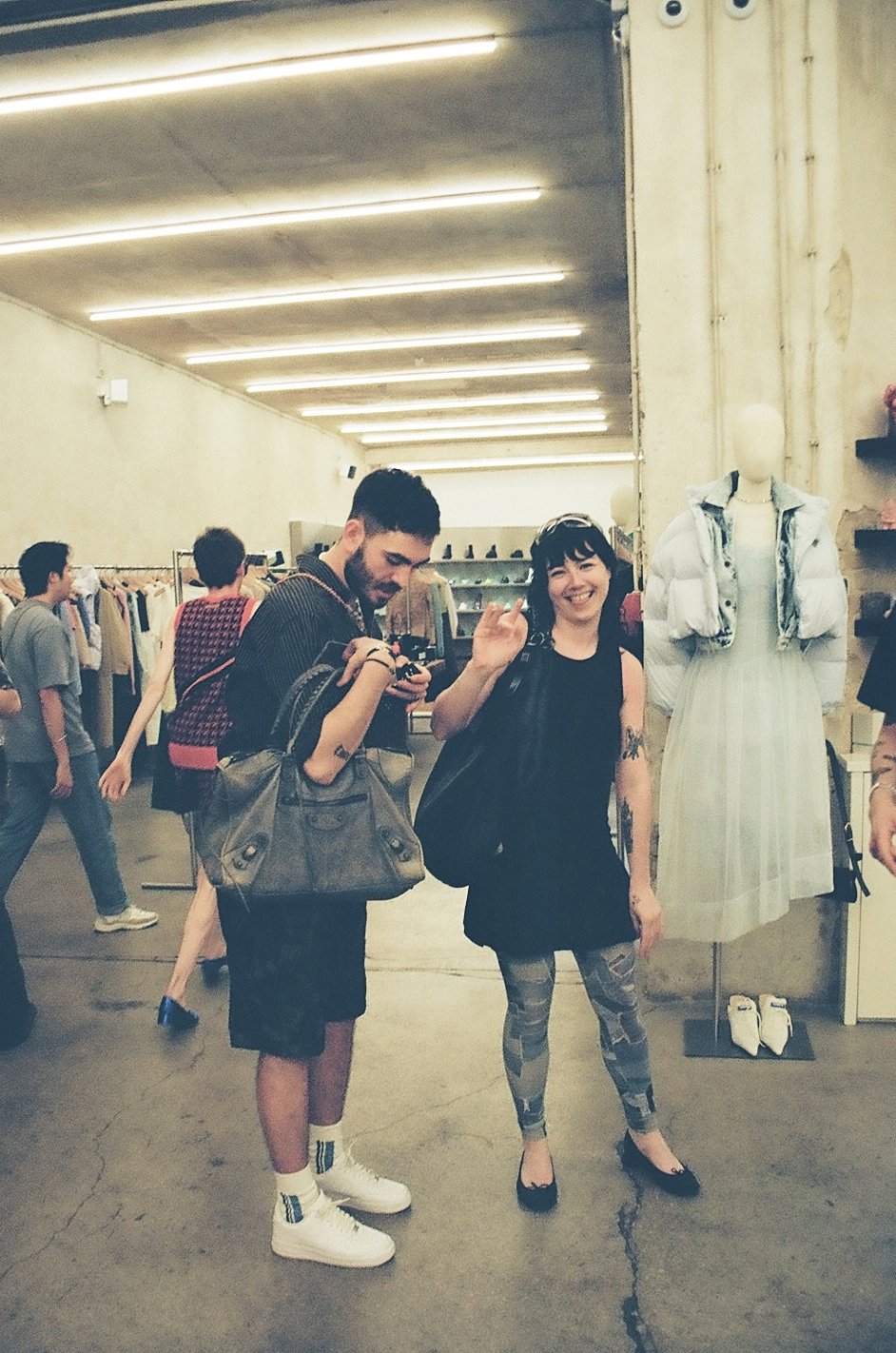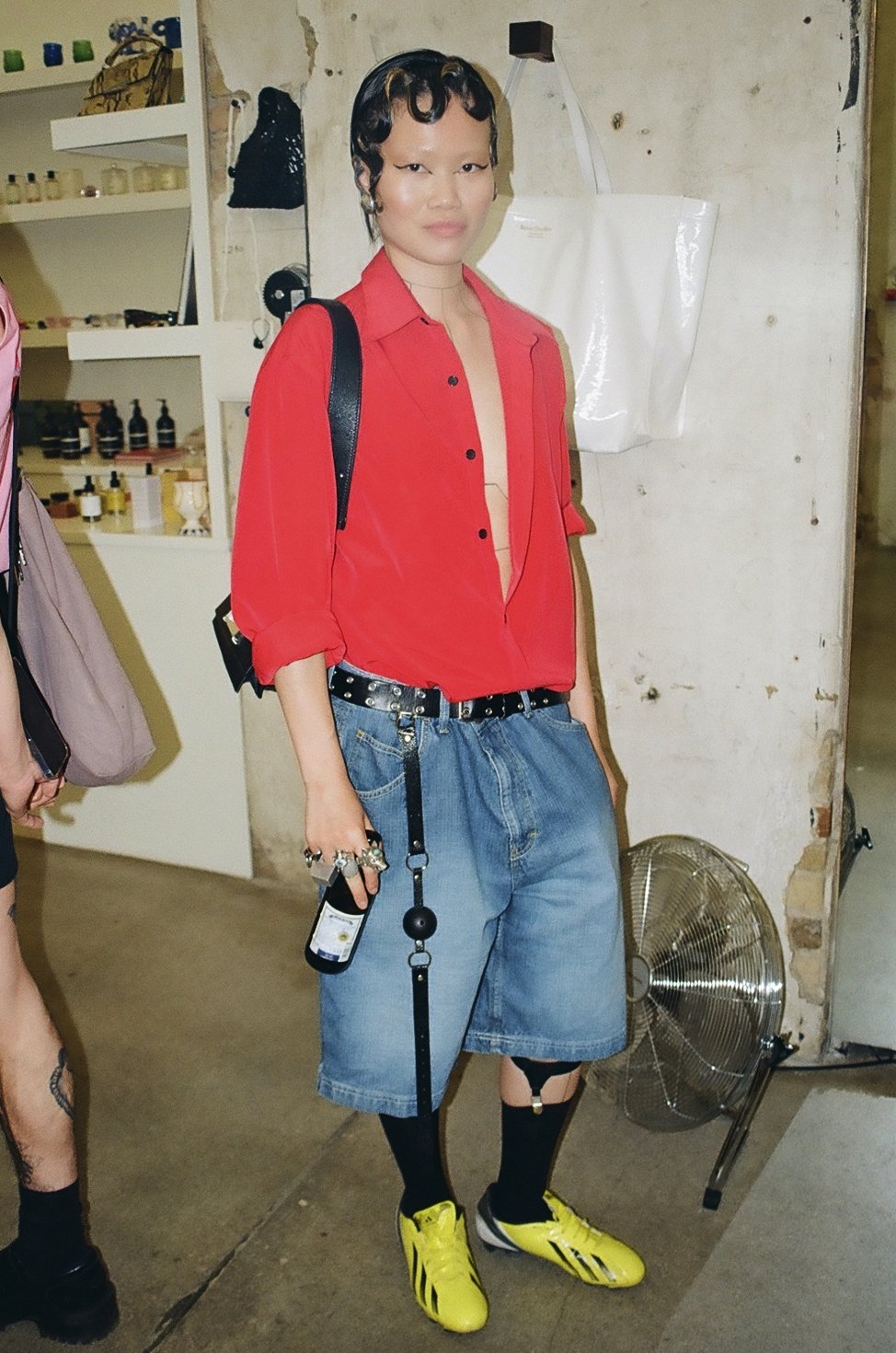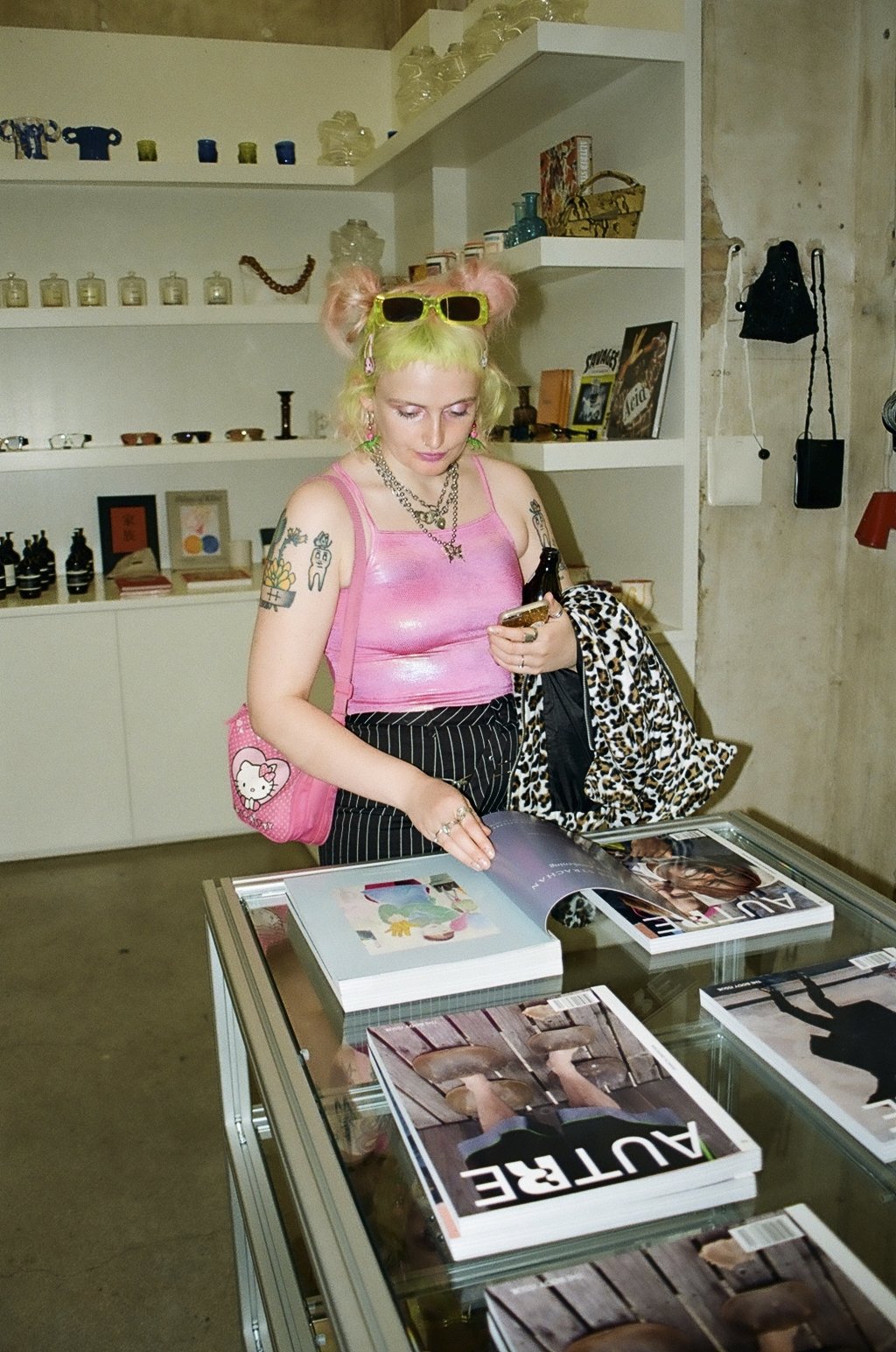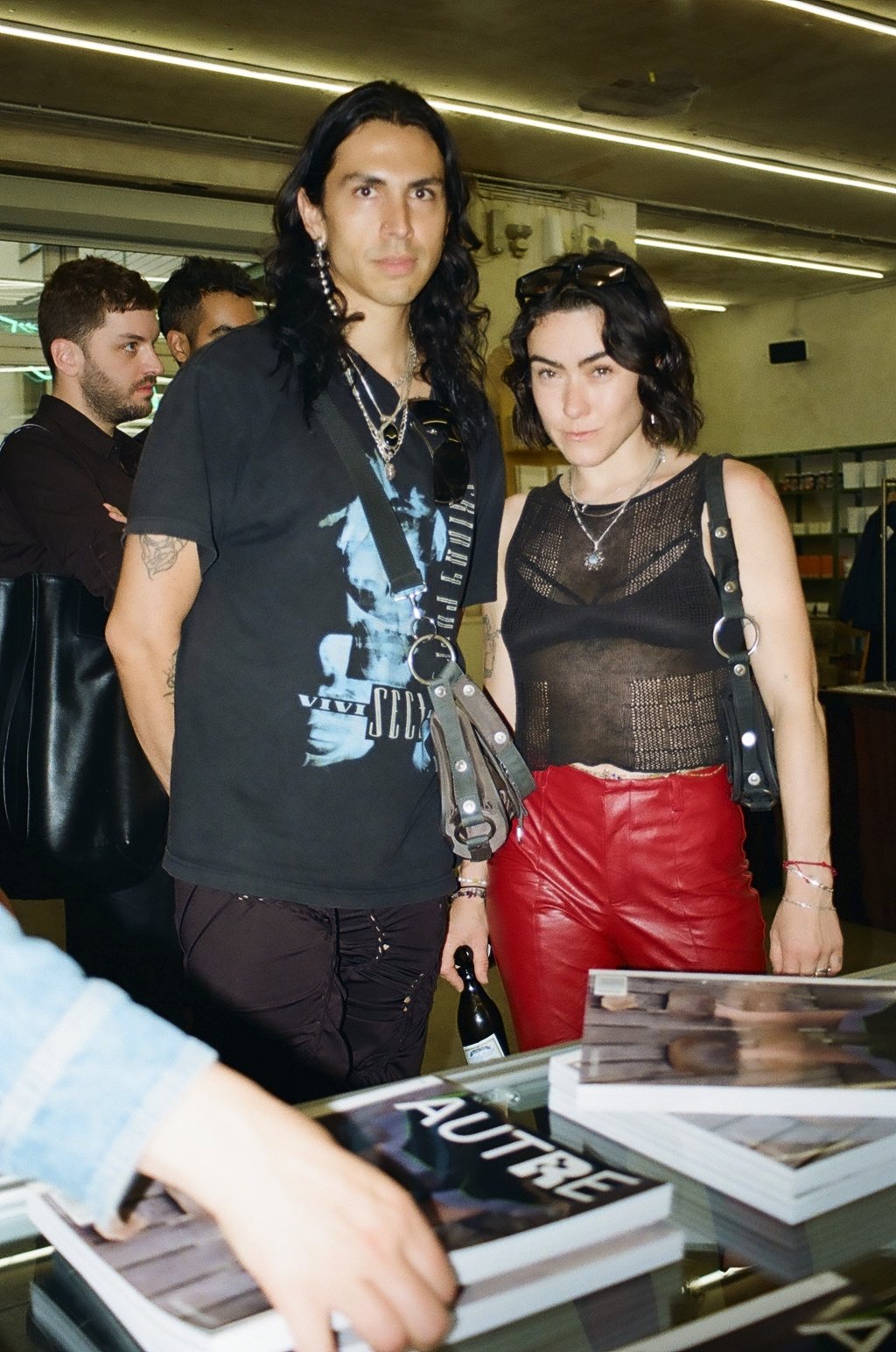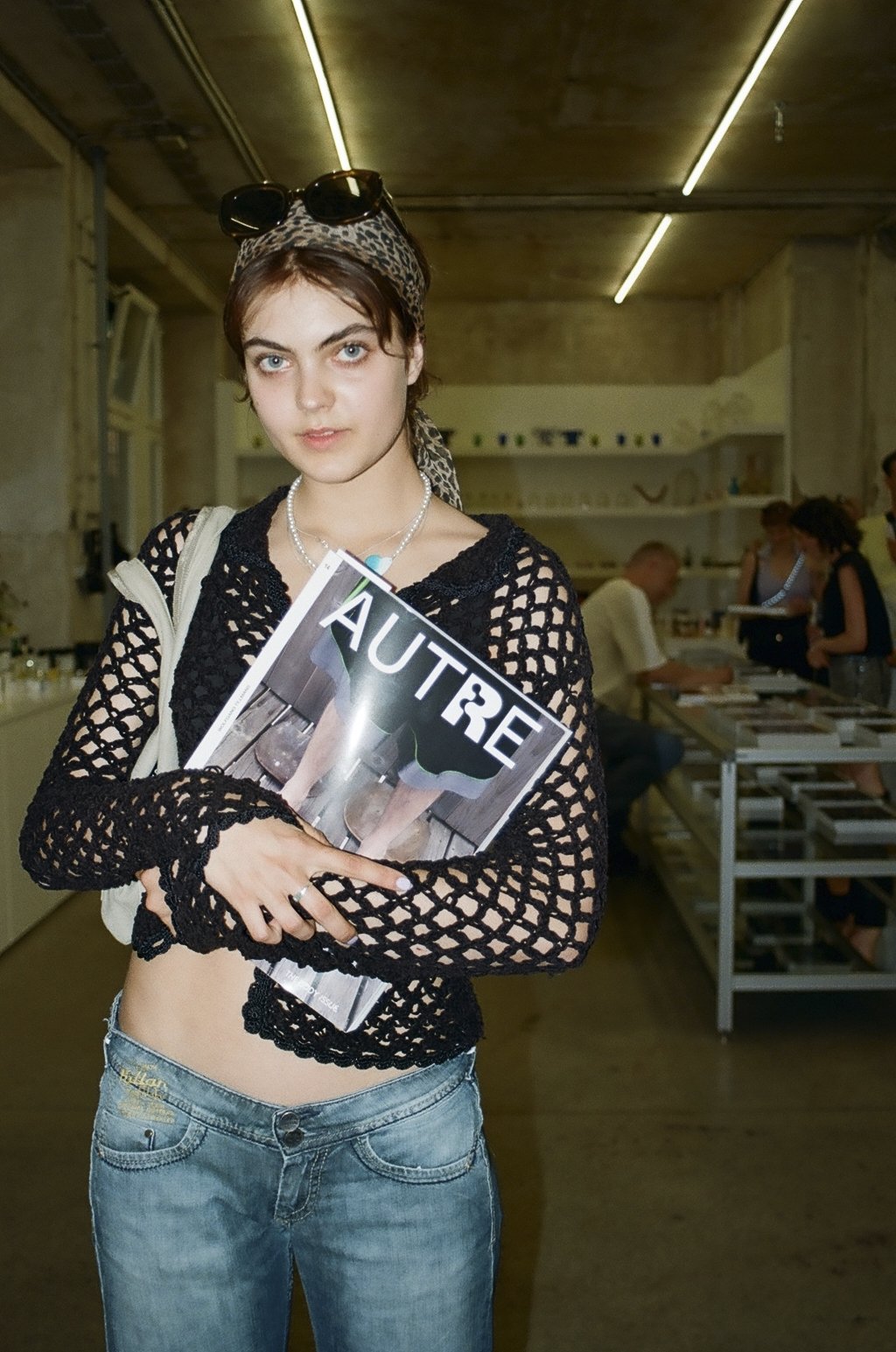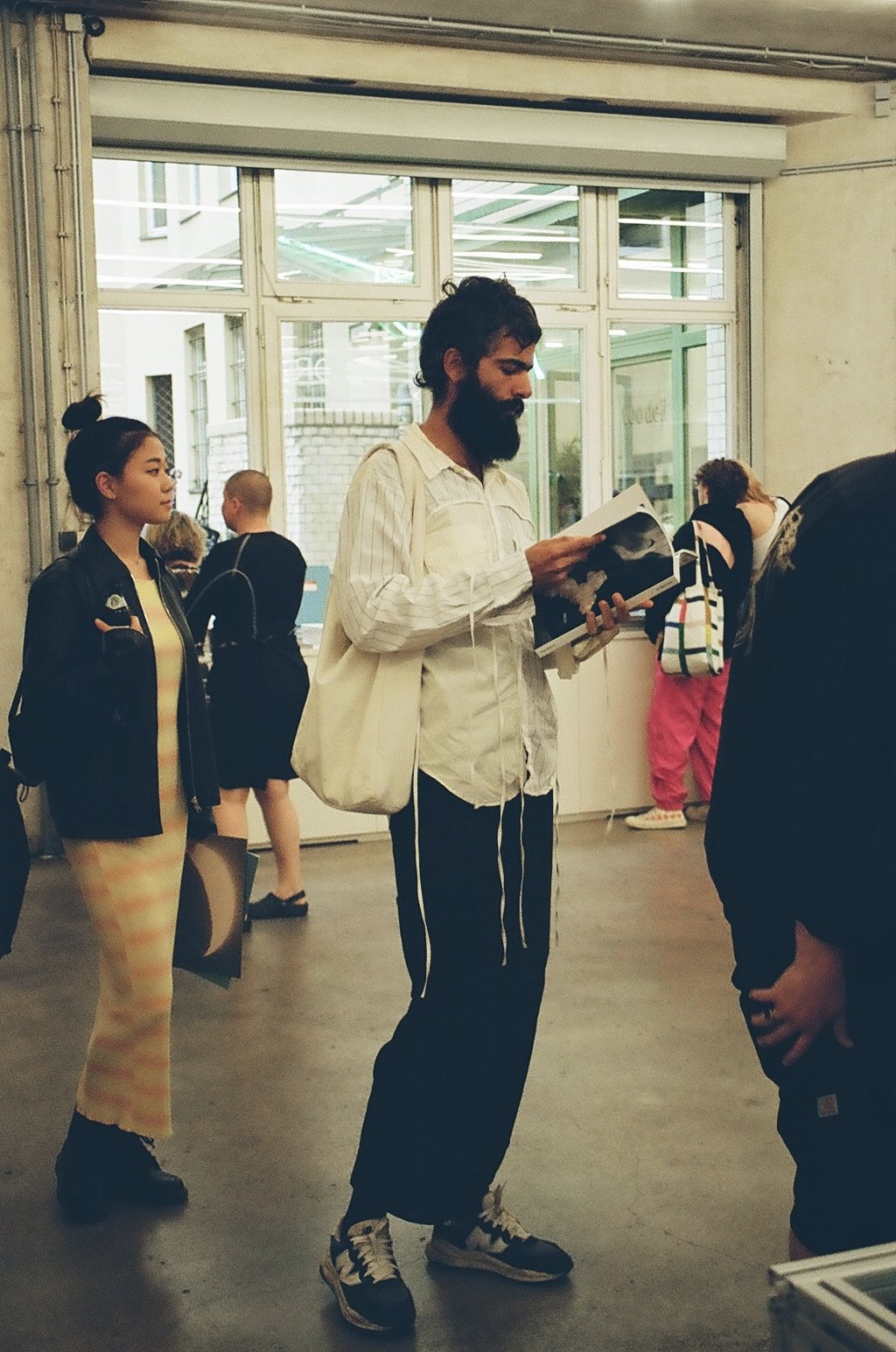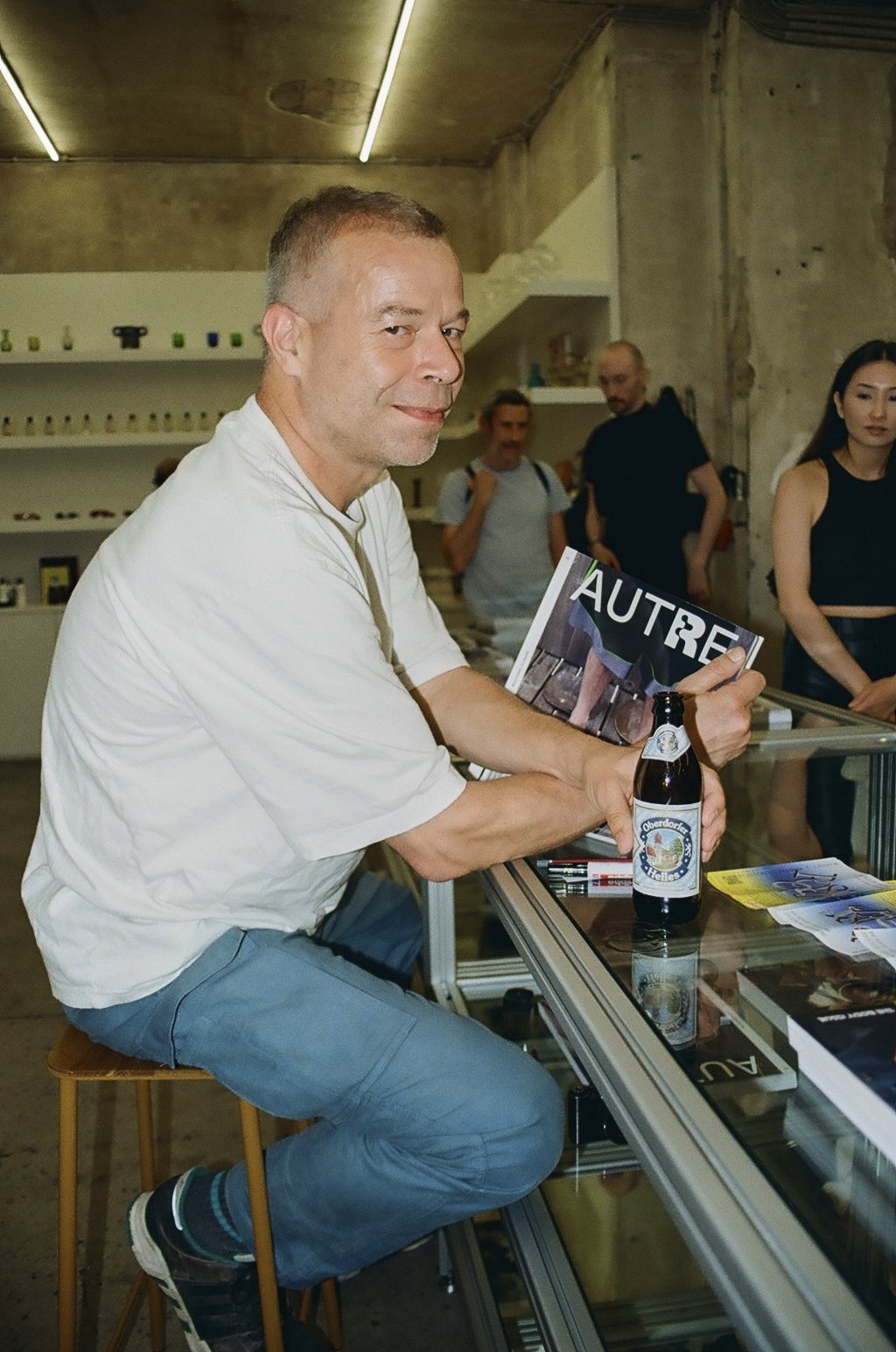Elena Hoskyns-Abrahall (b. 1998, Edinburgh, Scotland) is a non-binary artist who lives and works in London. Elena's practice spans a wide variety of ideas and methods, however, they work predominantly in sculpture and performance, looking at themes relating to gender, identity politics and queer theory. Looking at the world through the lens of abjection, Elena uses this as a tool for exploring their human experience. Whether it be through objects or performance, the bodily and the repulsive become excellent tools for exploring the dysphoric nature of the human condition.
Janina Frye (b. 1987, Neuwied, Germany) lives and works in Amsterdam and Leiden. Frye studied at AKV St. Joost in 's-Hertogenbosch in the Netherlands and the Royal College of Art in London. In 2020, she was a participant at the EKWC (European Ceramic Workshop Center) in Oisterwijk, NL. Her work has been exhibited at Arti et Amicitae, Amsterdam, among others; First Site, Colchester; Old Operation Theater Museum, London; Onomatopee, Eindhoven; P/////ACT, Amsterdam; Stedelijk Museum, 's-Hertogenbosch; Saatchi Gallery, London and South London Gallery, London. On the 17th of September, her upcoming solo show is opening at Kunstverein Friedrichshafen, Germany. Janina Frye’s sculptures and installations present a concept of the human – a transformative system with connections, overlaps, and entanglements linking the body to the outside world. Through the lens of new materialistic and systemic theories and personal observations, she posits that the human skin is not a border, but an interface with the outside world. Moreover, Frye is interested in 'the invisible,' where immaterial and imaginary entities, fictions, phantoms, and emergent processes influence our bodily cognitions and perceptions.
Sophie Cunningham (b. 1992, West Midlands, UK) is a London-based artist. Her work is an exploration of the irrational psychology behind the expediency and disposability of Western shopping habits. She creates sculptural arrangements using fast-fashion ordered online, which last the duration of the retailer's return policy. When the sculpture ends, she sends the clothes back with a photographic reminder of the sculpture placed in the return parcel to push her artwork directly into the supply-chain. She tries to communicate with the brands with an ‘irrational’ consumer response to start a dialogue. Often, works are not acknowledged by brands – for instance, in her video work ‘Papier-mâché Boots’ she swaps returned products for Papier-mâché versions and still receives a full refund. These absurd activities aim to raise questions about the impact of over-consumption. Recent exhibitions and talks include her ‘Systems at the Seams’ showcase at Goldsmiths MFA Fine Art Degree Show (2022) and being a guest speaker for the V&A Museum series ‘Live Conversations: Designed to Make a Difference’ (2021).
Lucy Page (b. 1995, London, England) studied Fine Art & History of Art at Goldsmiths University, and she is now developing her own sculpture practice from her studio in London. Lucy is interested in the ways that we inhabit the domestic space, from small daily gestures and routines to the motion of our bodies within this environment. Her work is bodily, exploring our use of this space. Lucy’s work centers around freezing movement and moments into tactile objects, bringing them into the home and transforming the domestic into purposeful design. In this way, the sculptor’s work bridges the gap between design and function; either meant to be kept as a piece of art, used to hold other objects, or sit on the wall. Lucy makes every piece by hand, using traditional casting and mold-making techniques. The process is very physical and each piece is unique. She works with a range of materials to create different designs including food, body parts, and clay.



